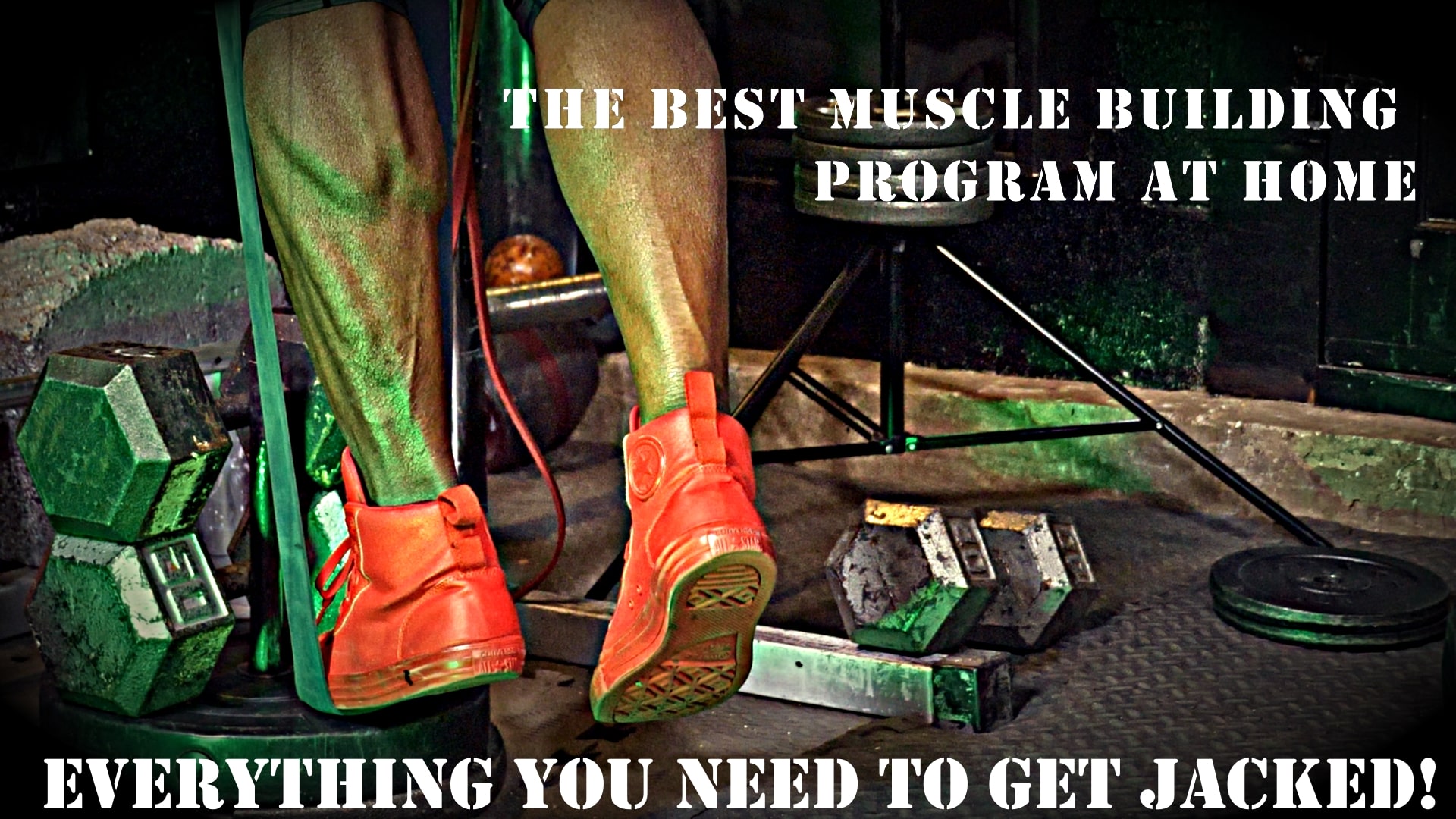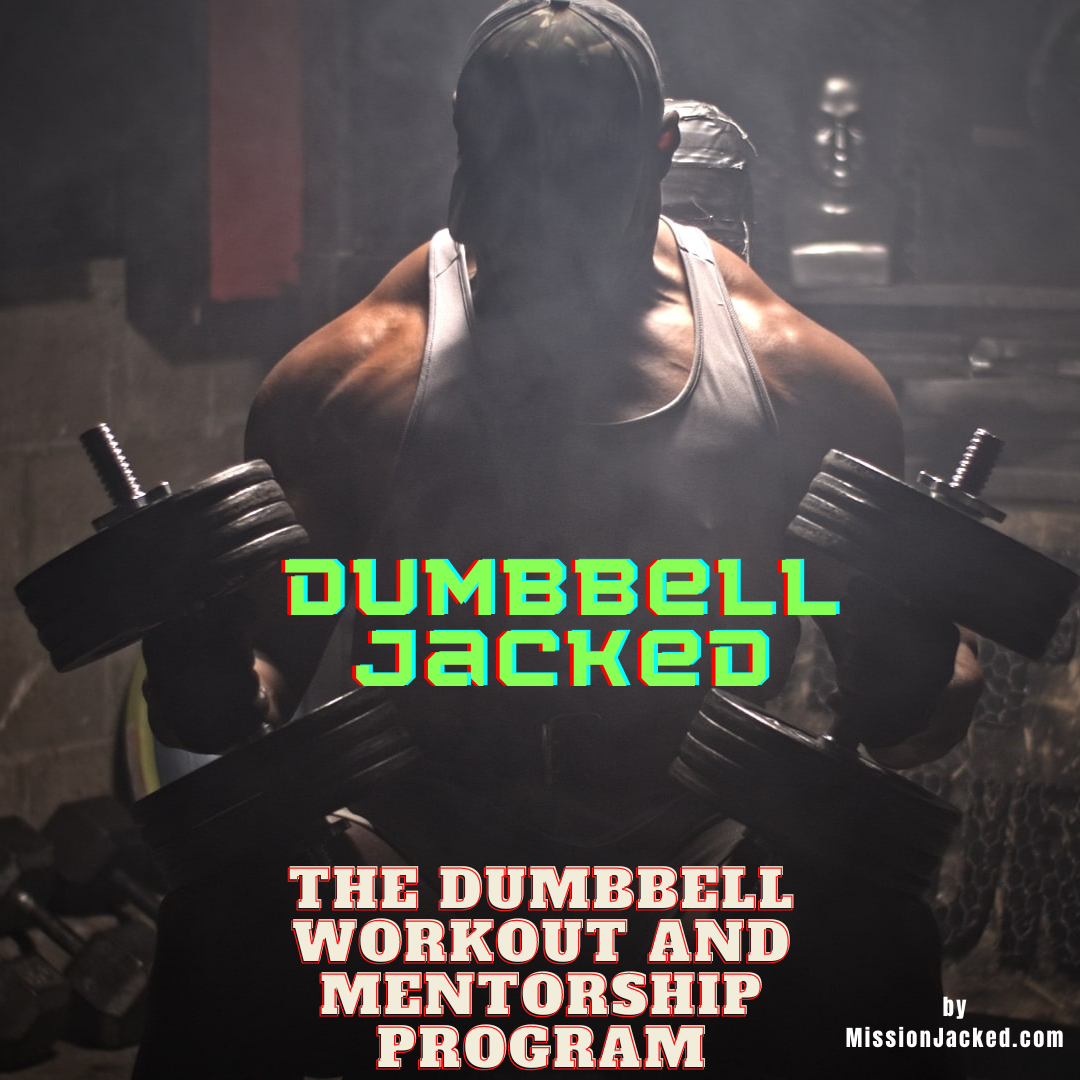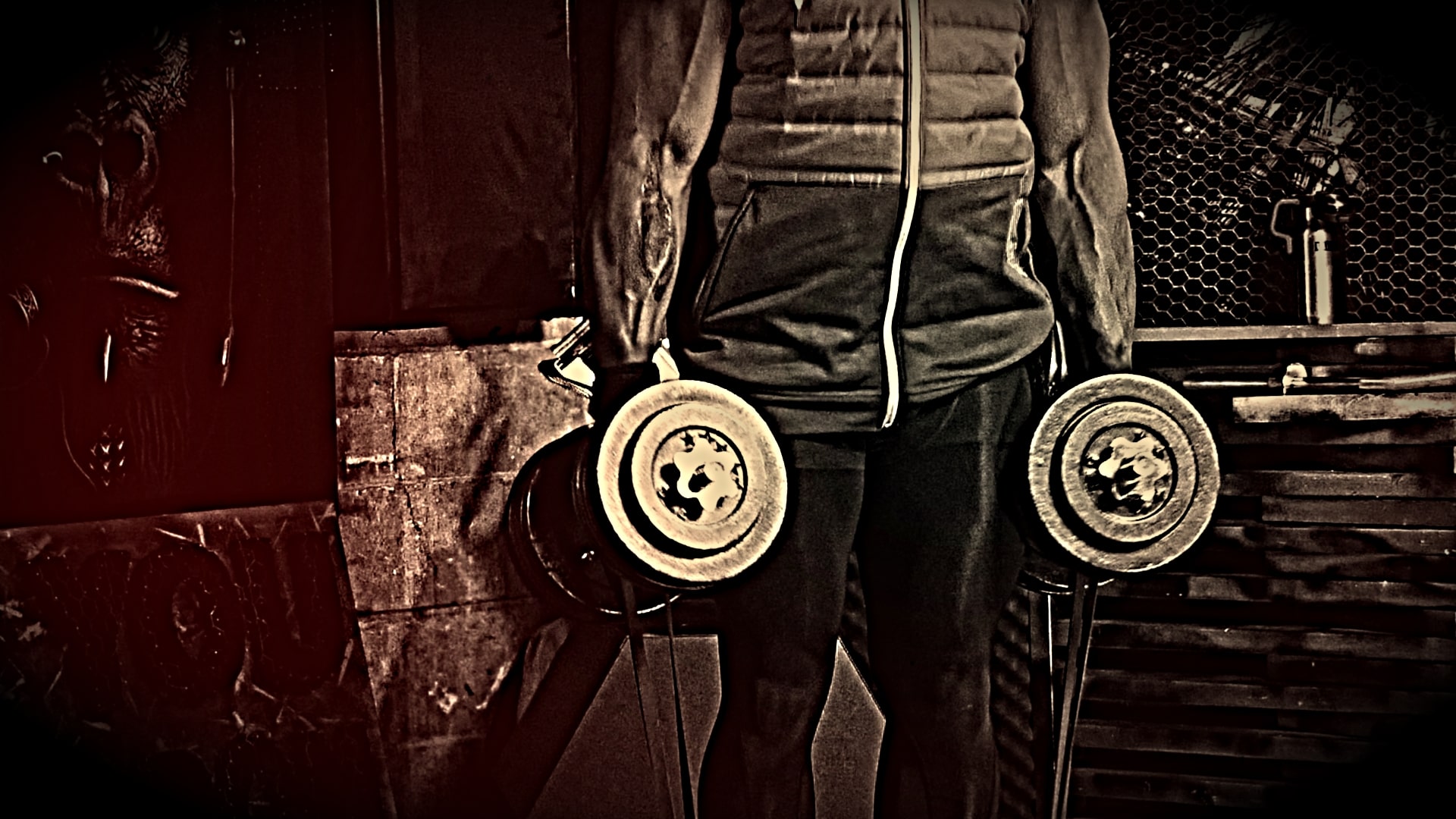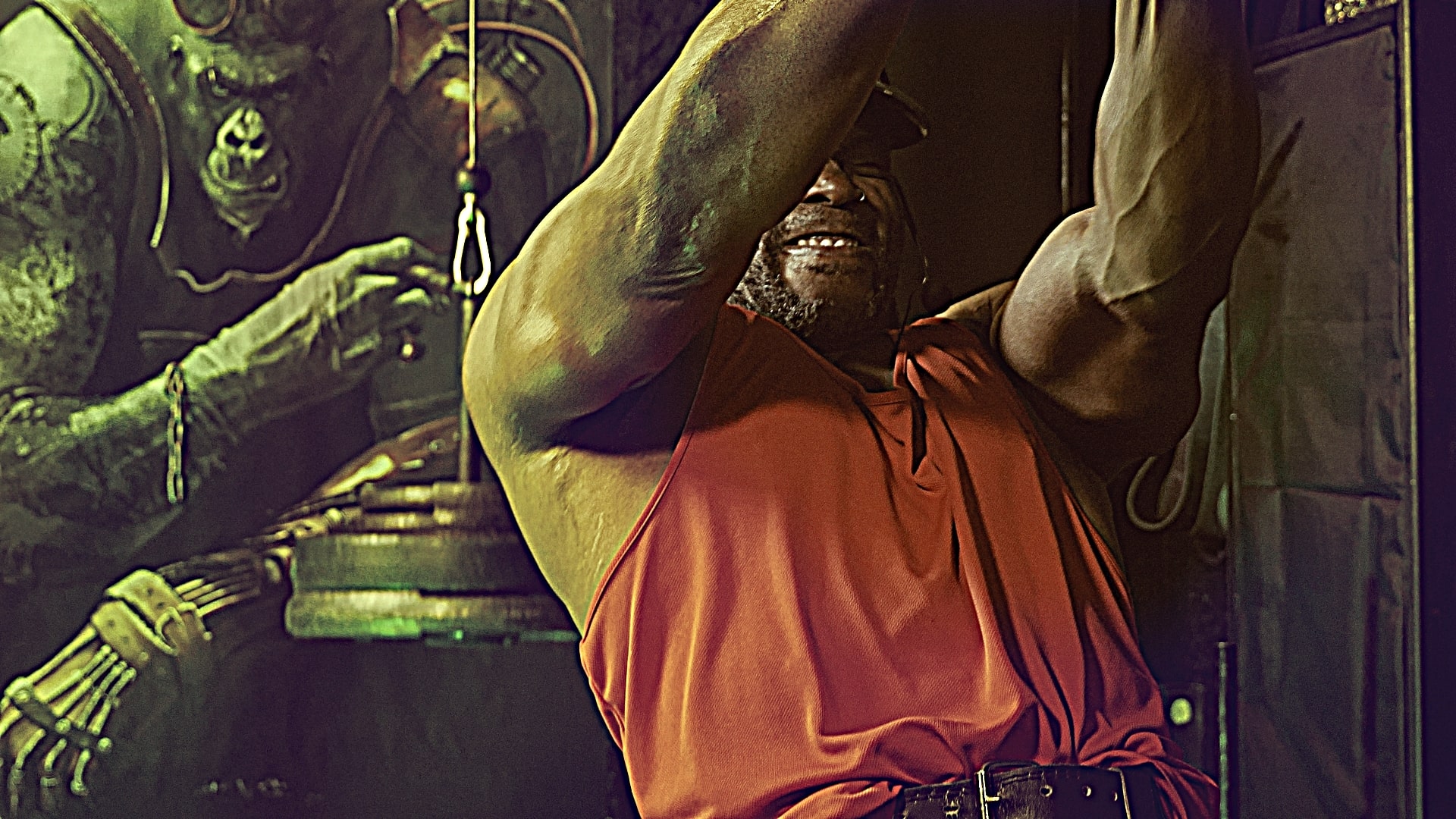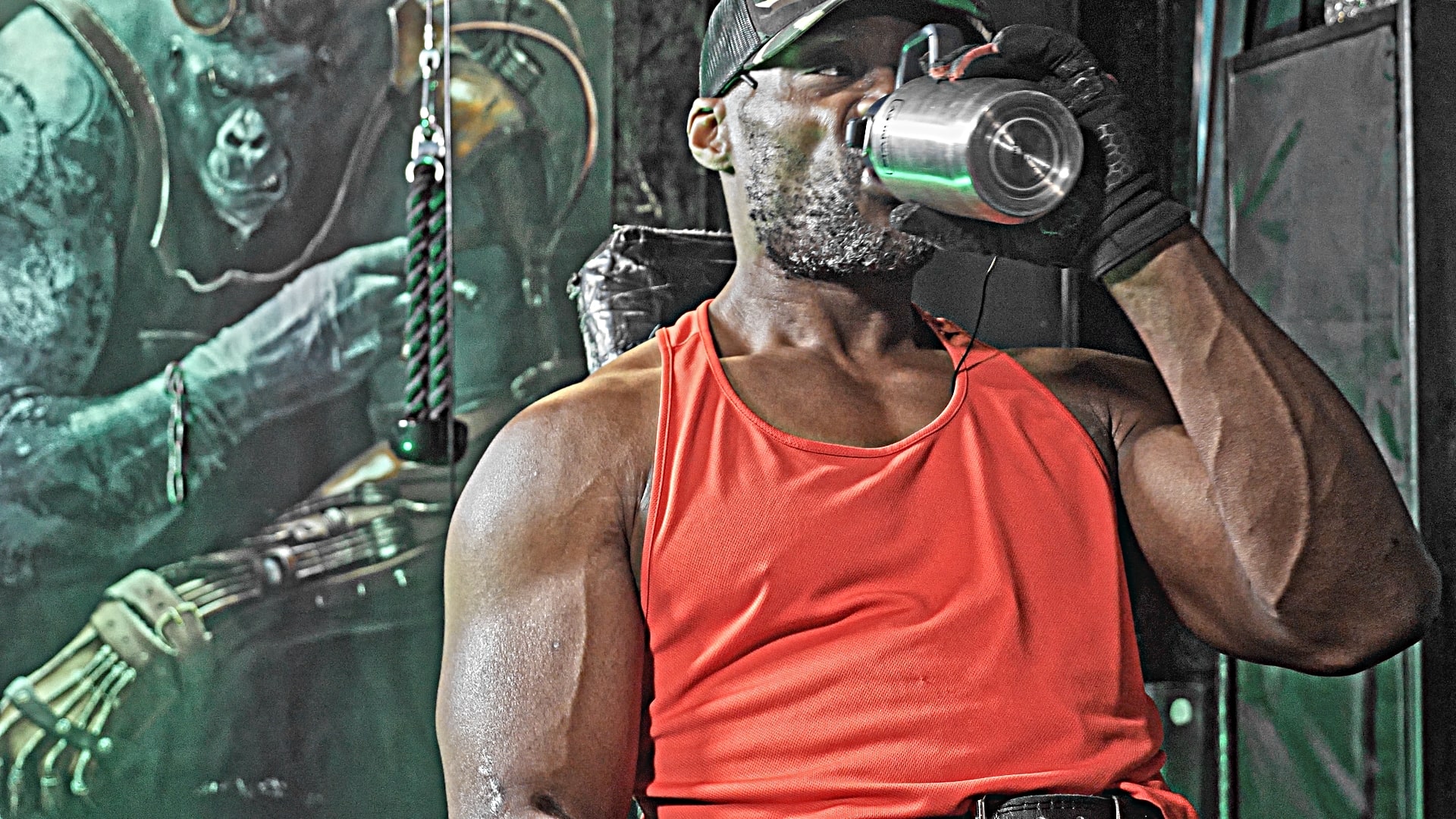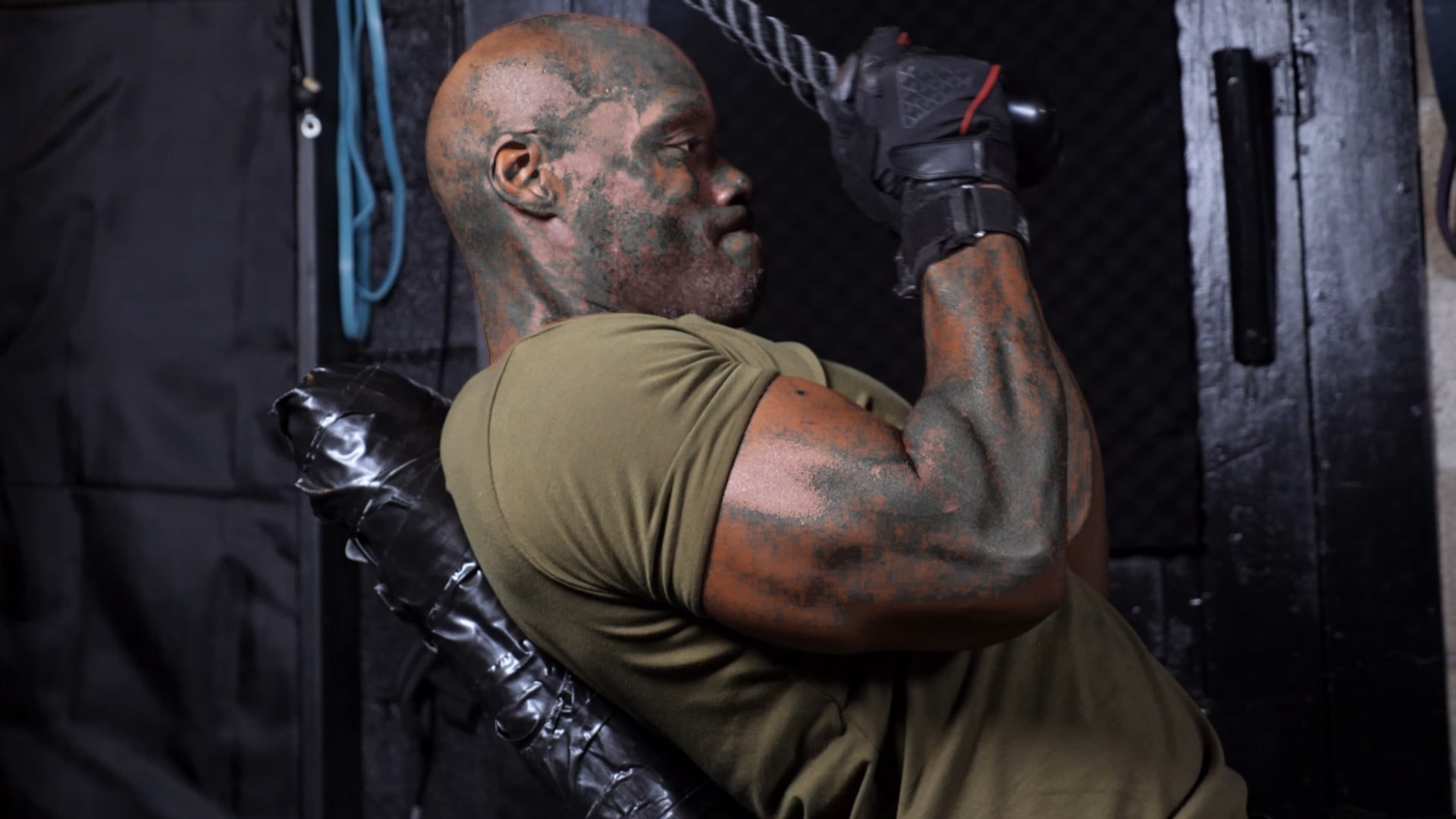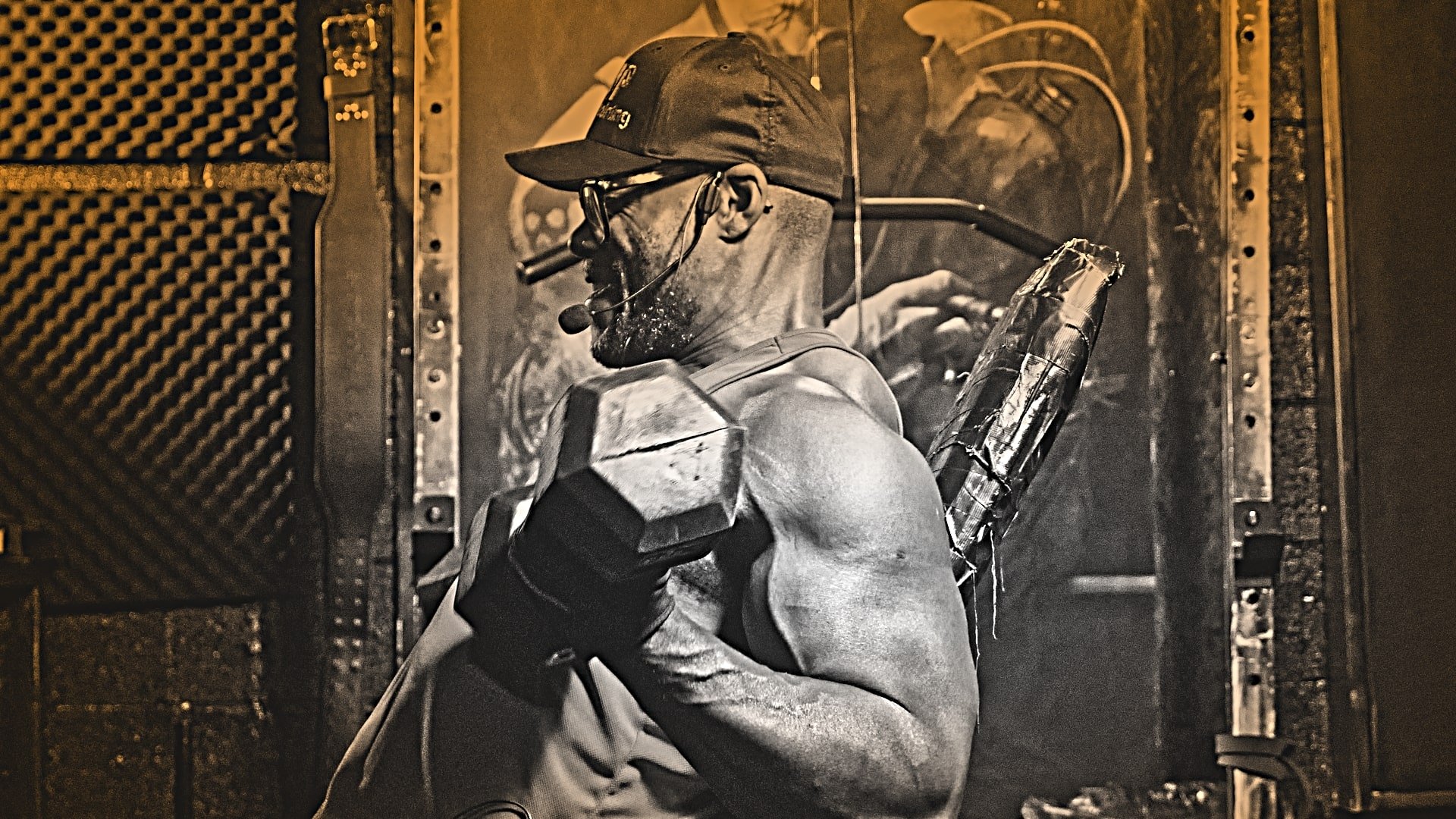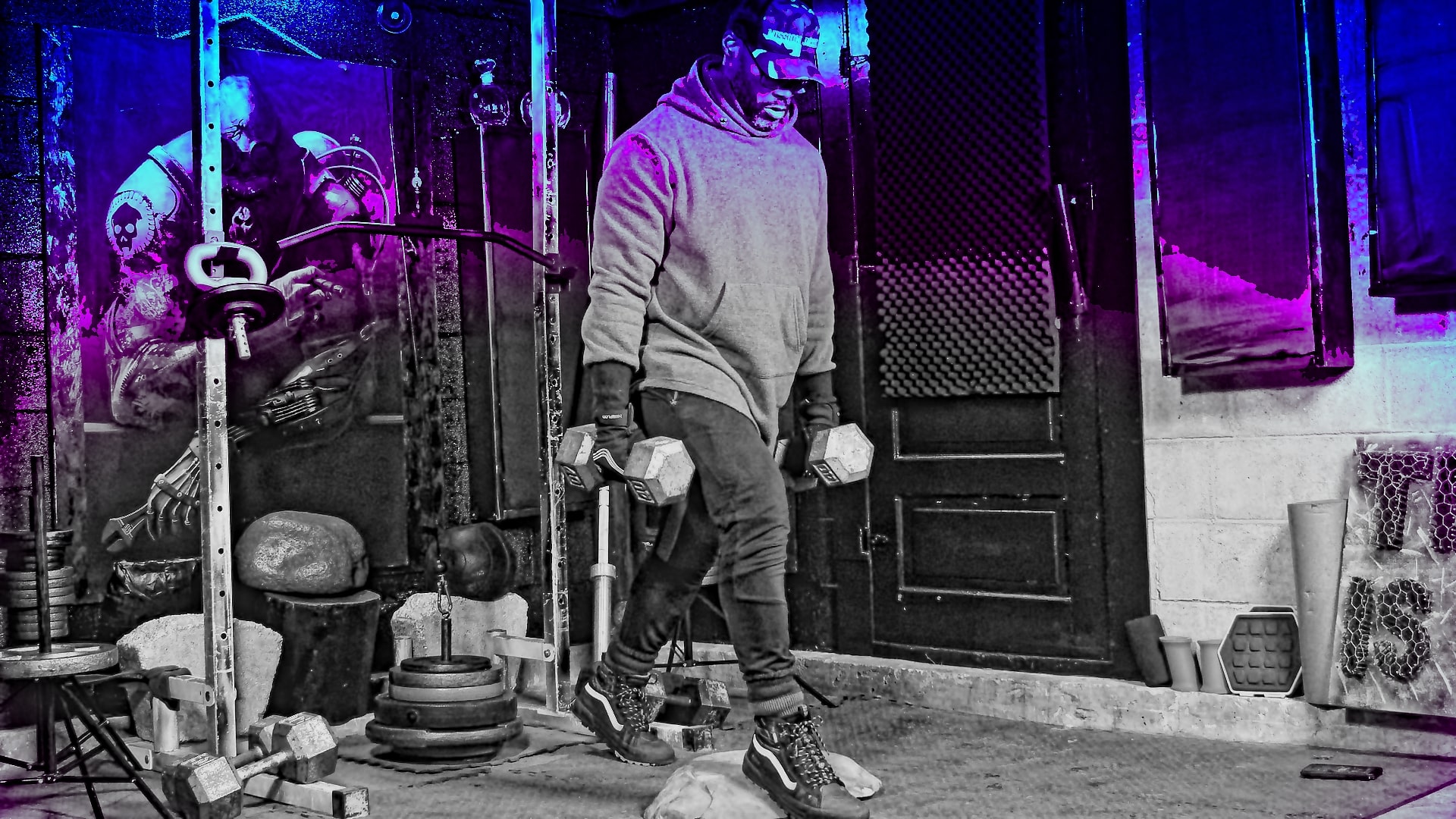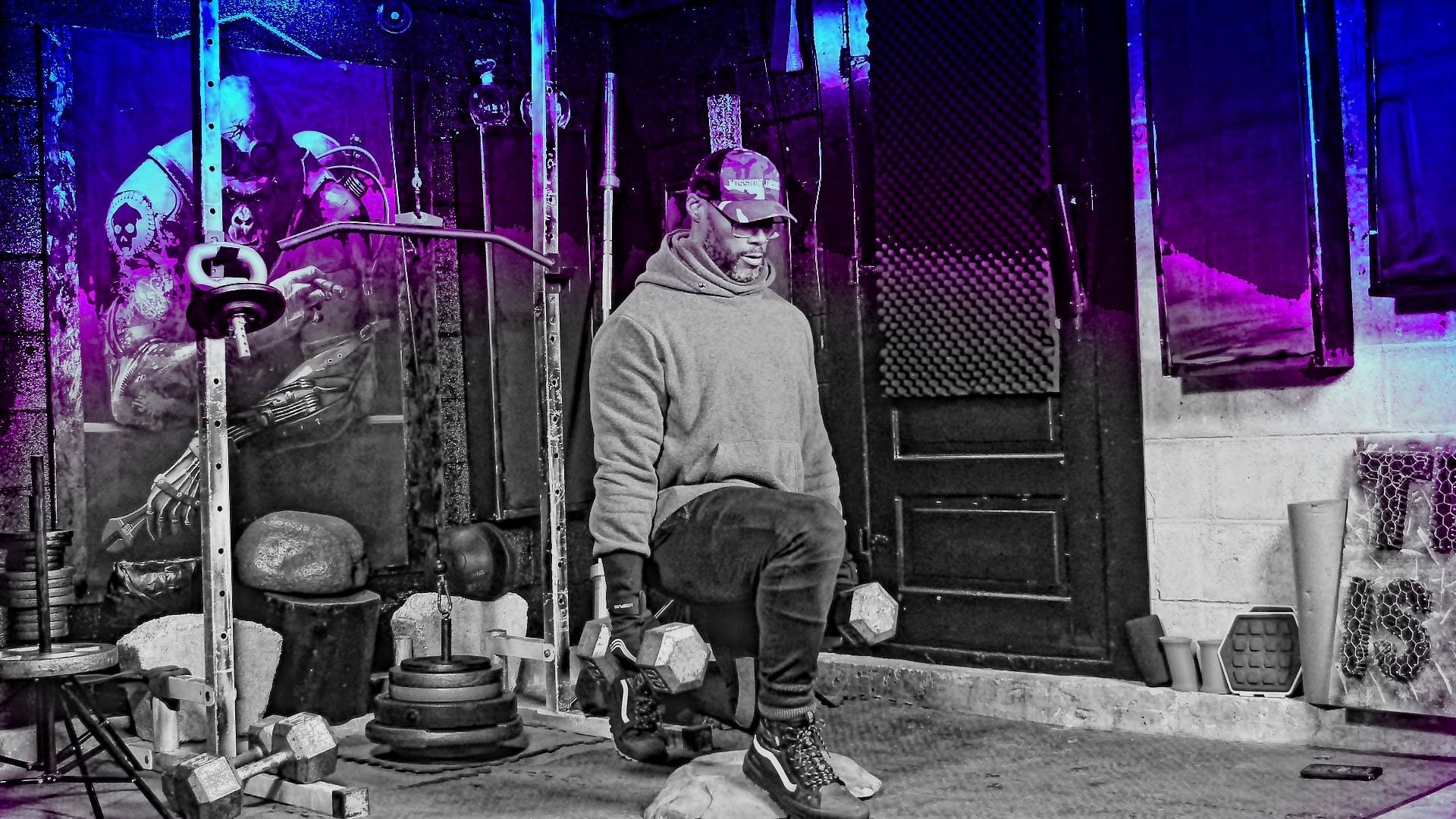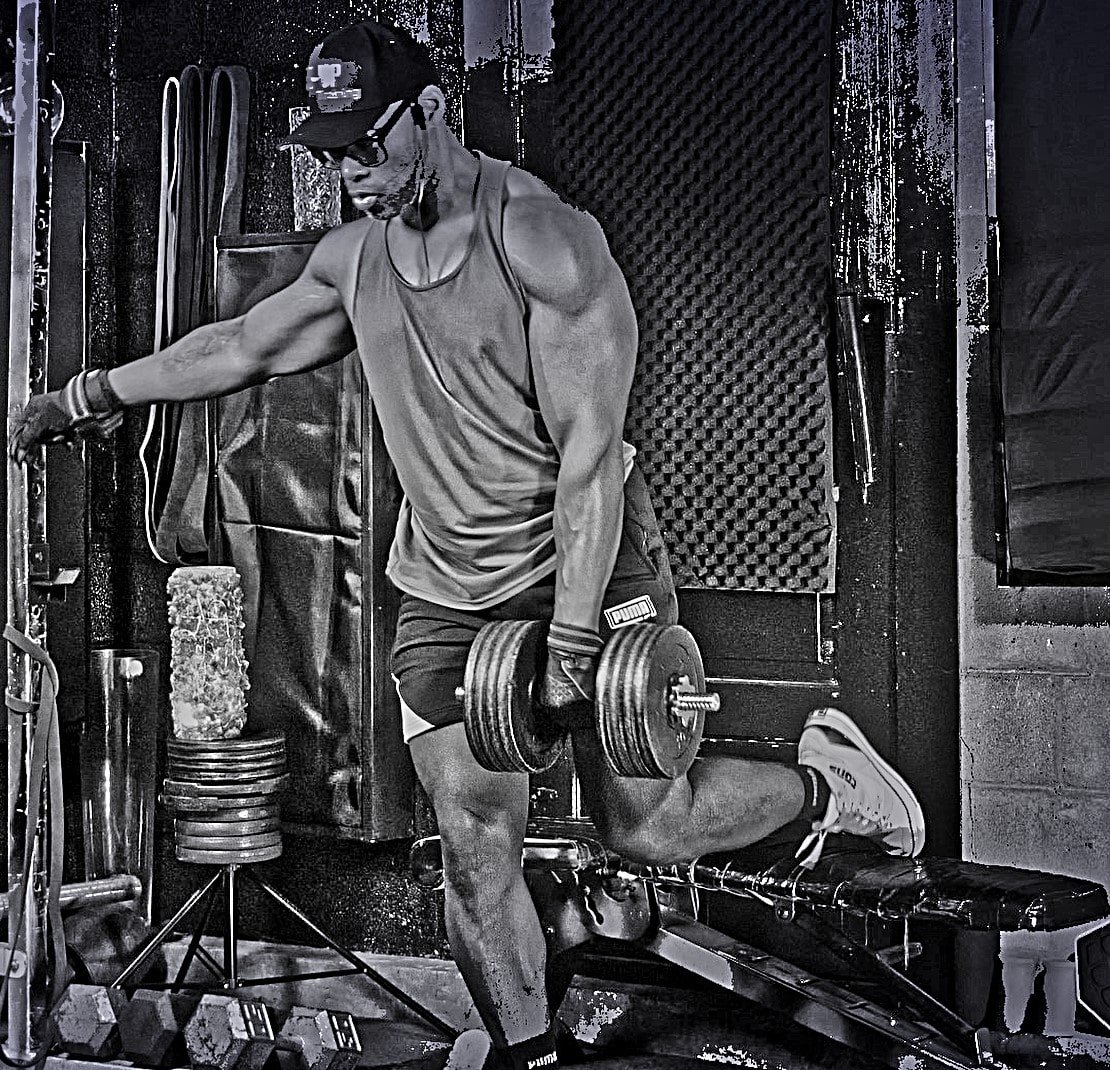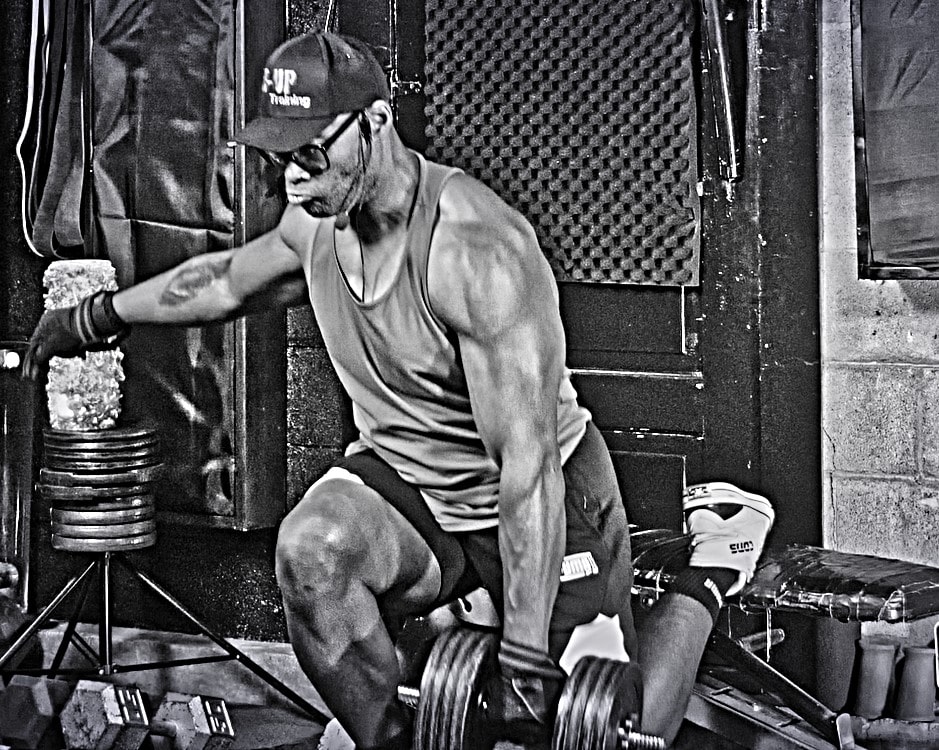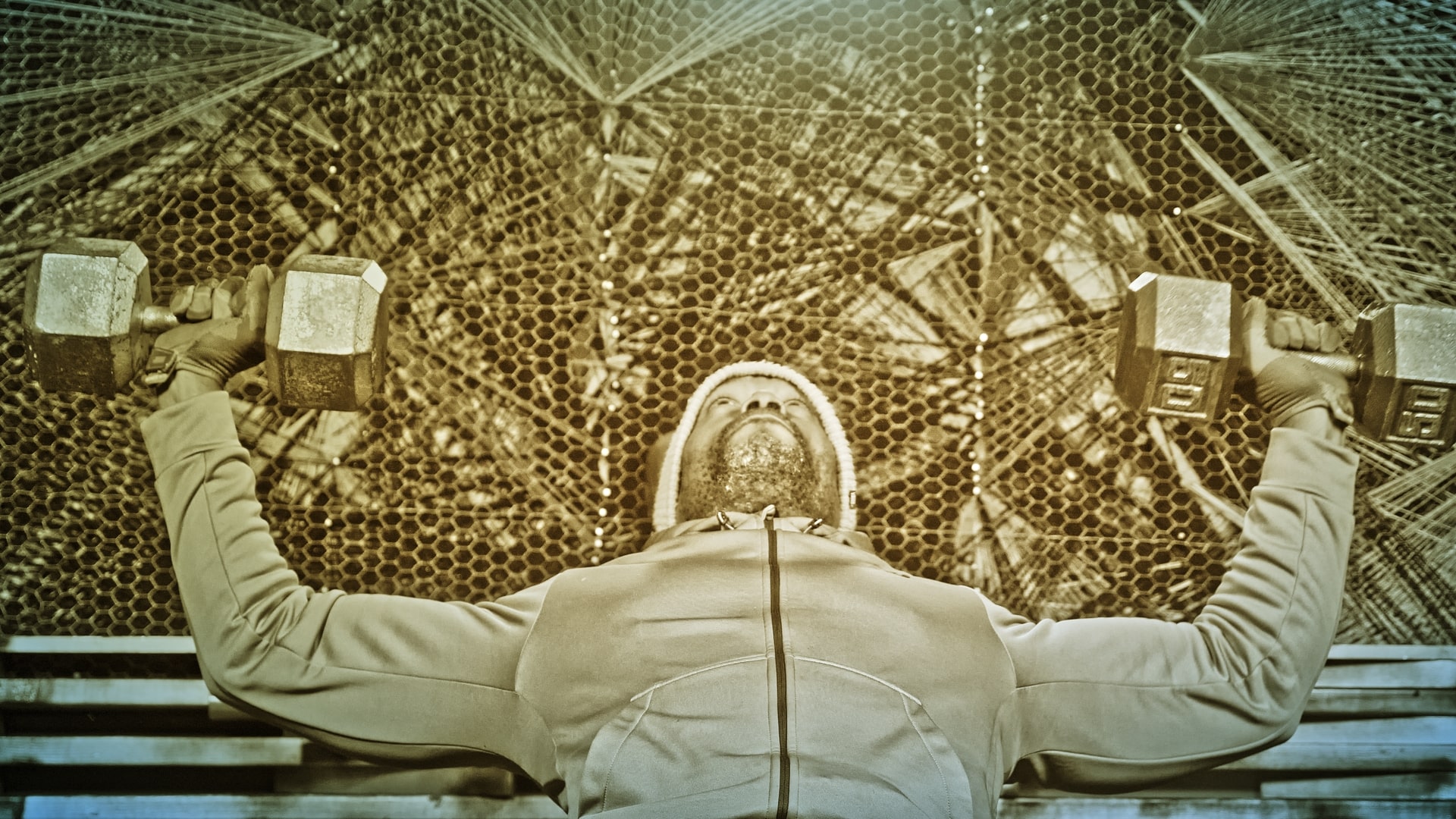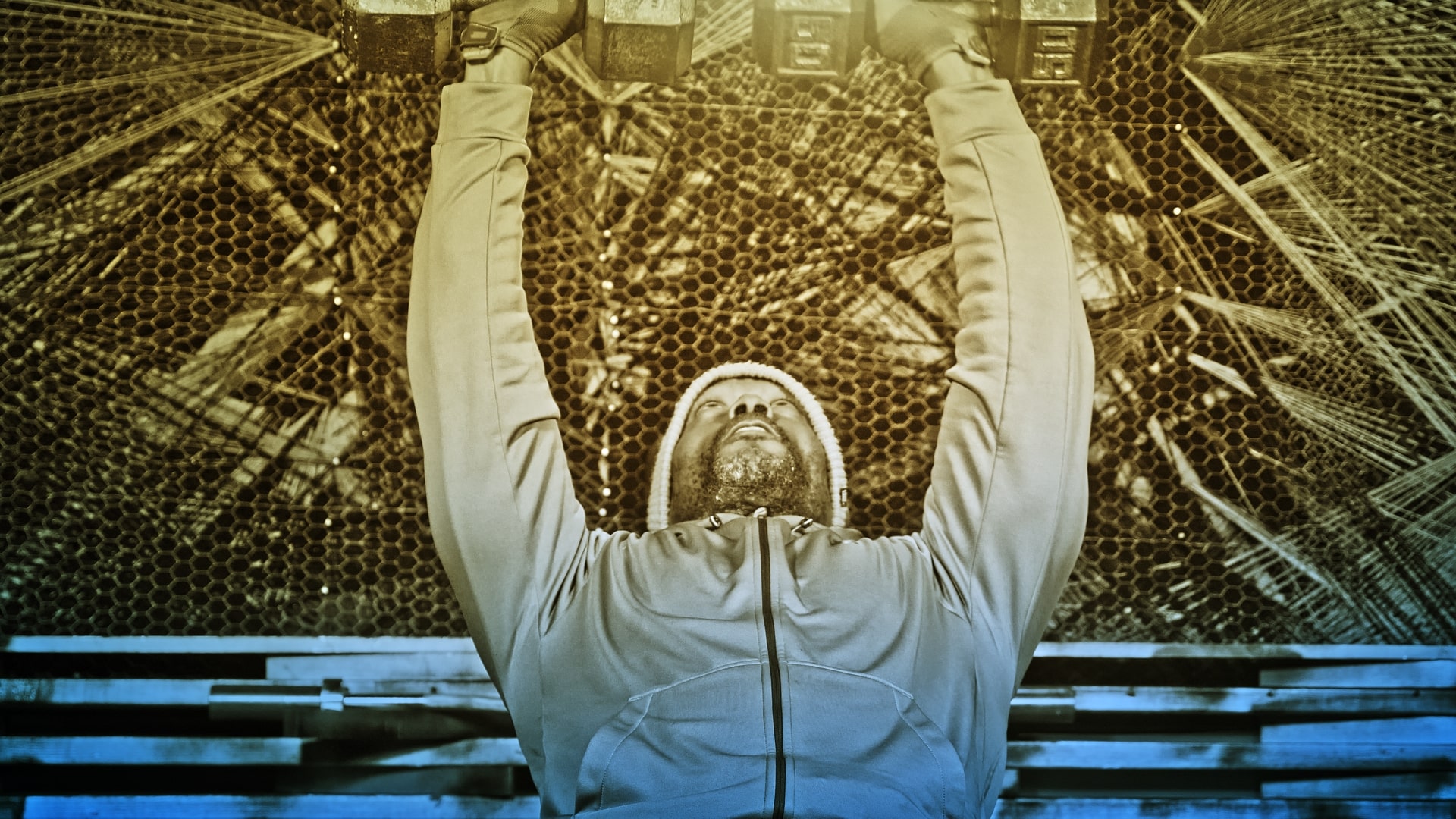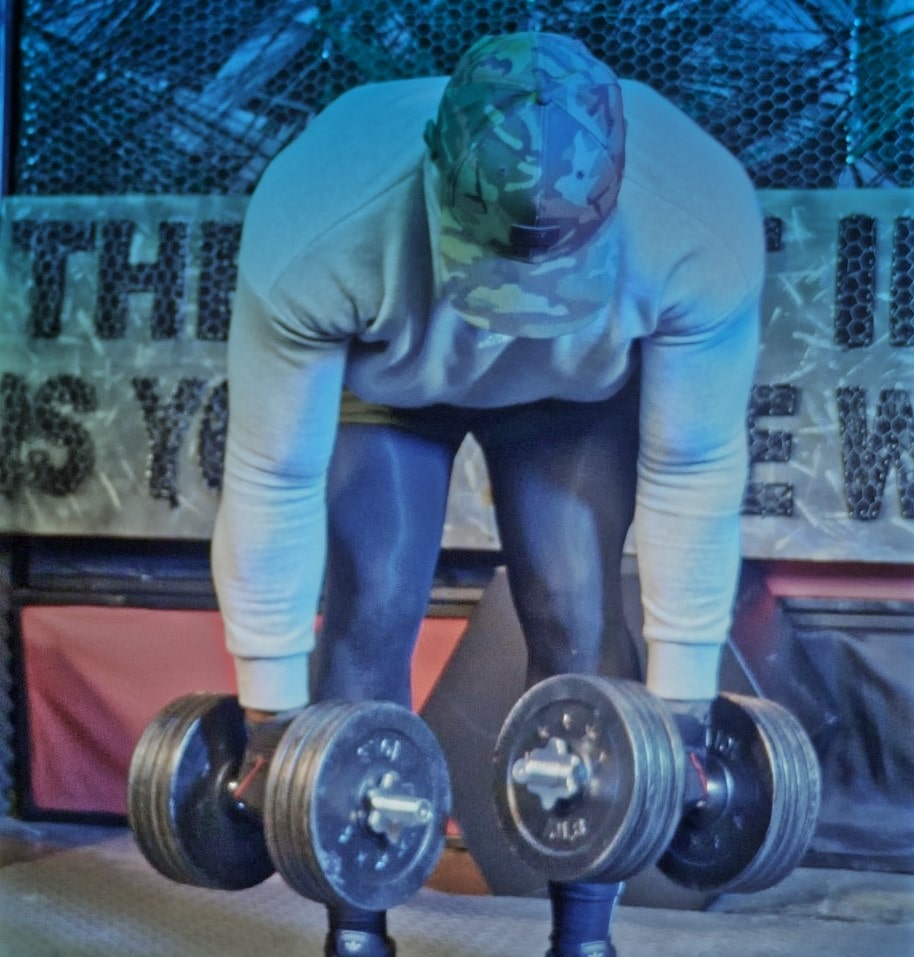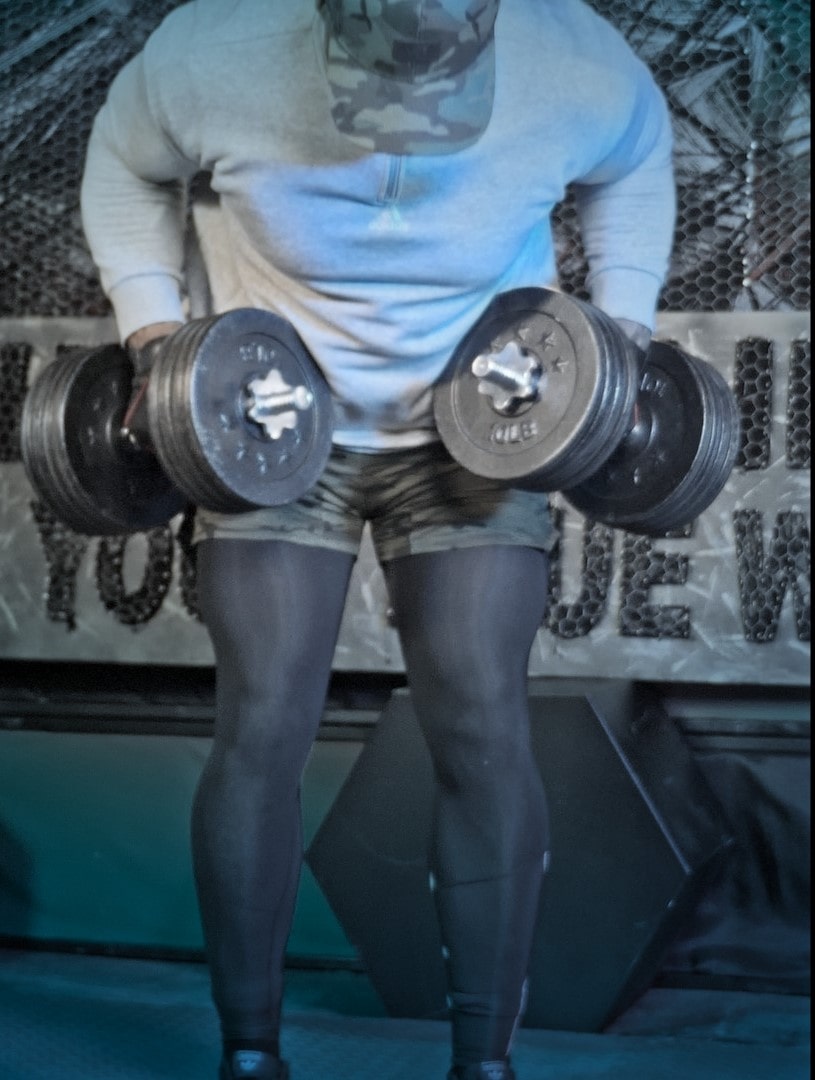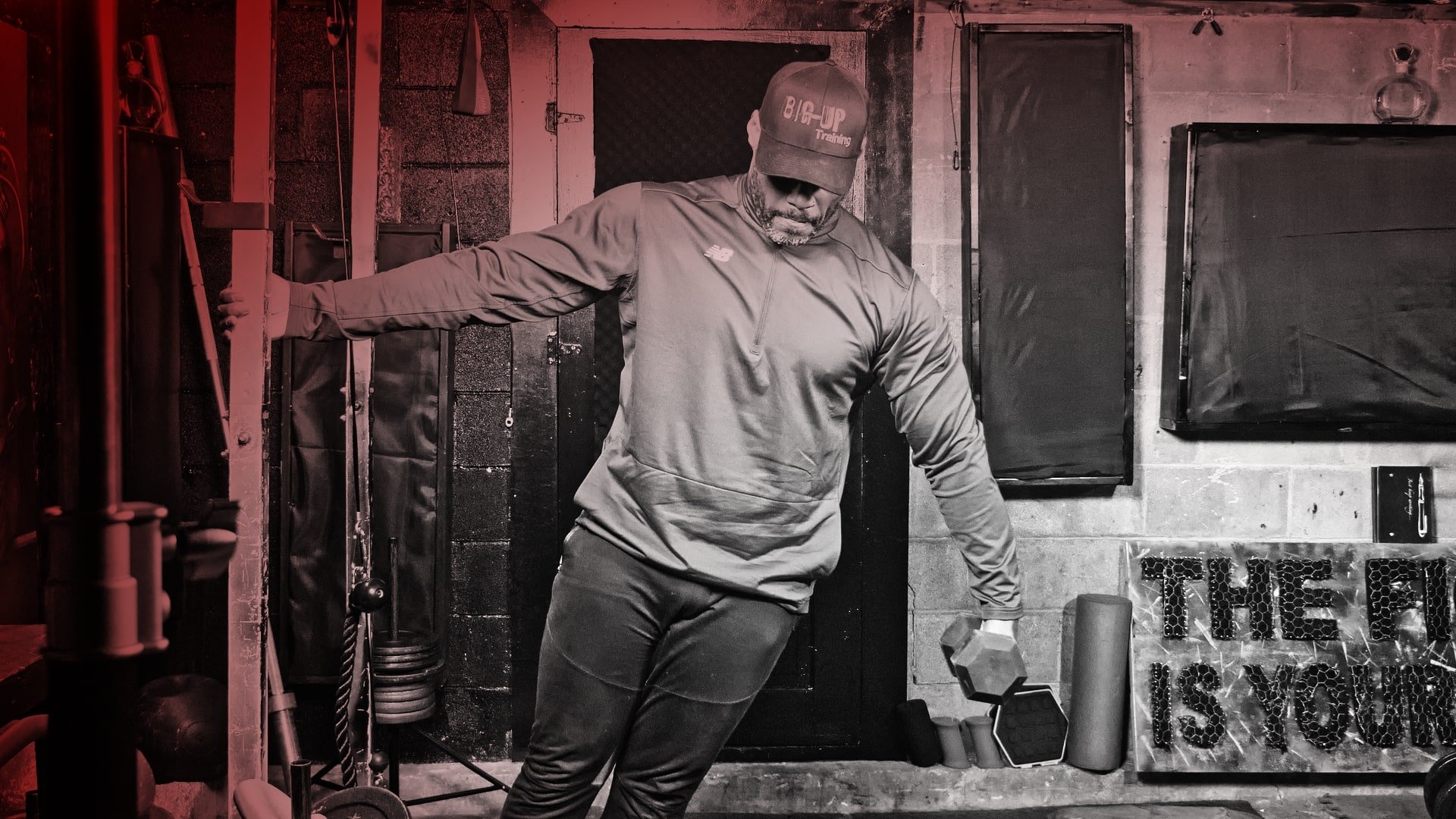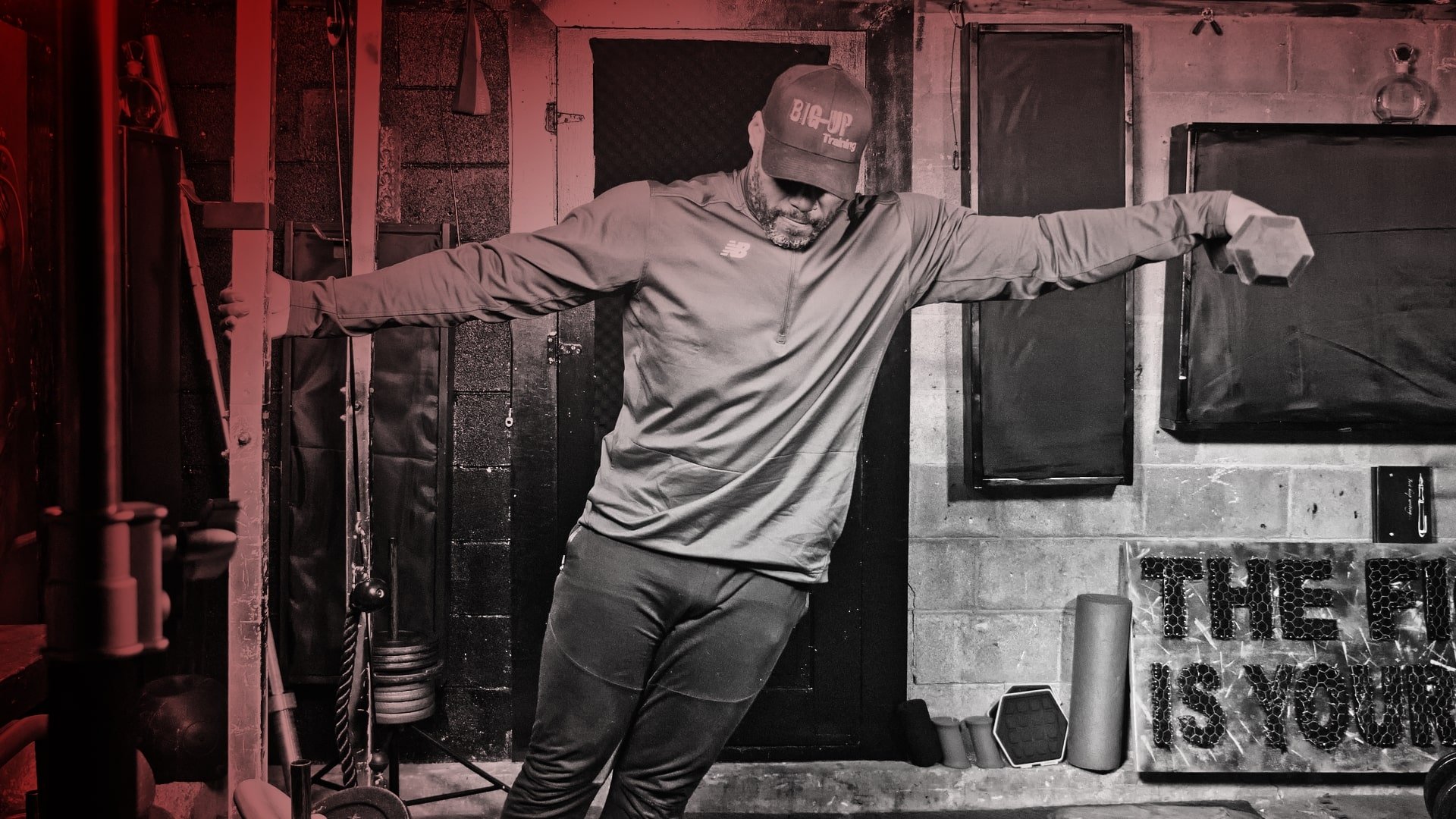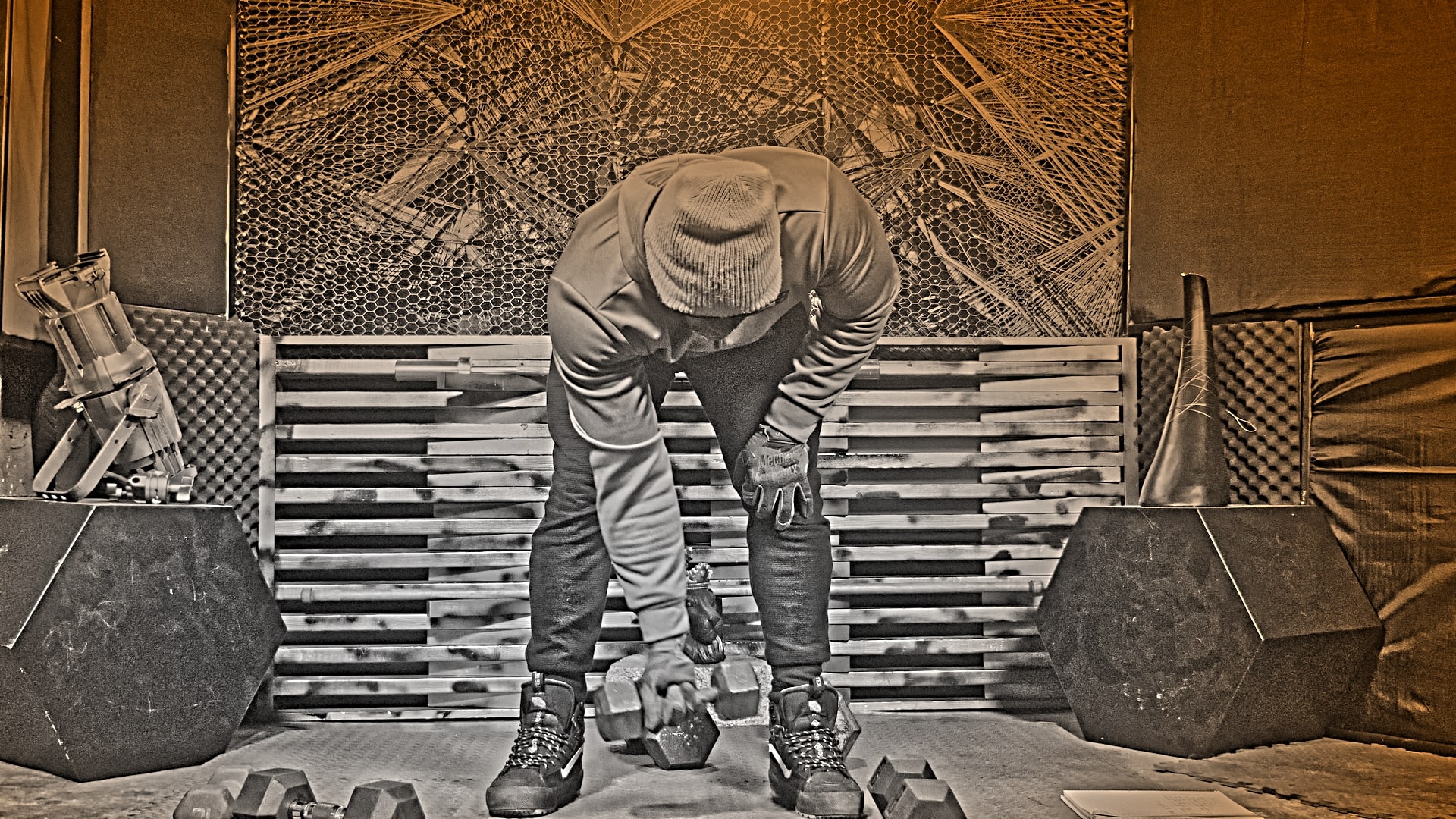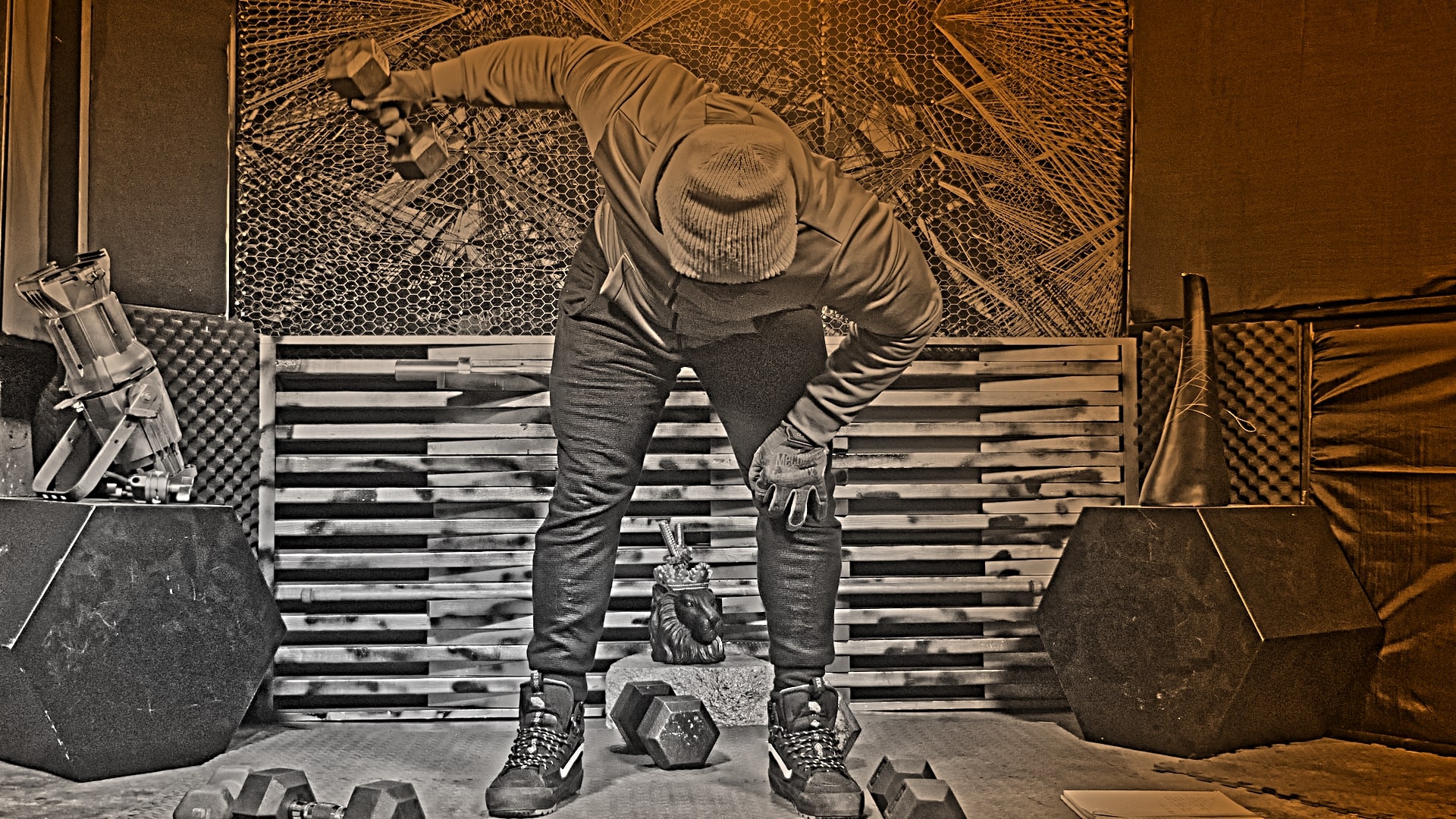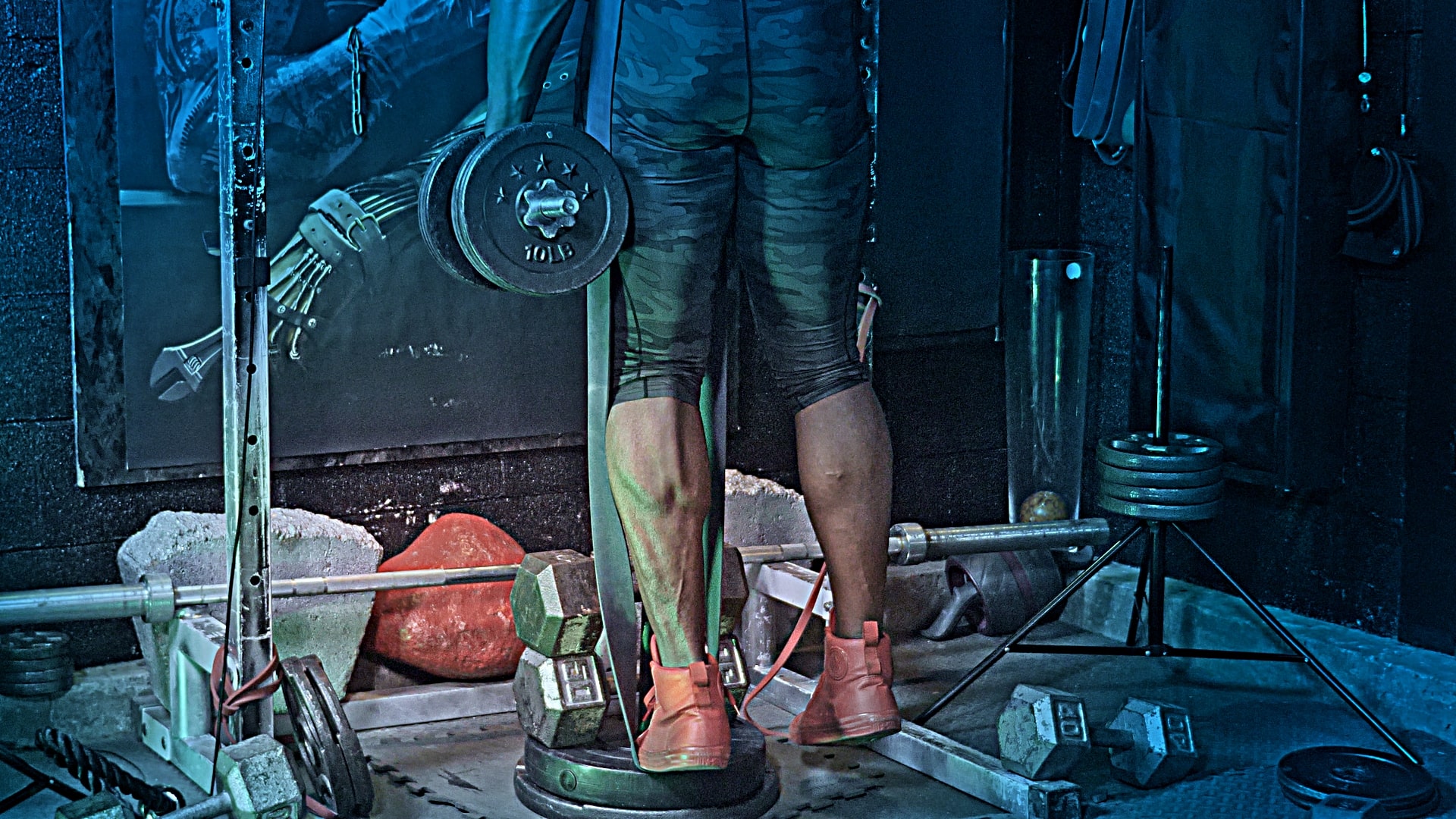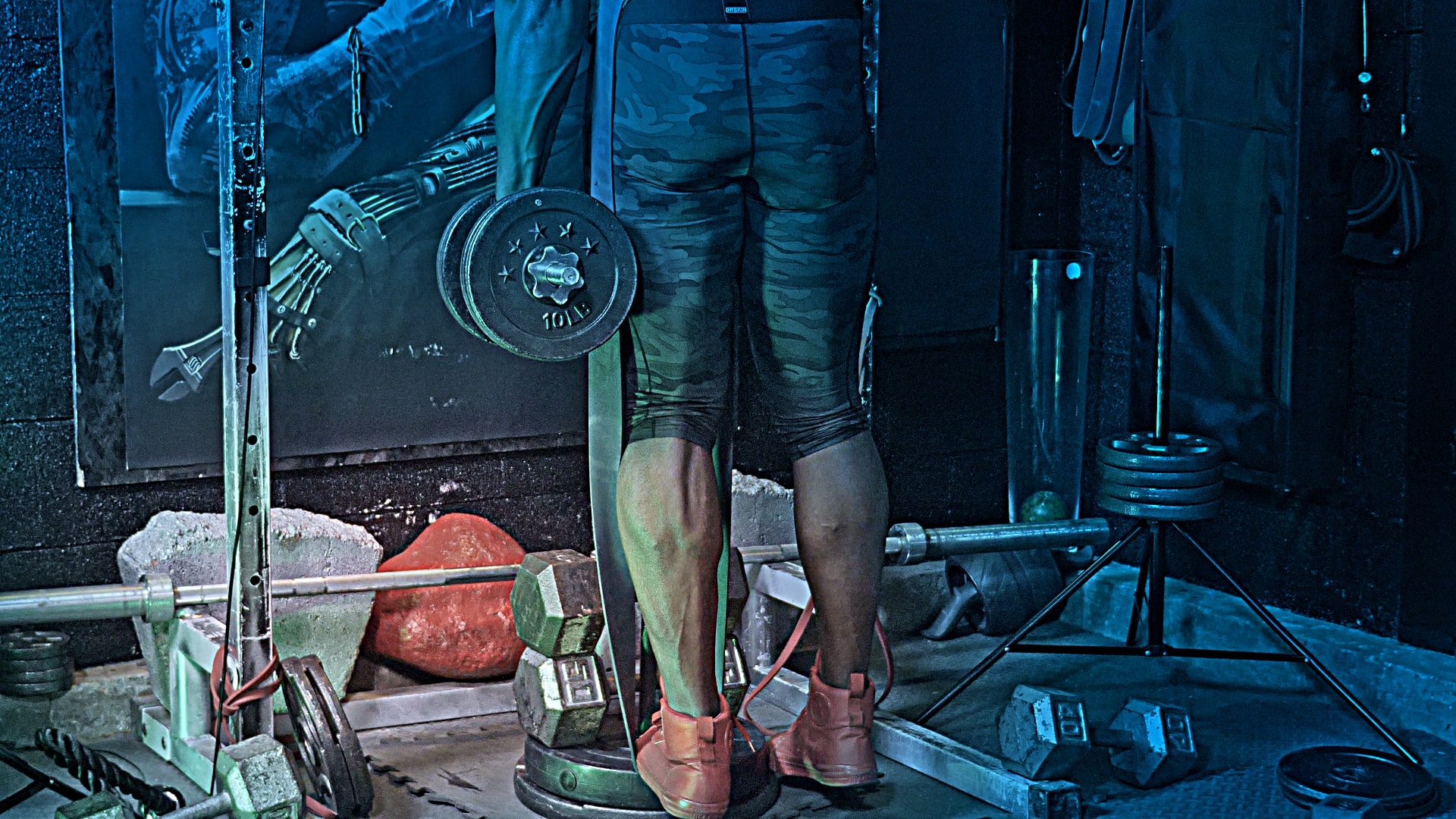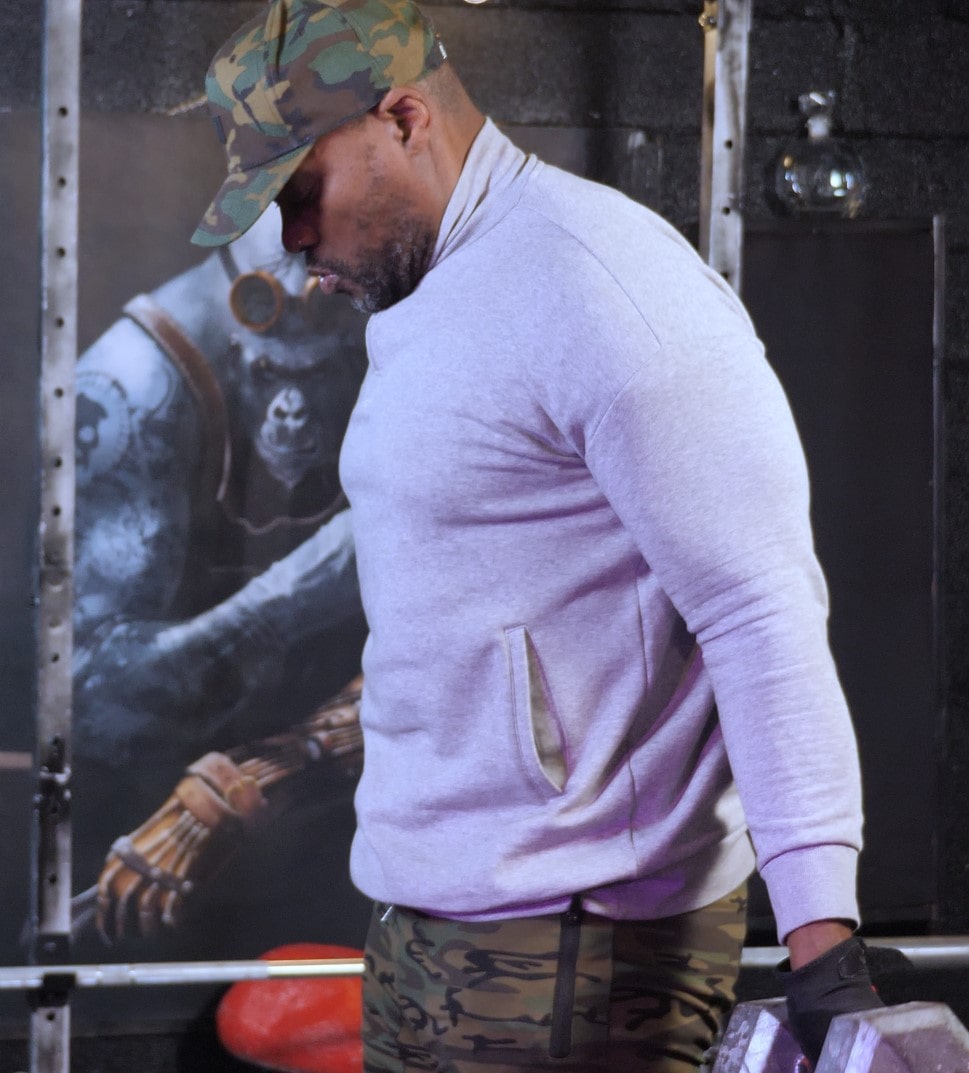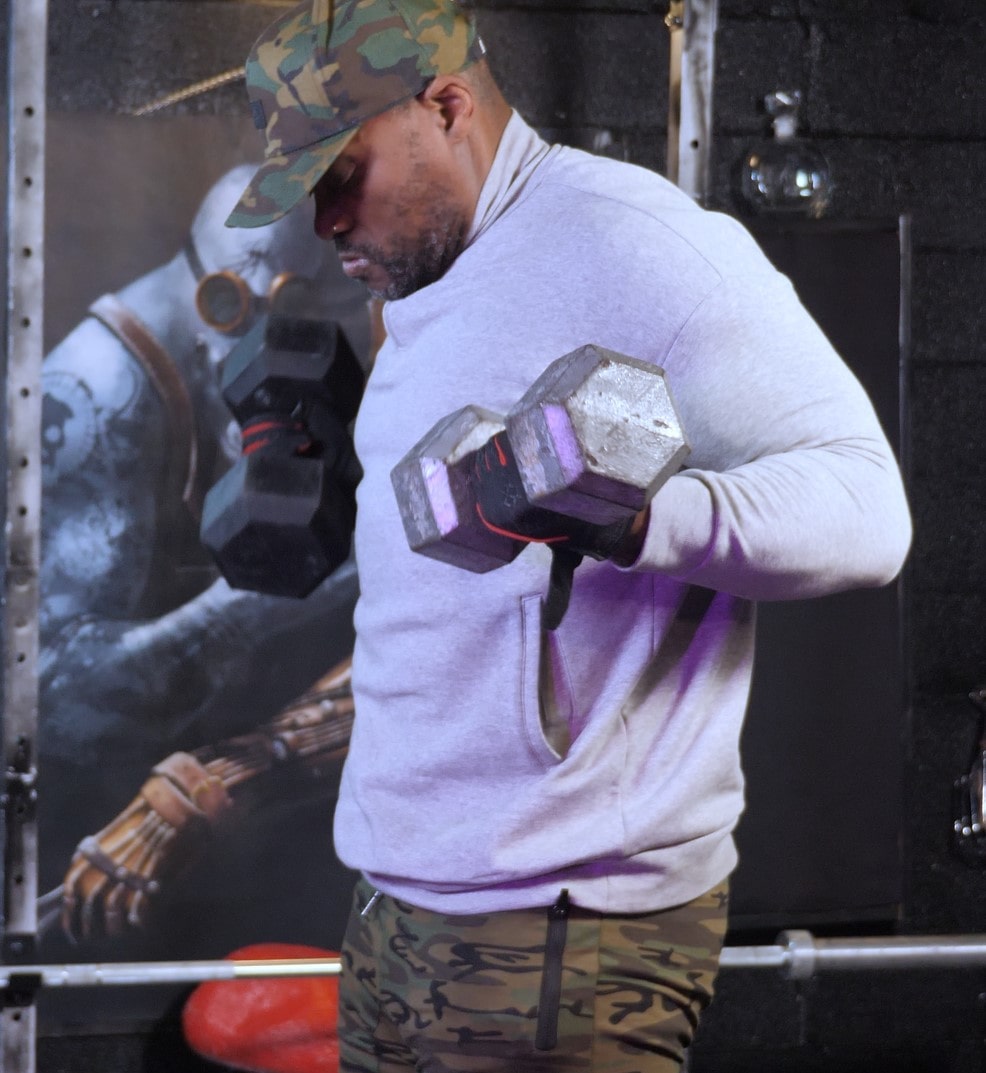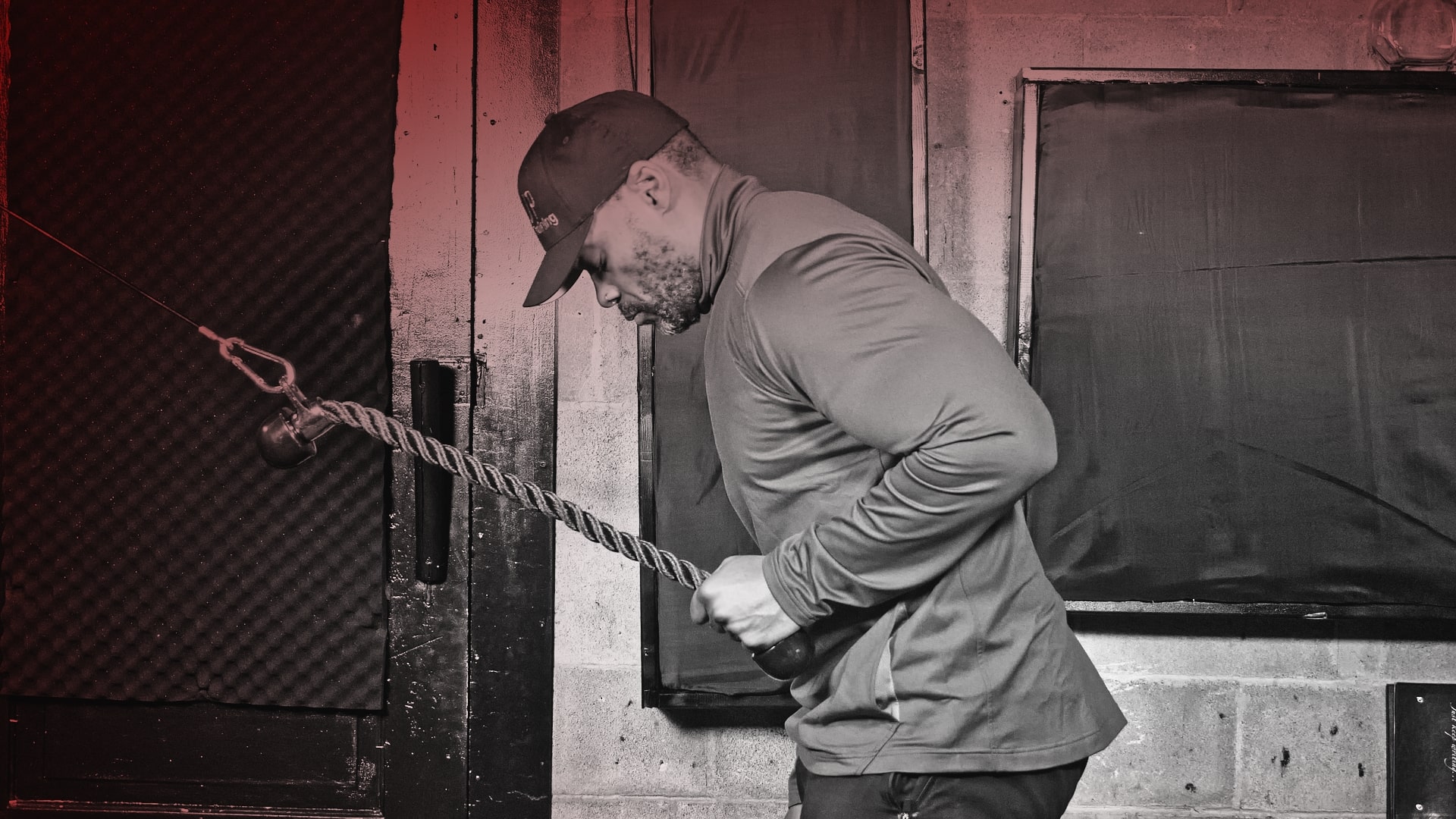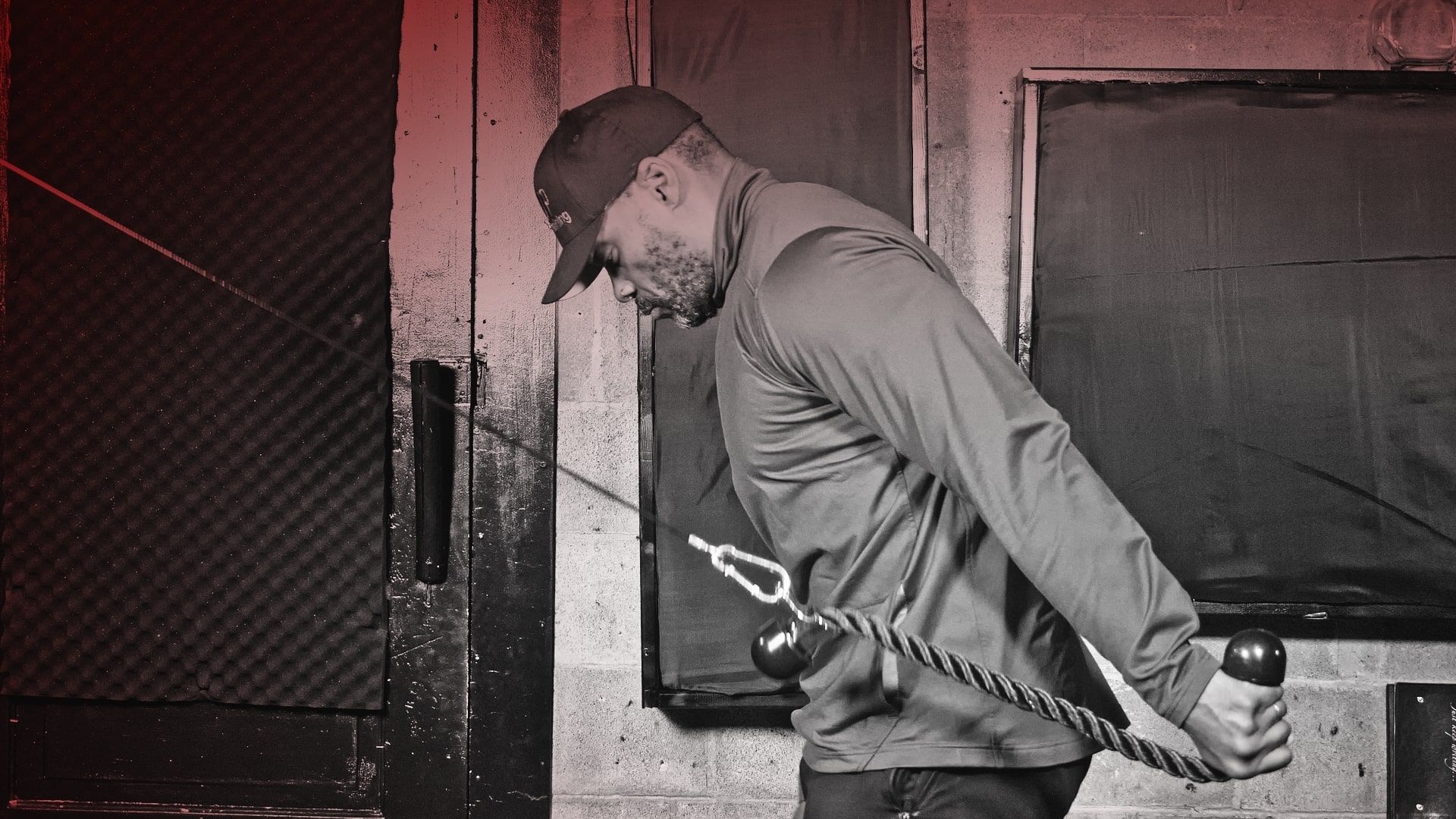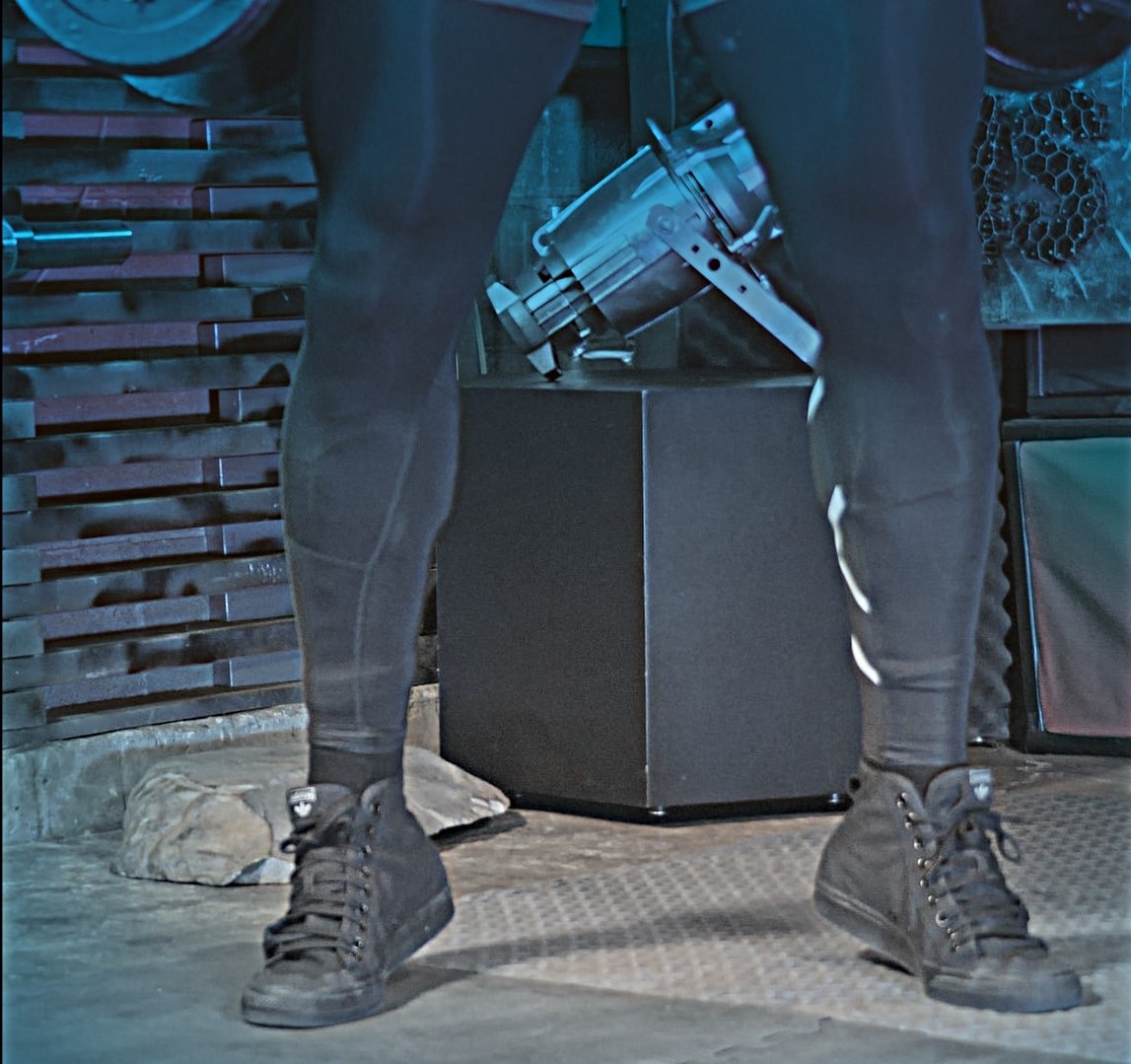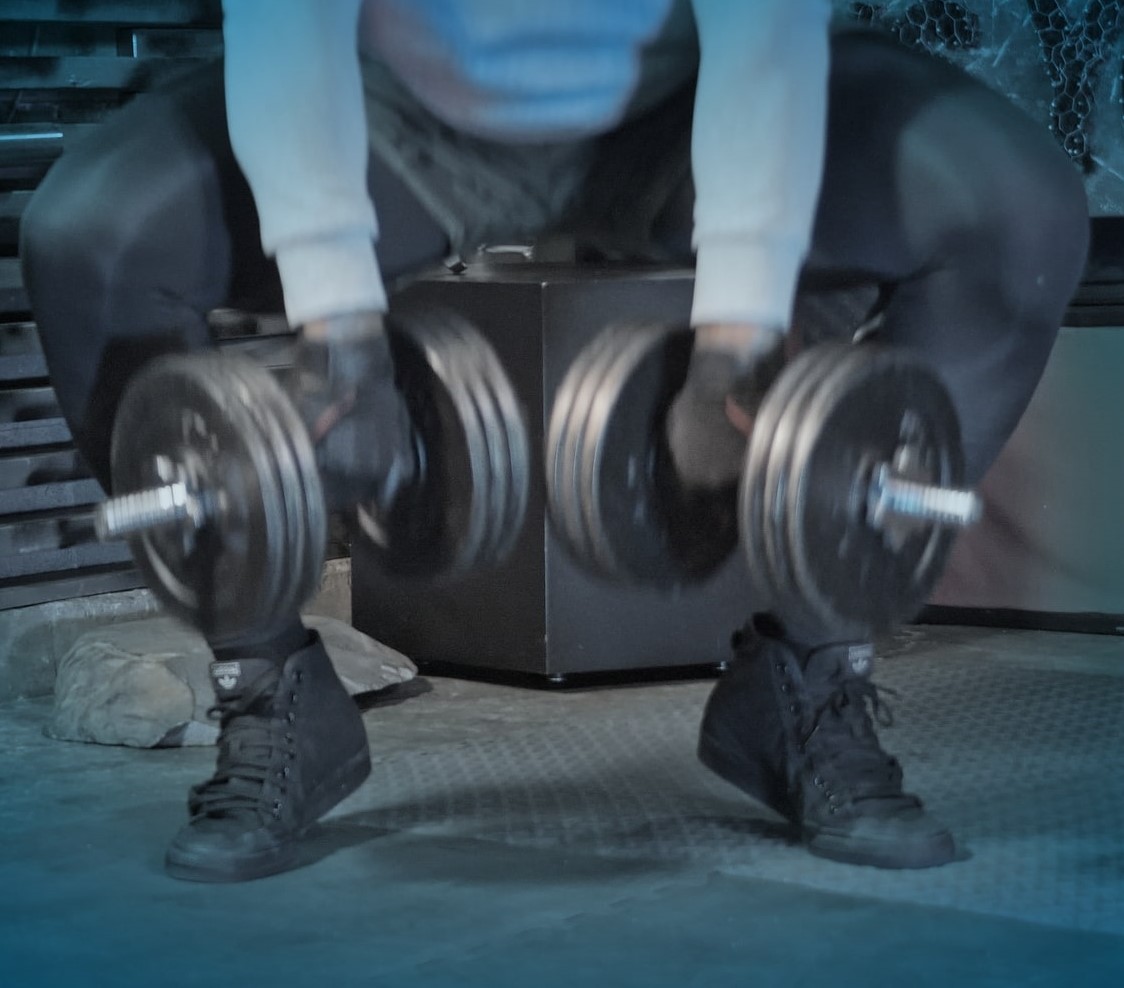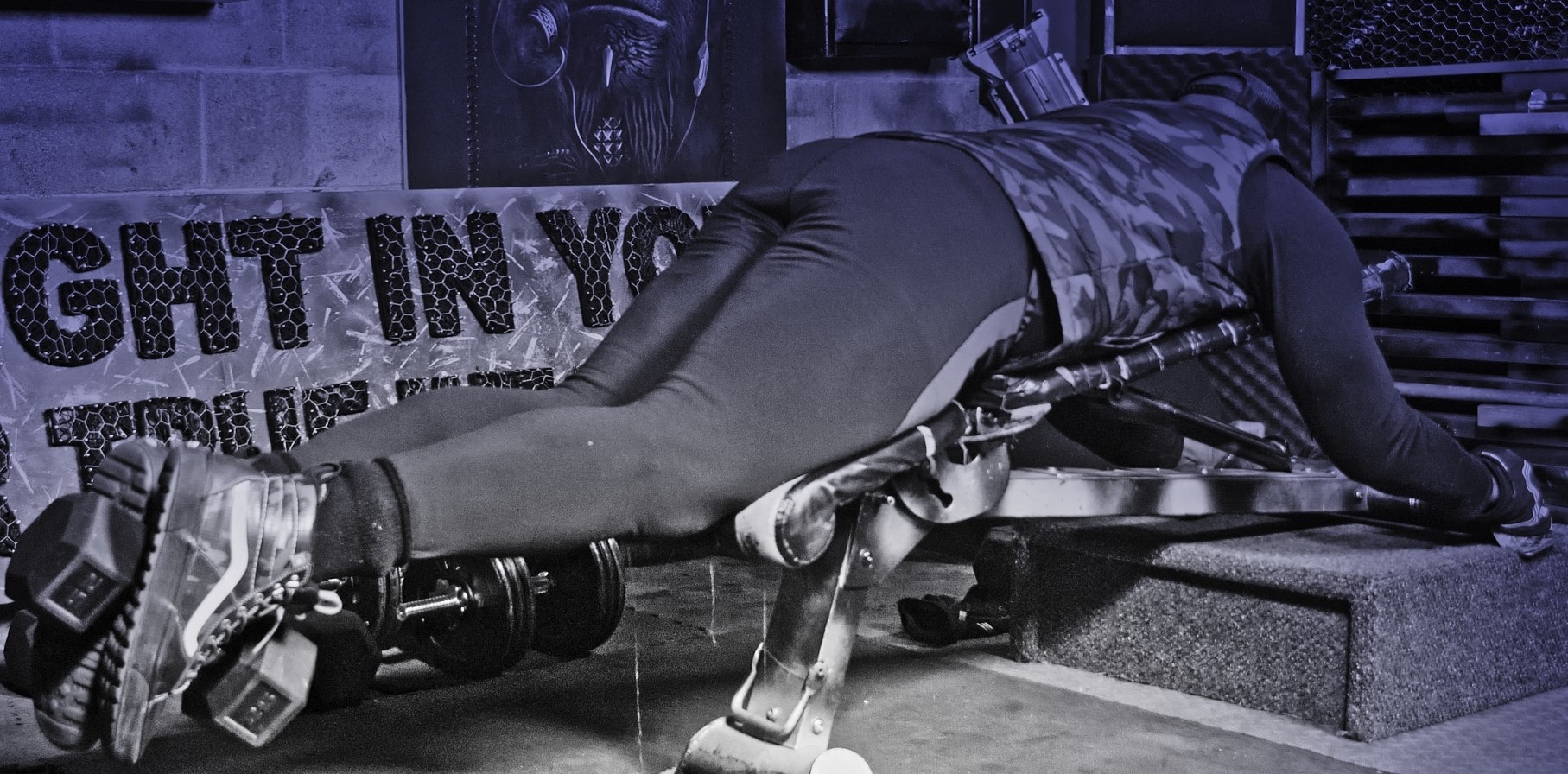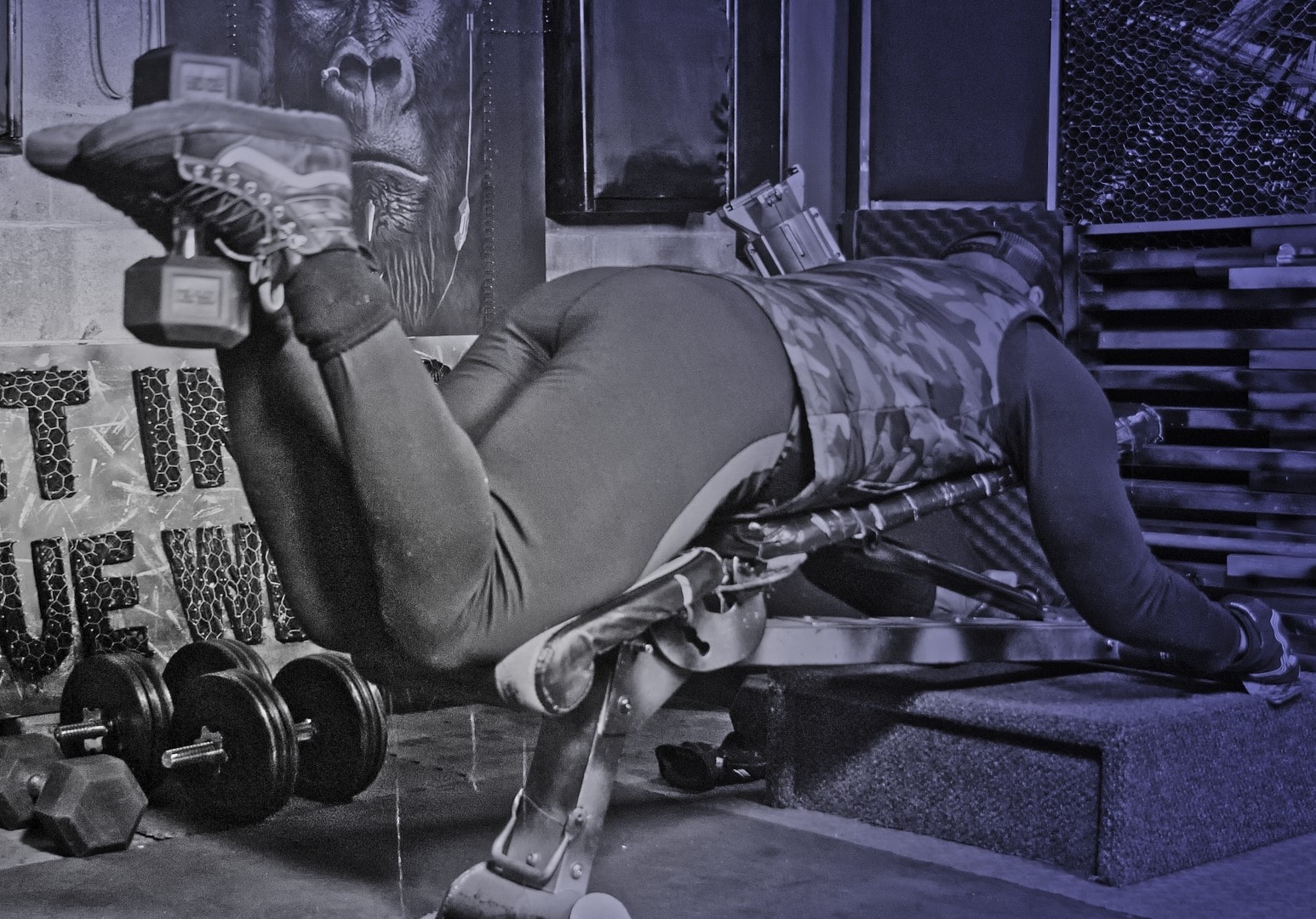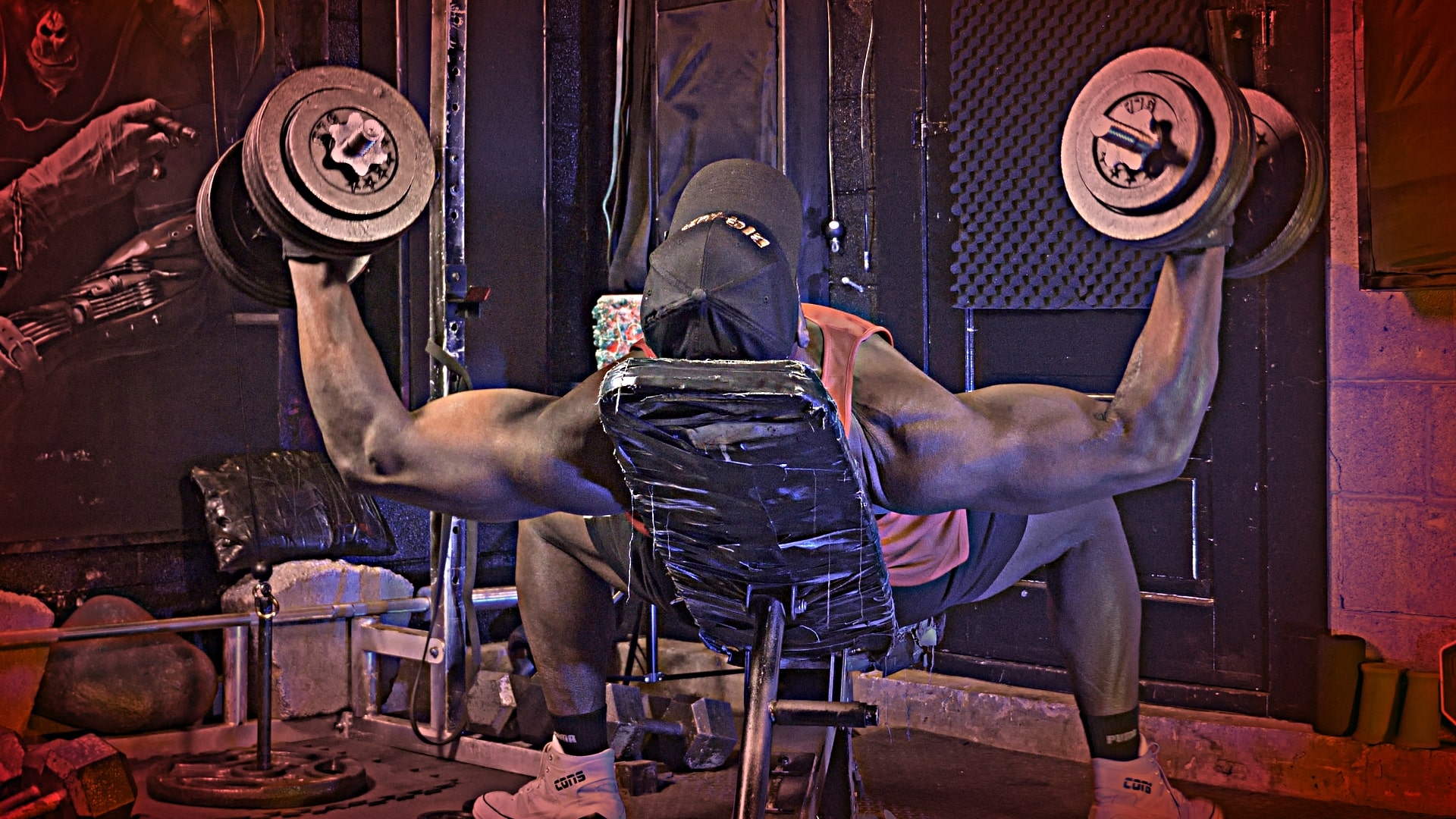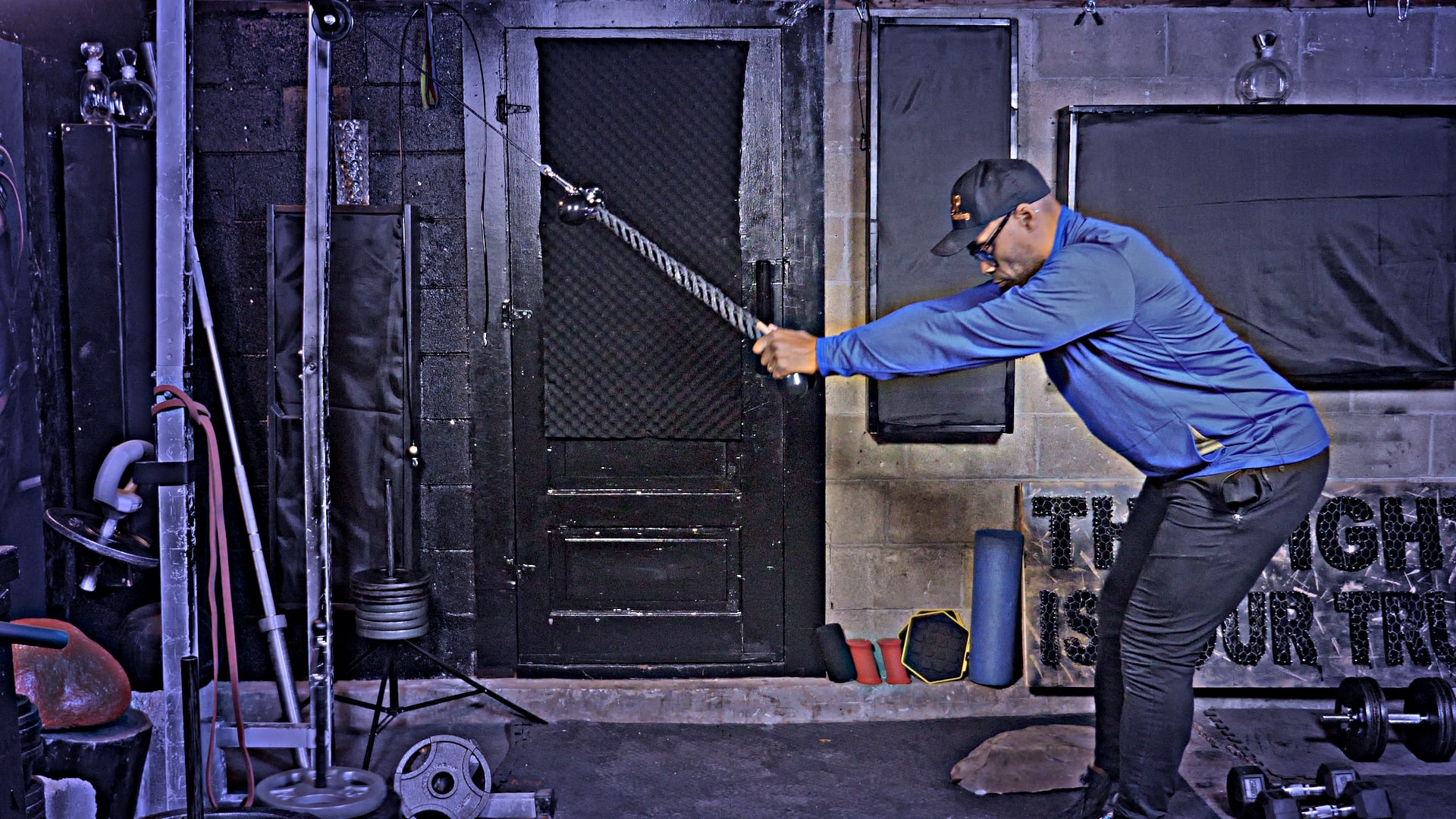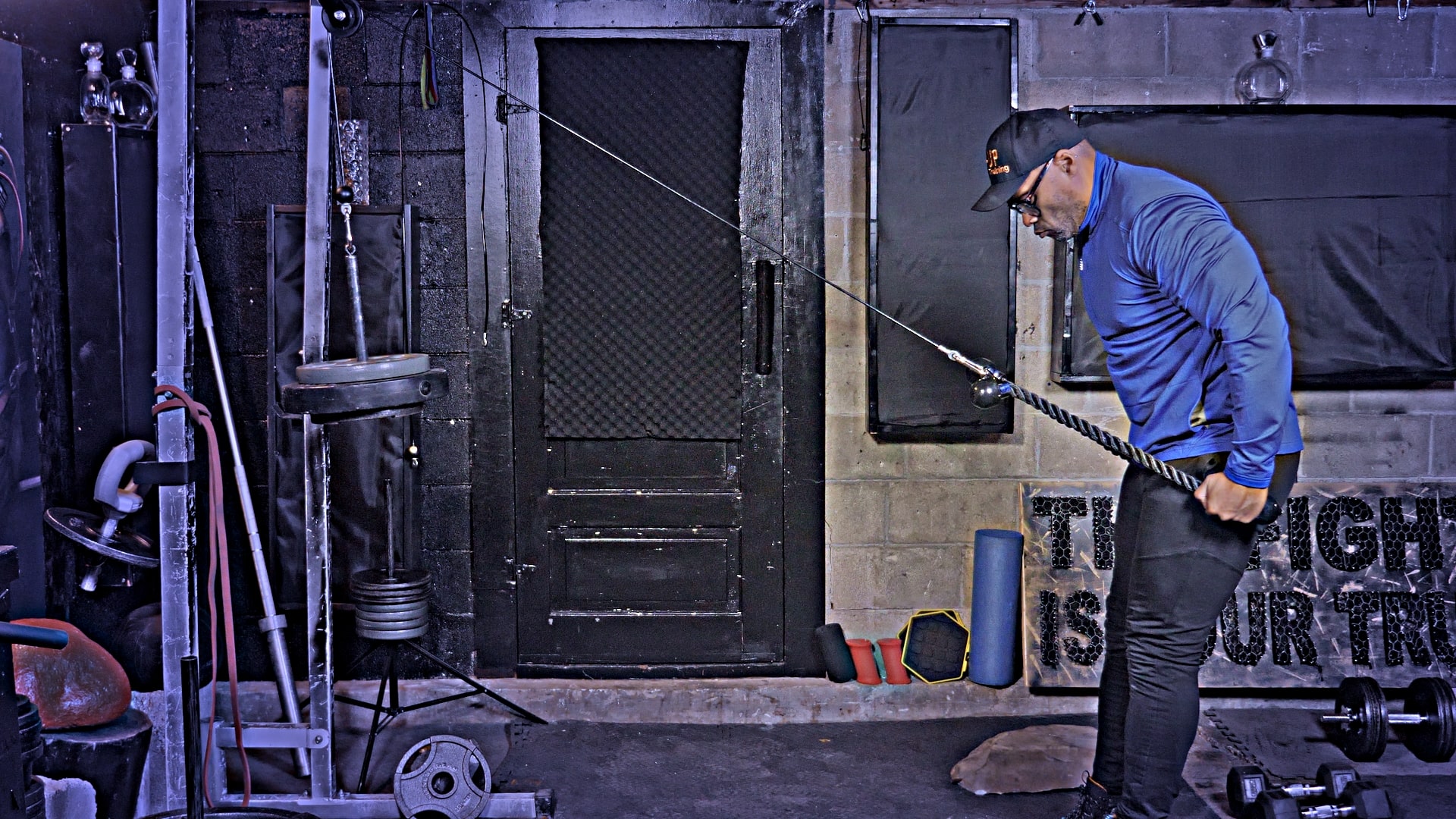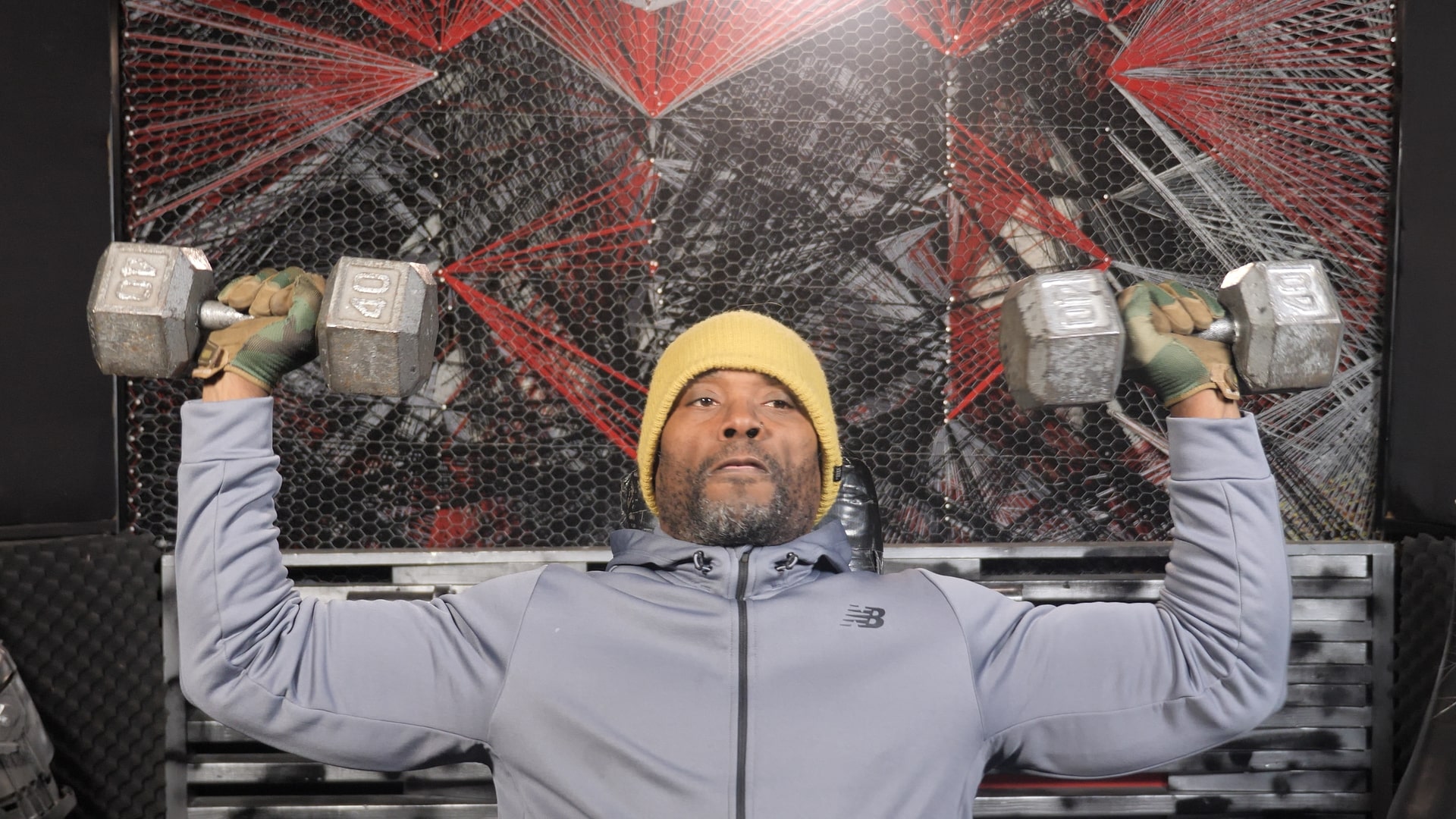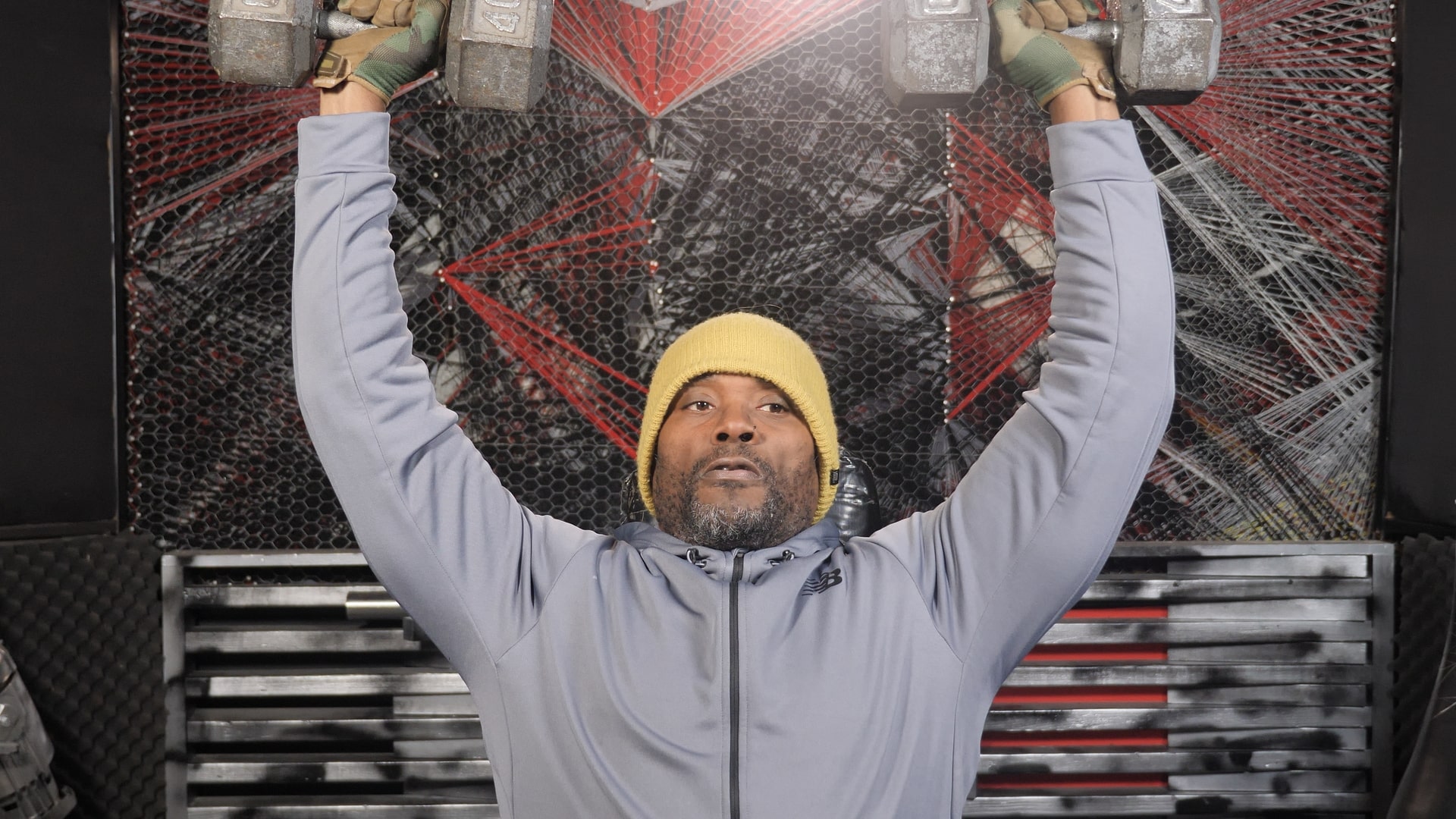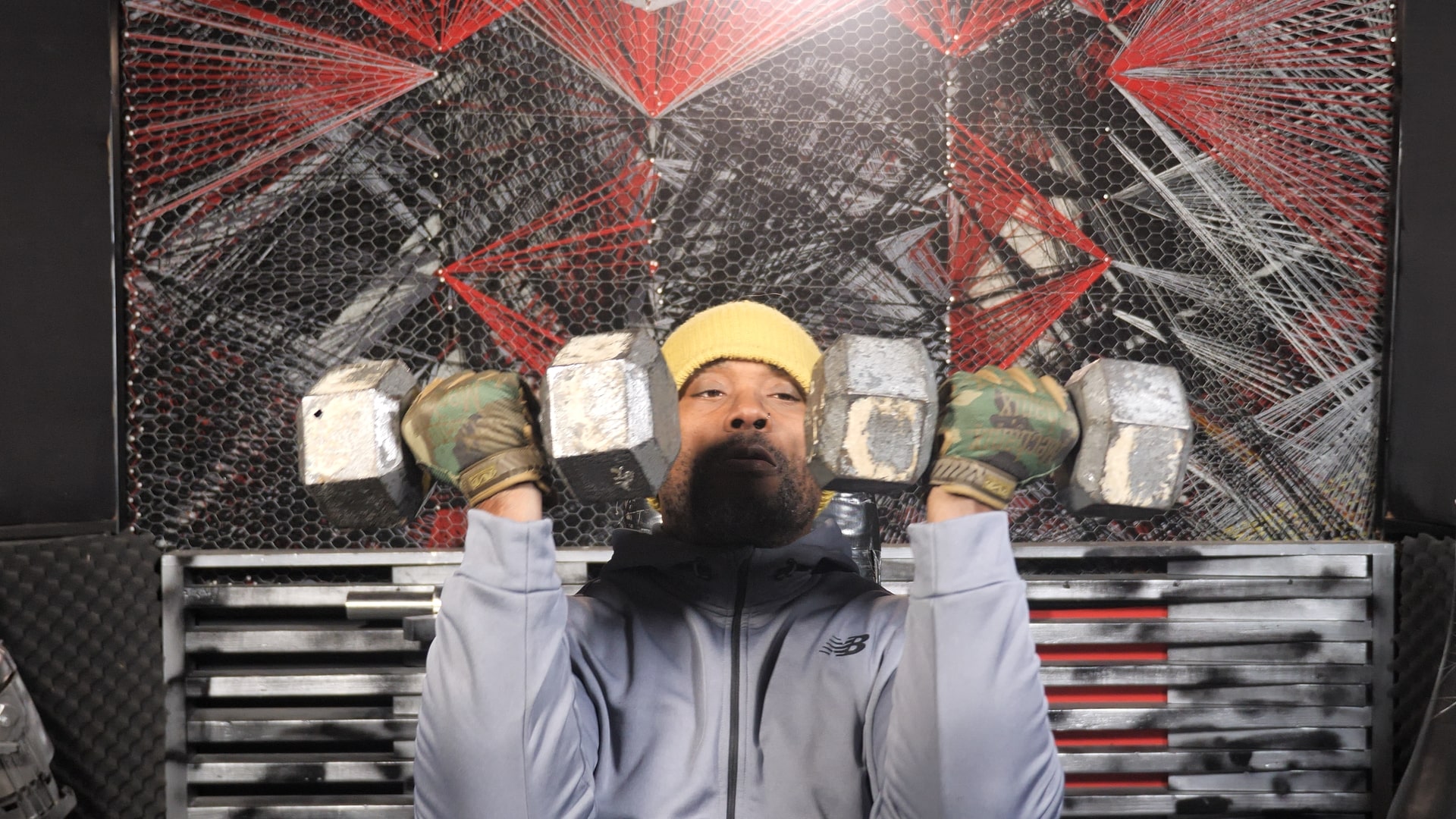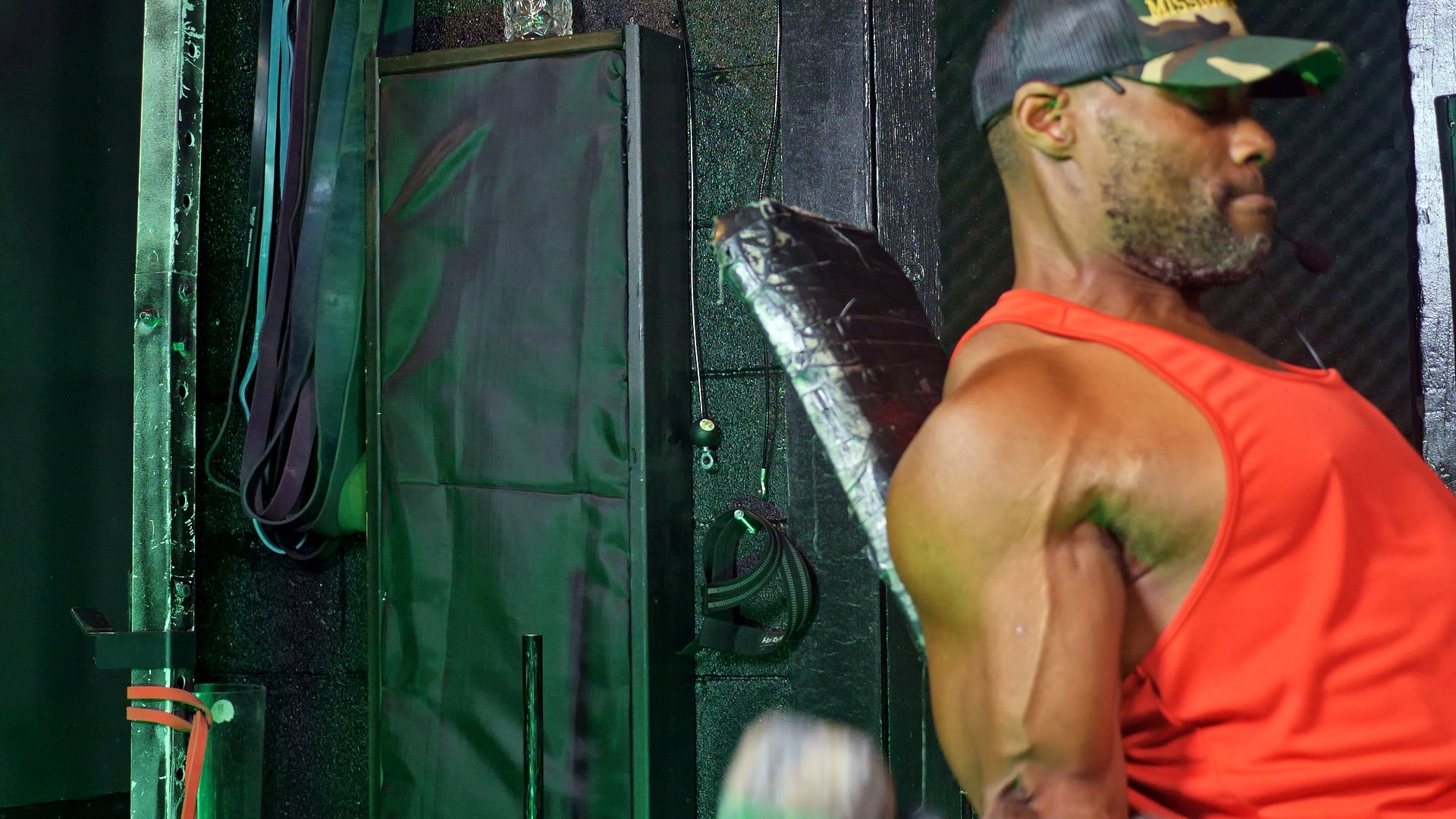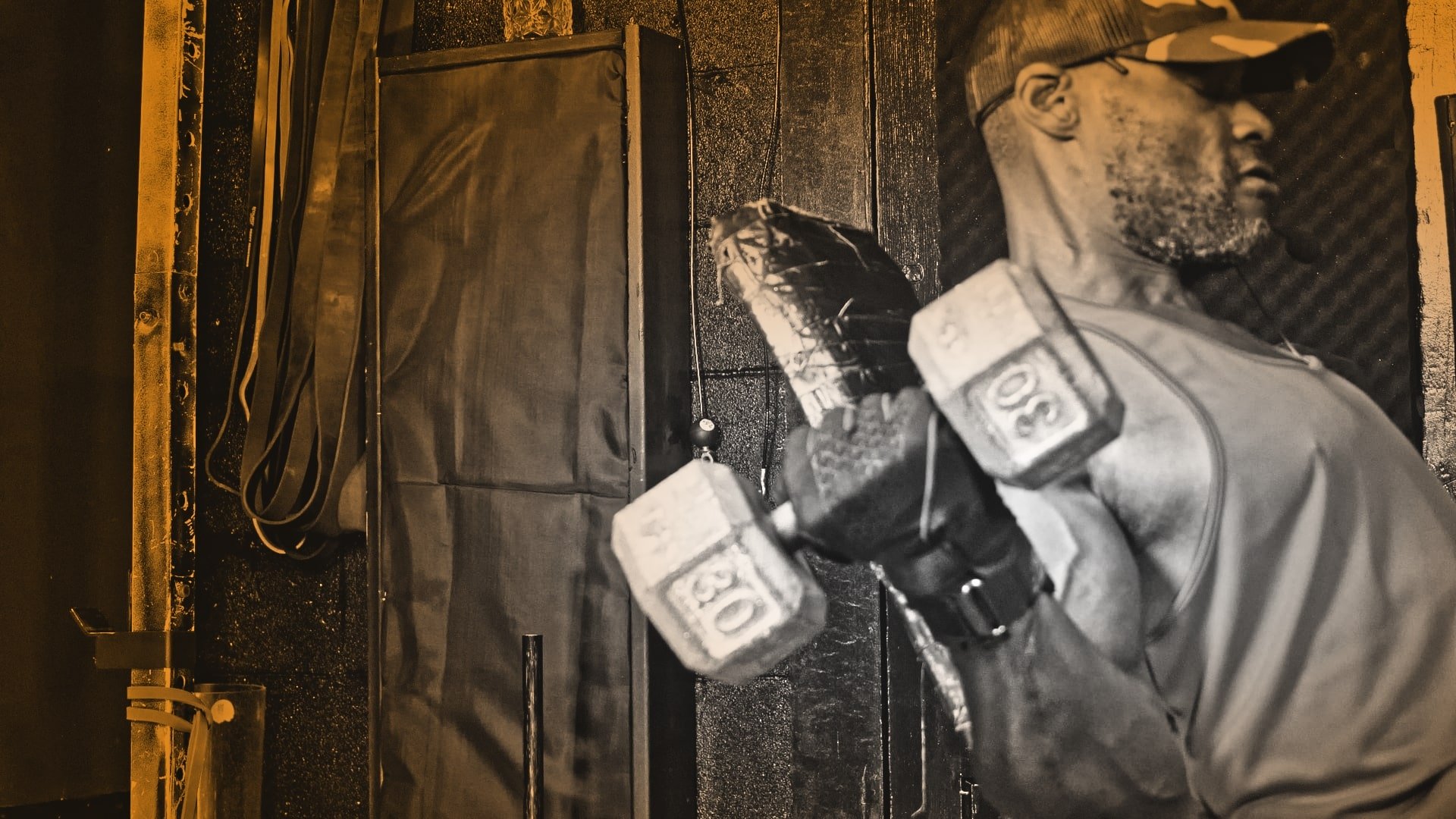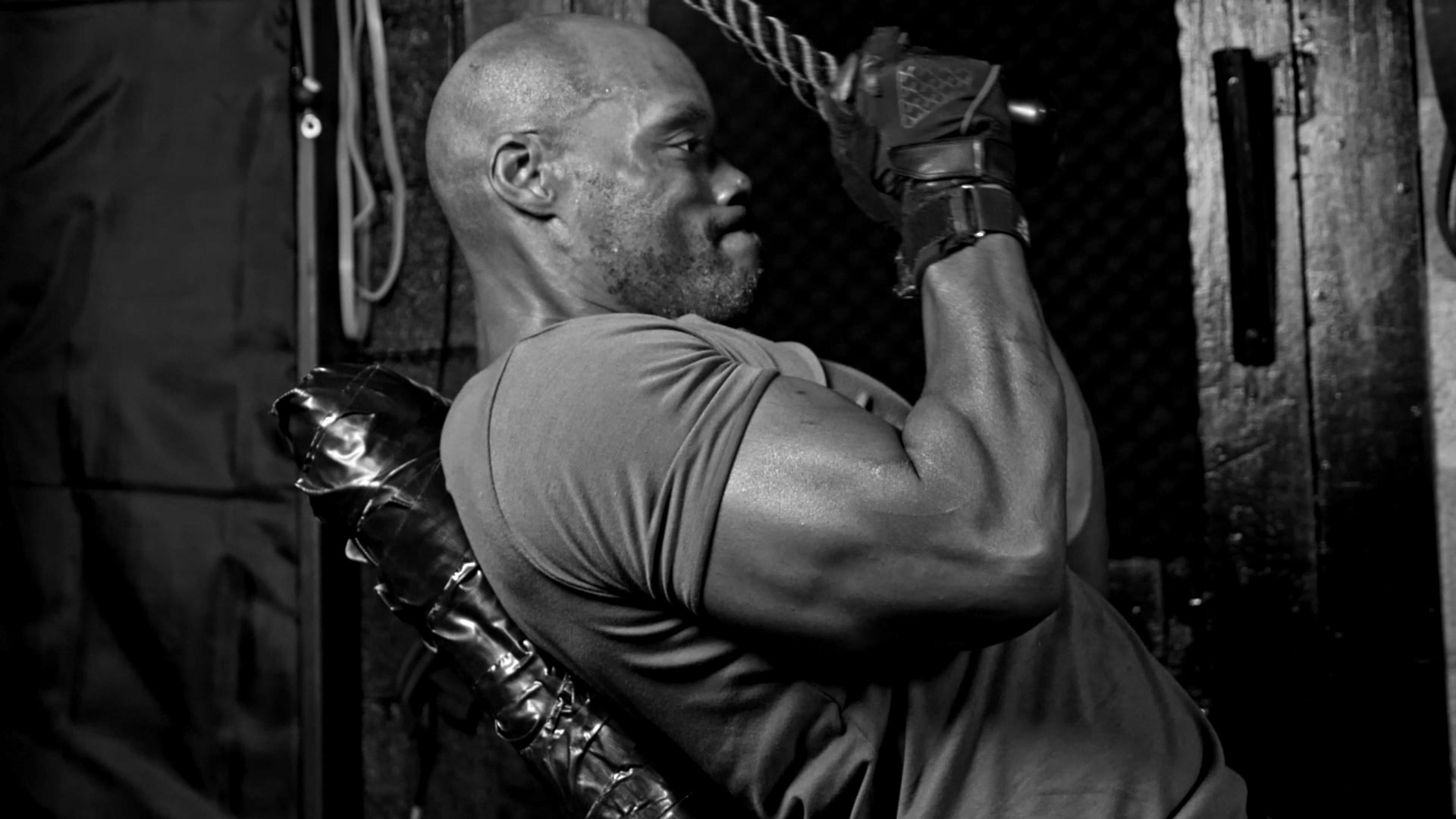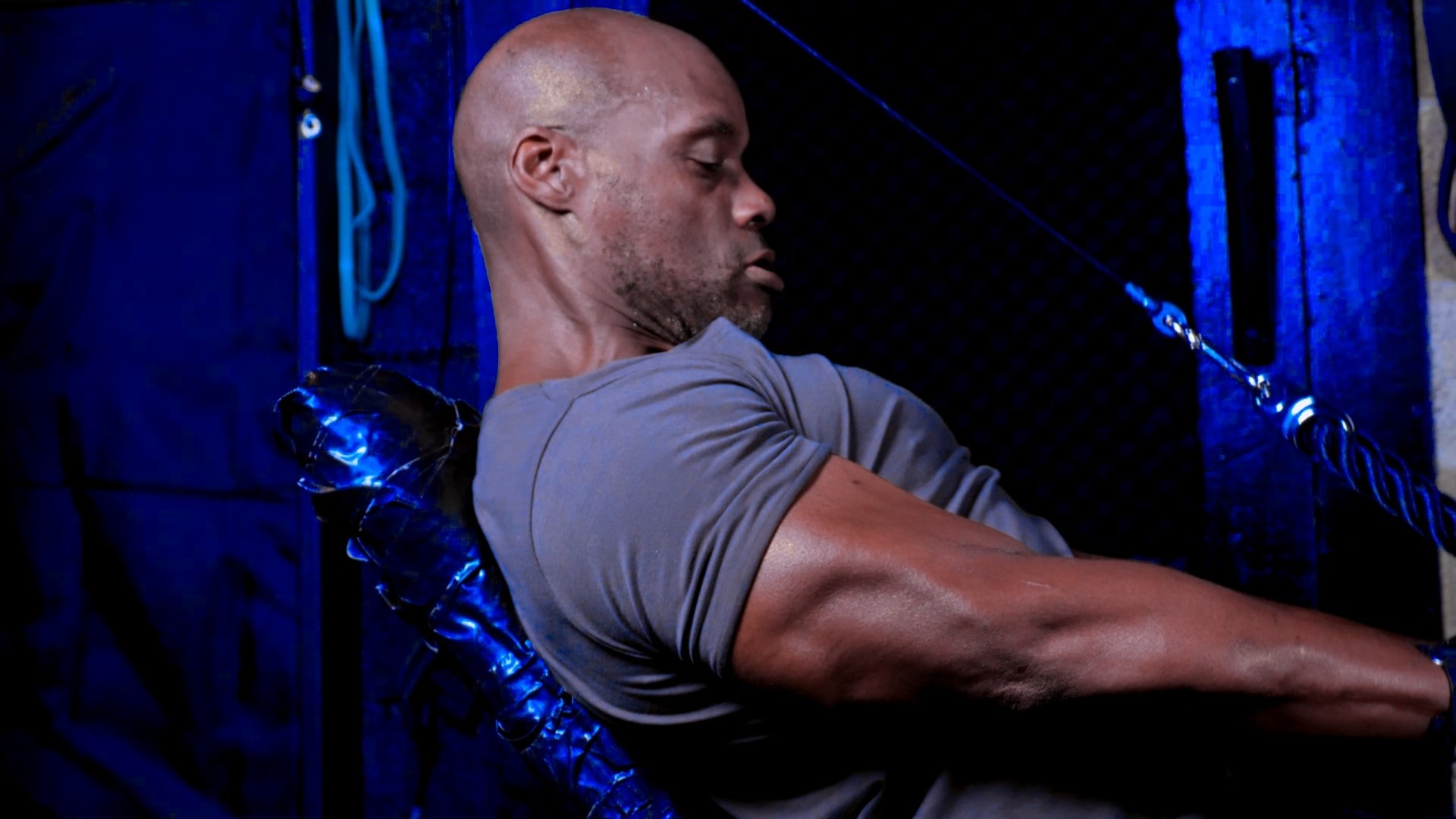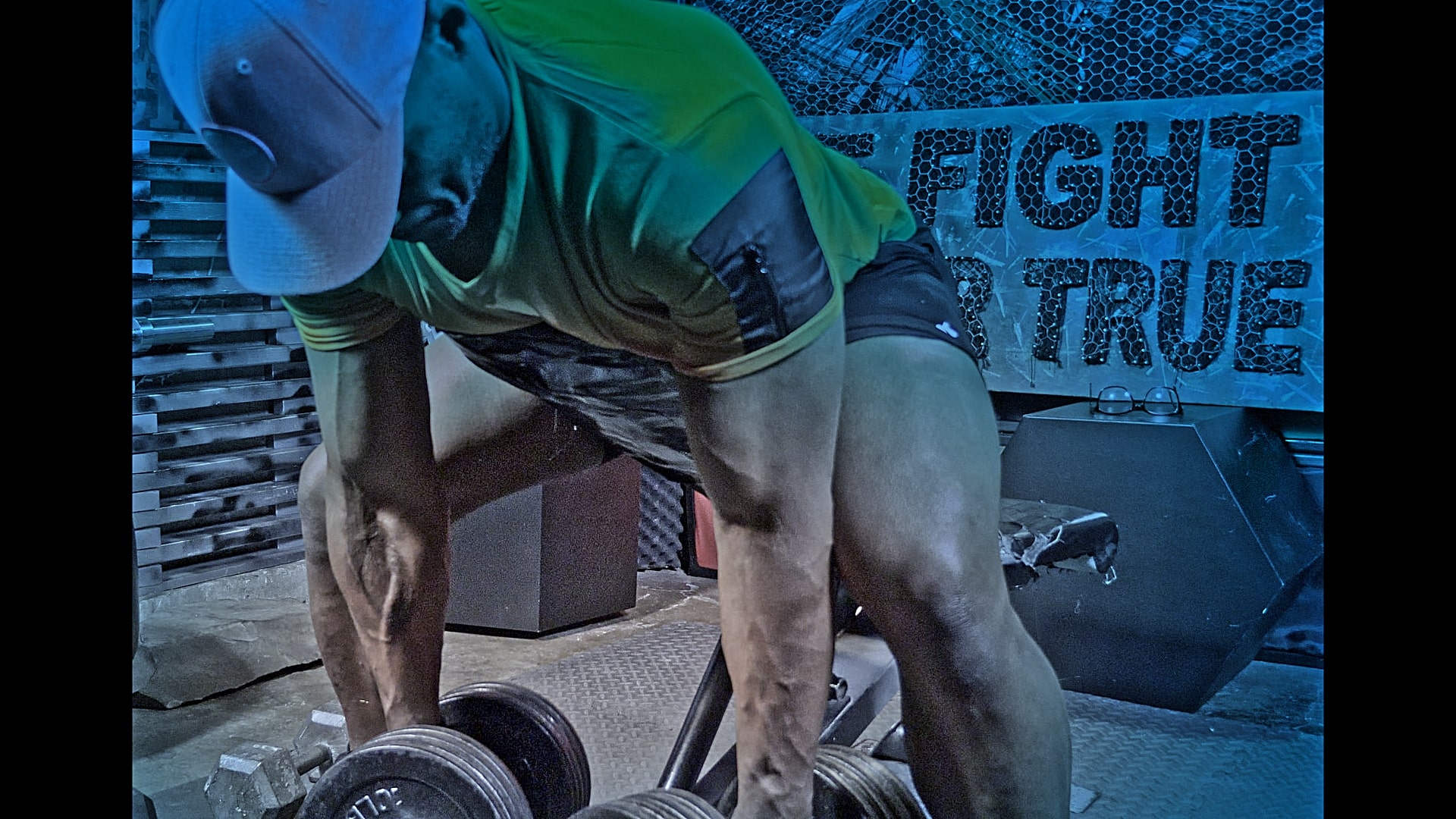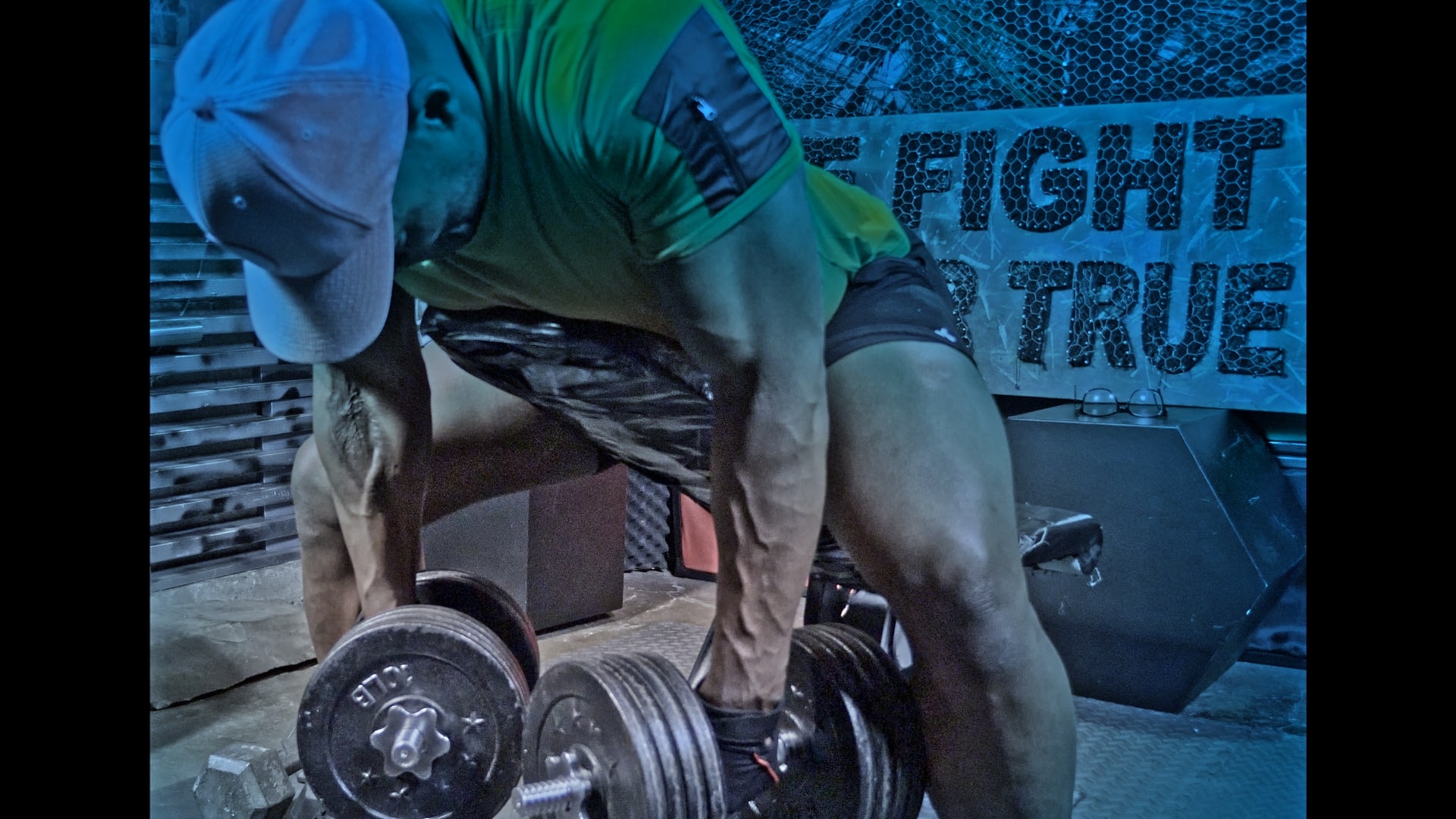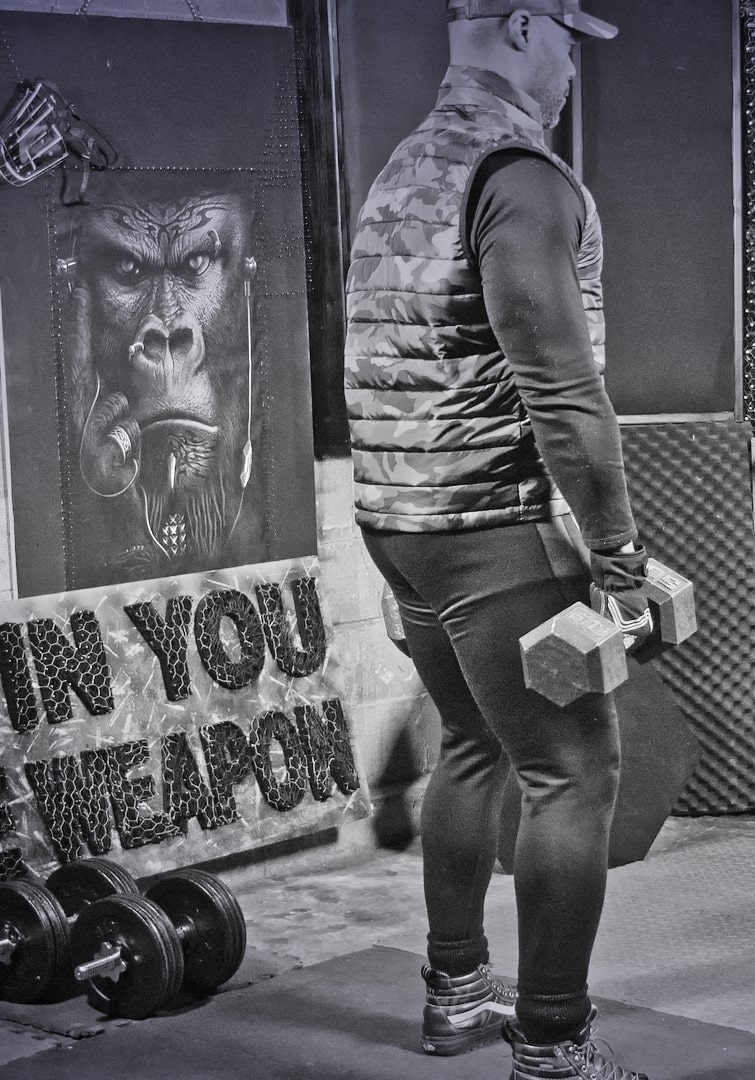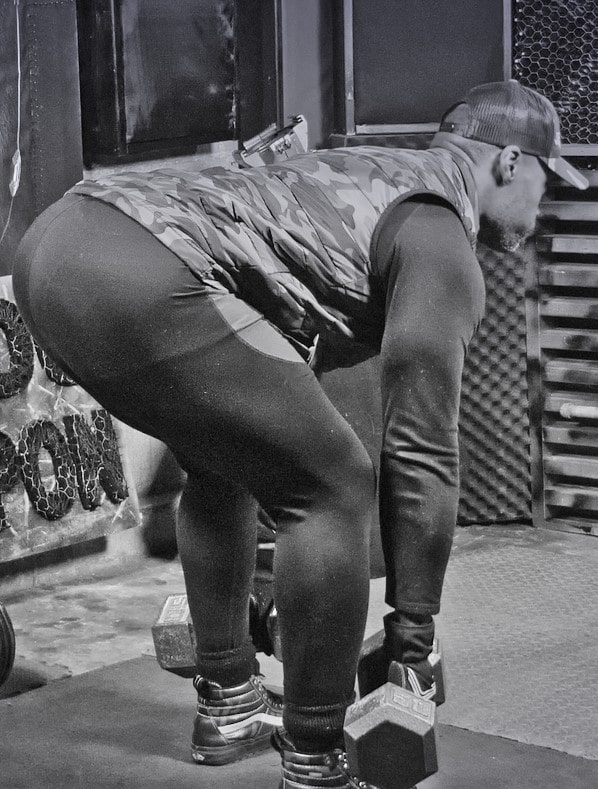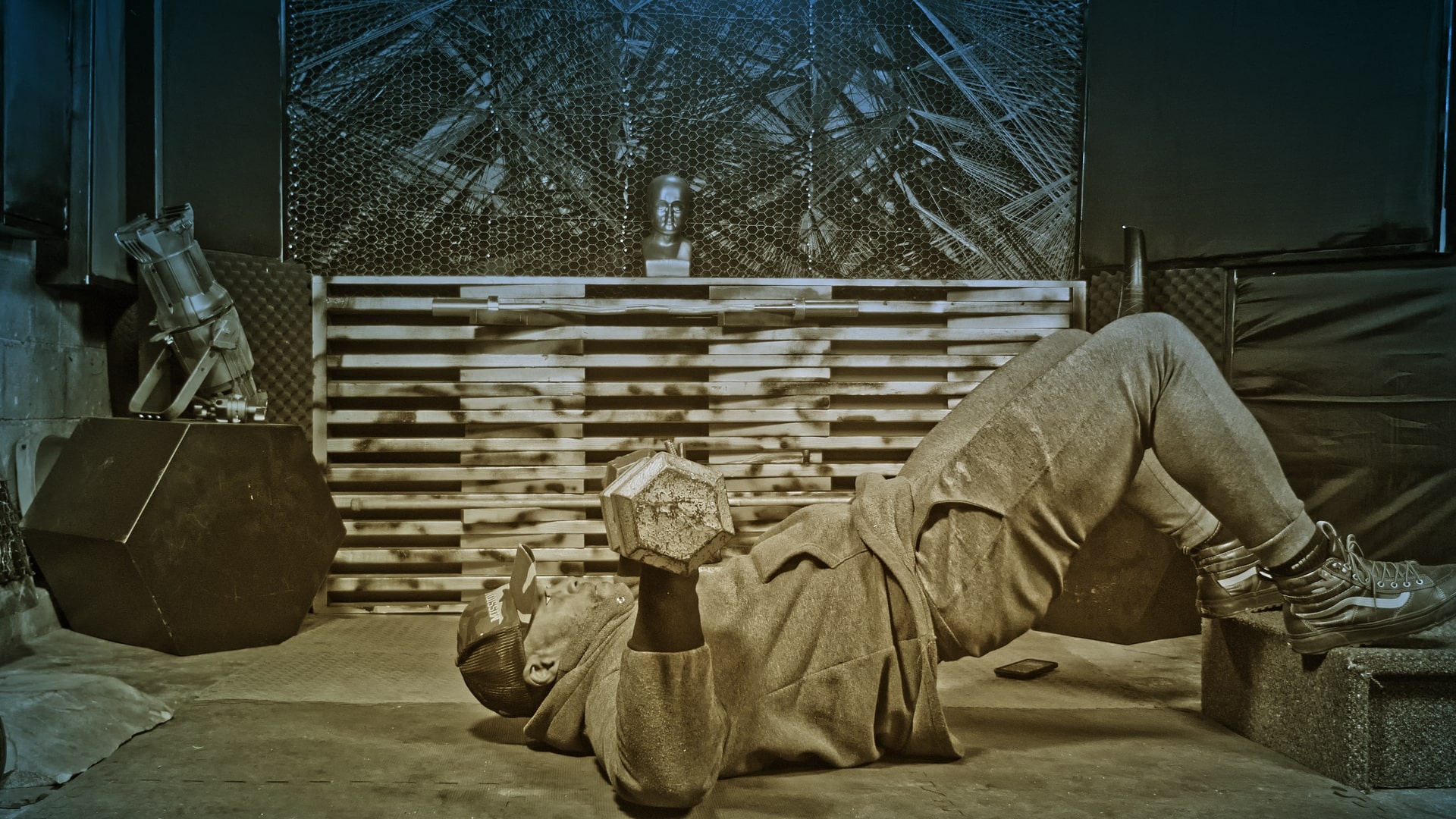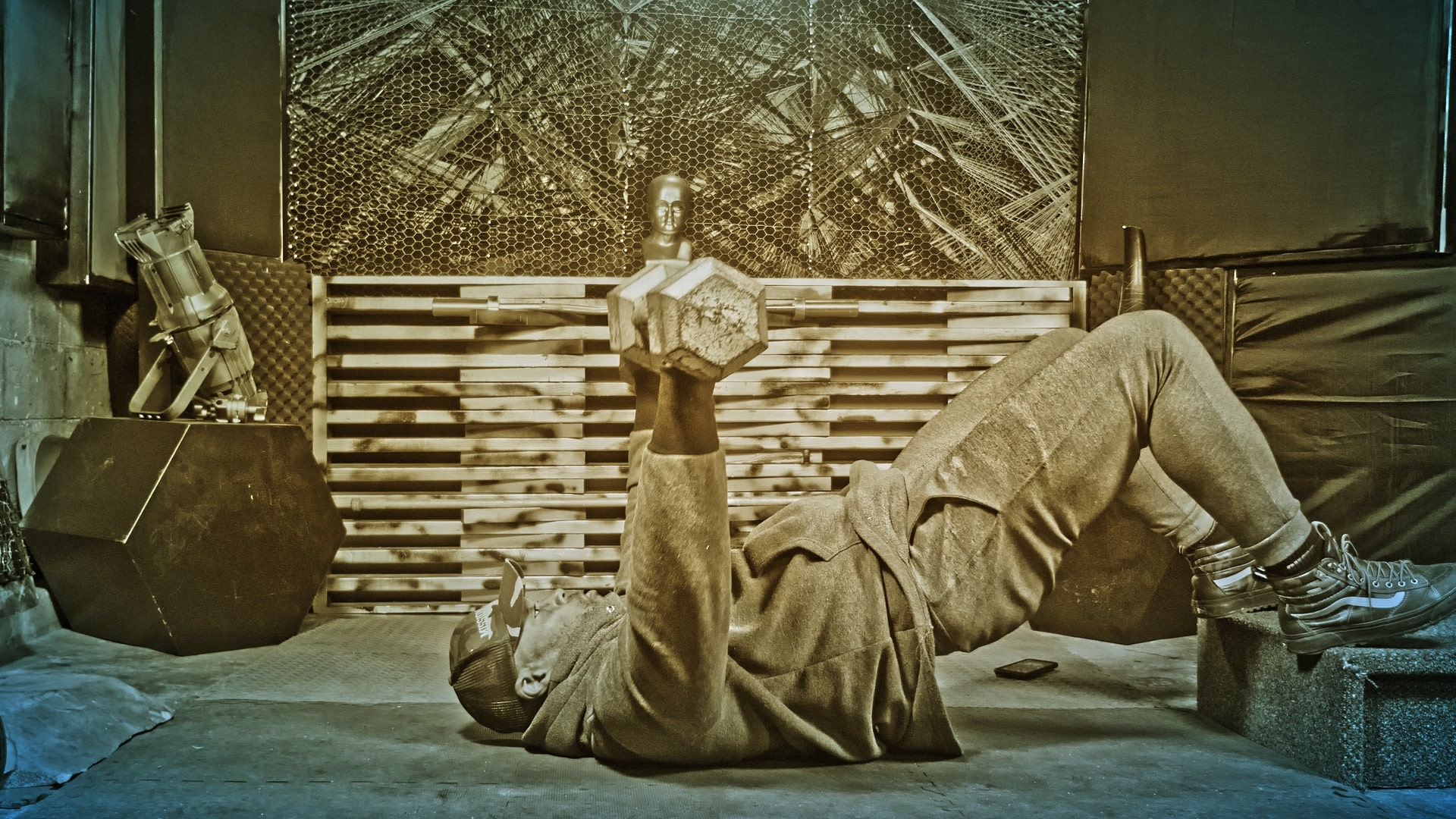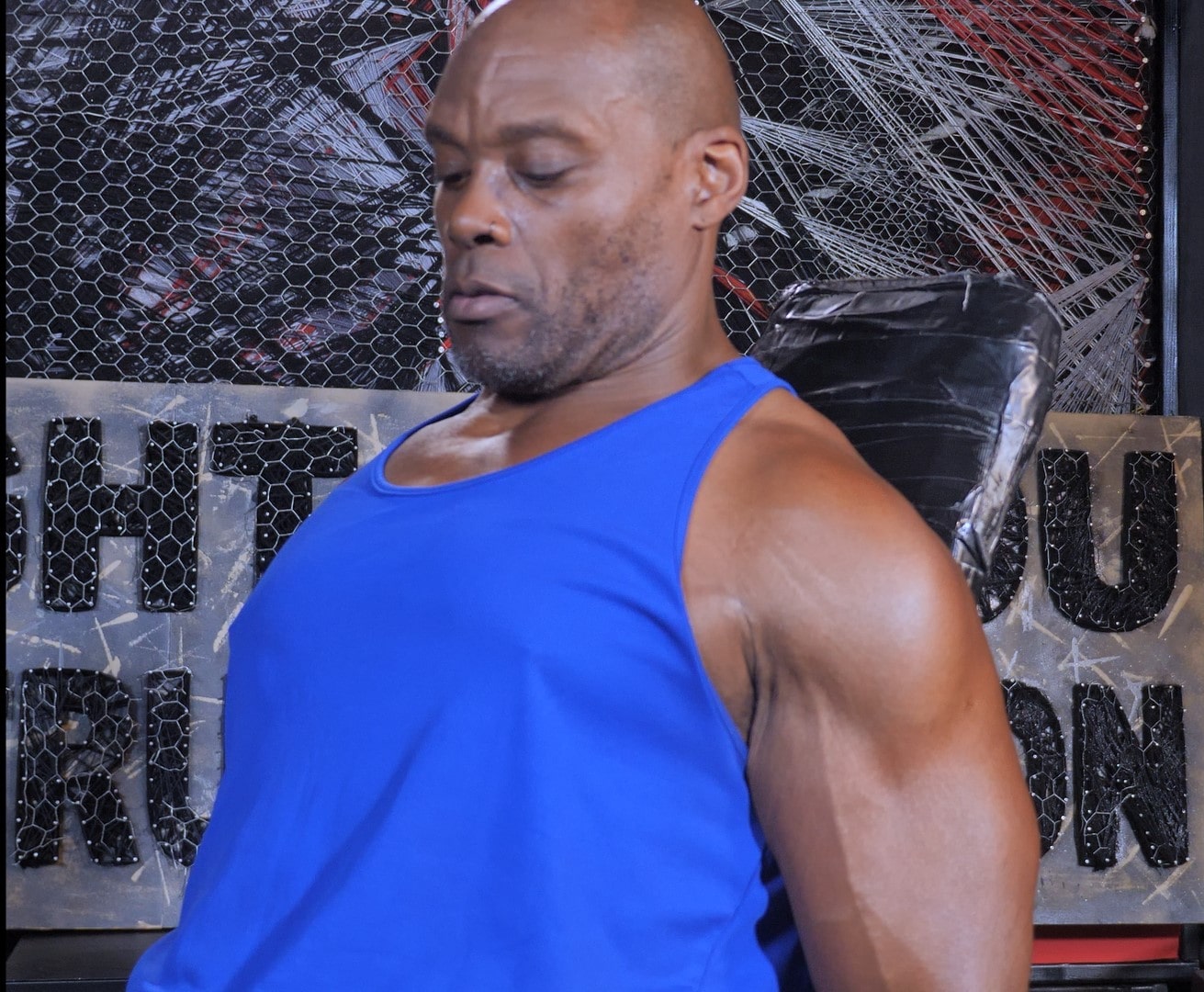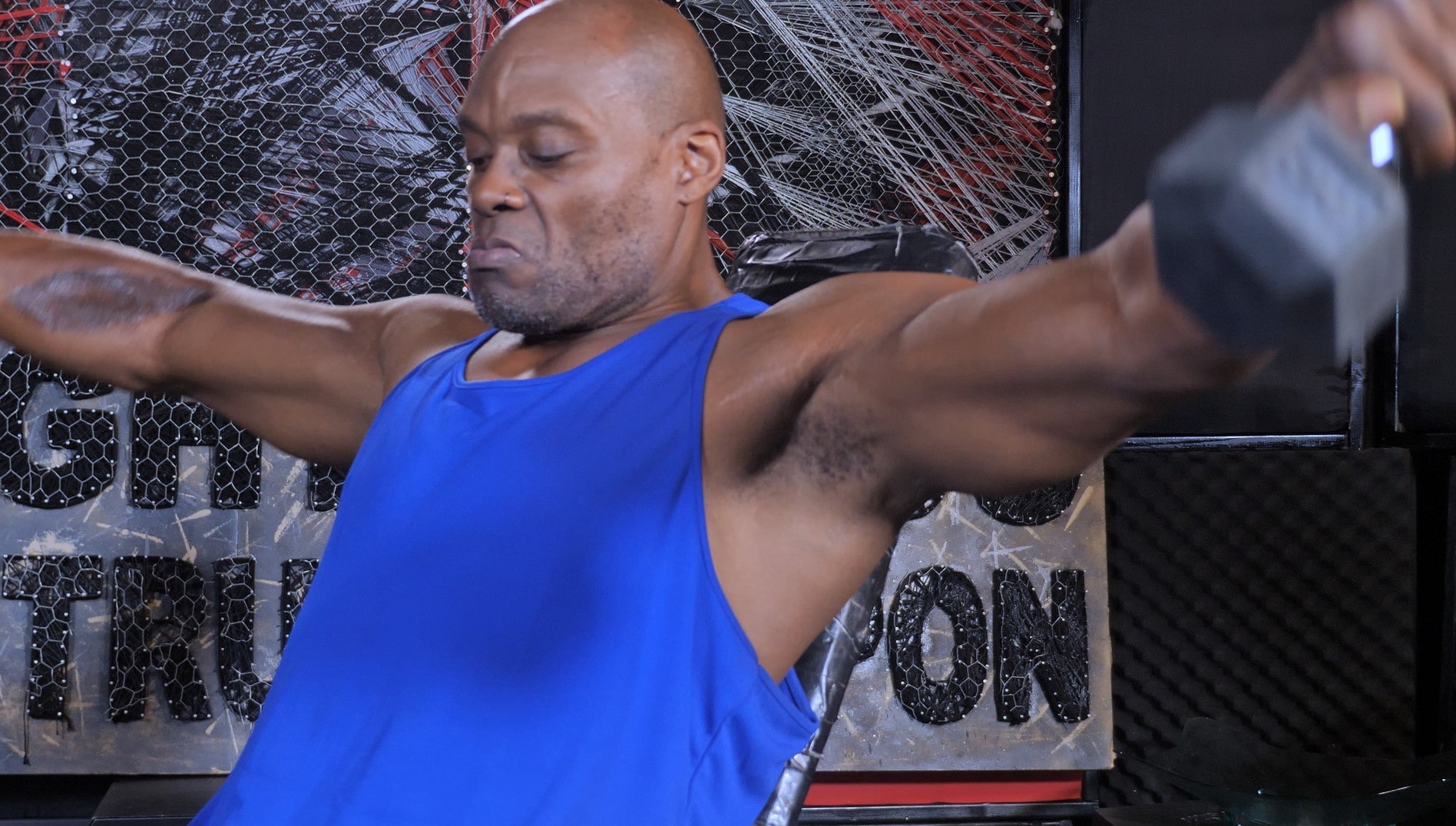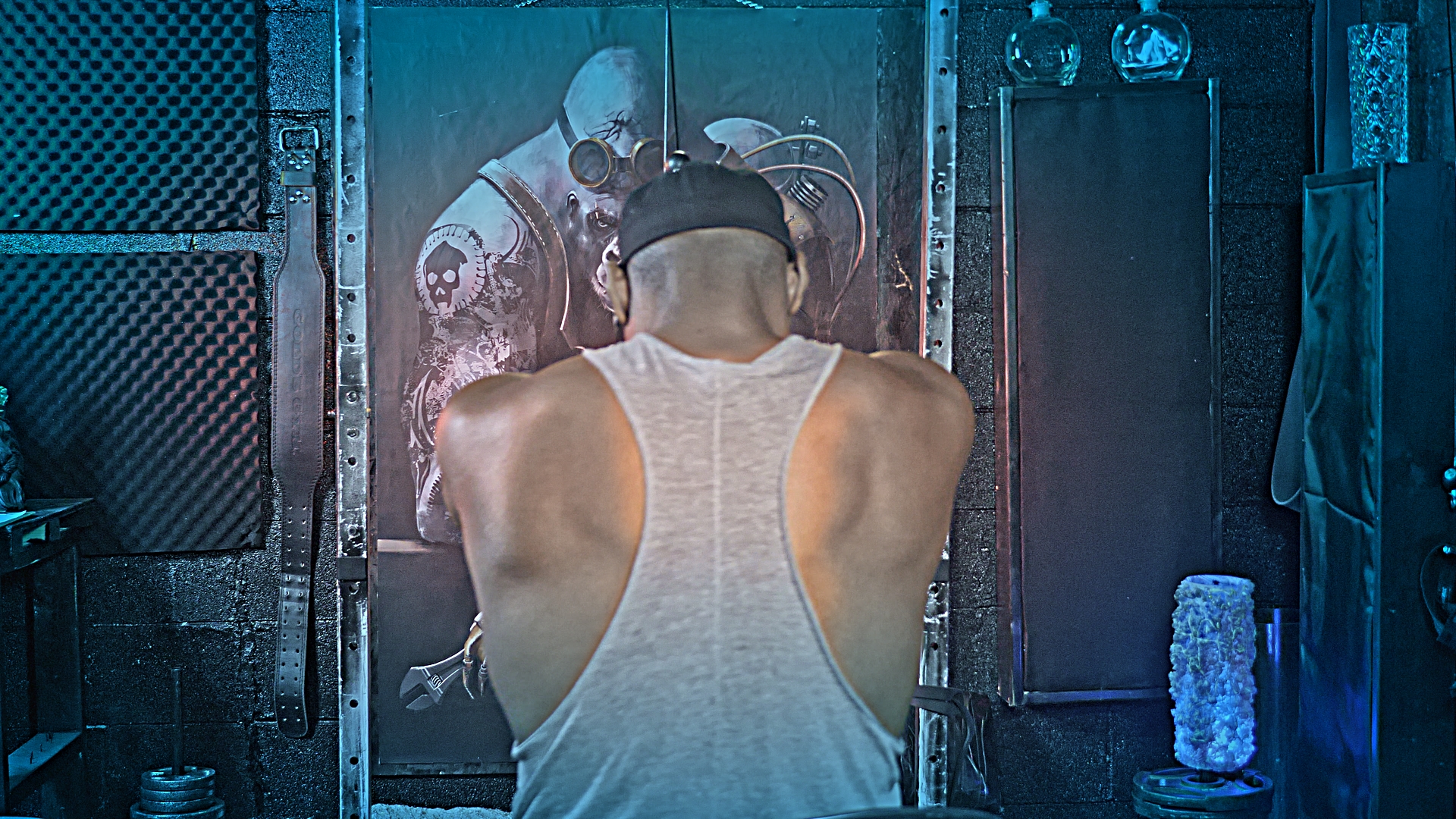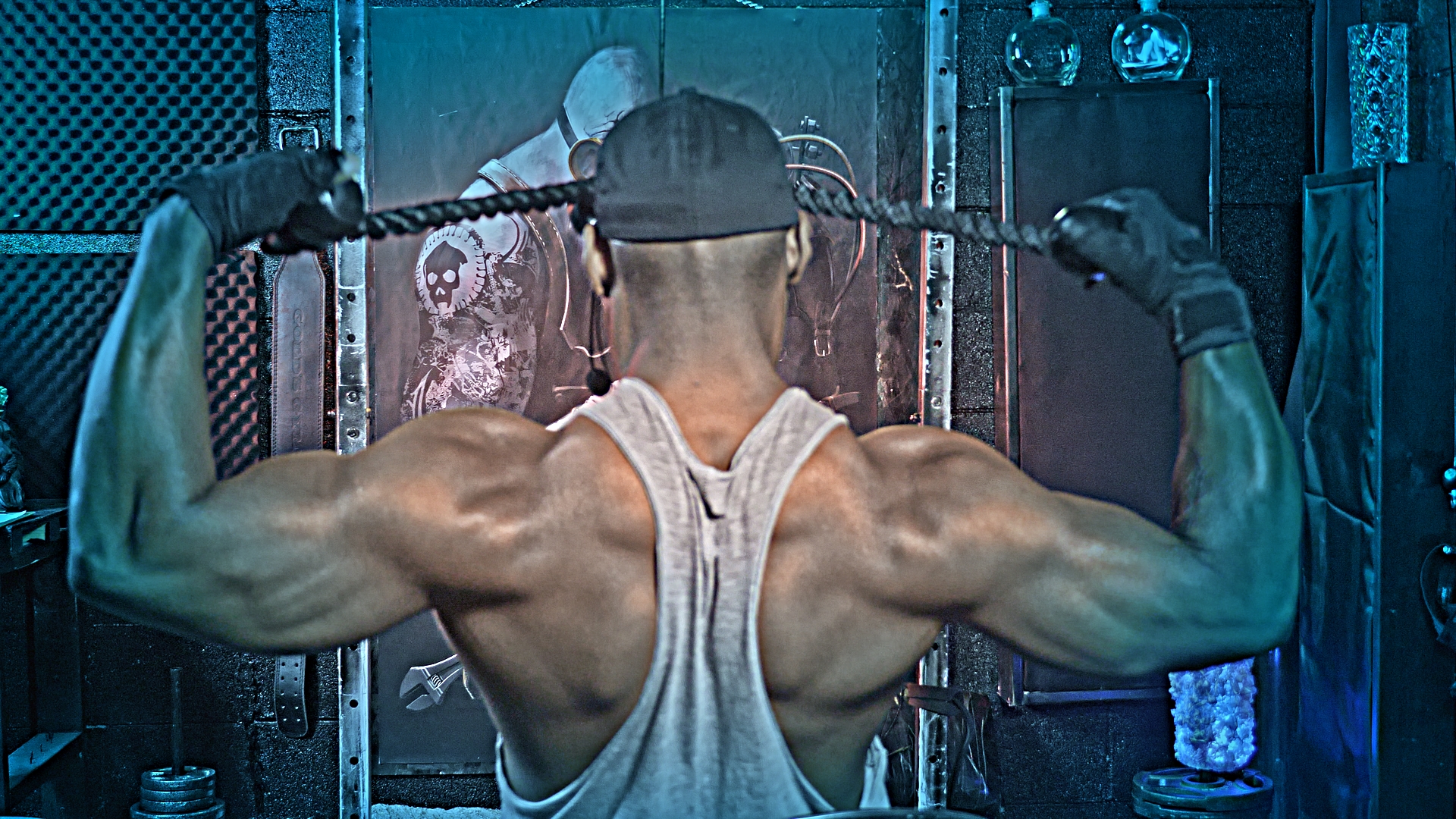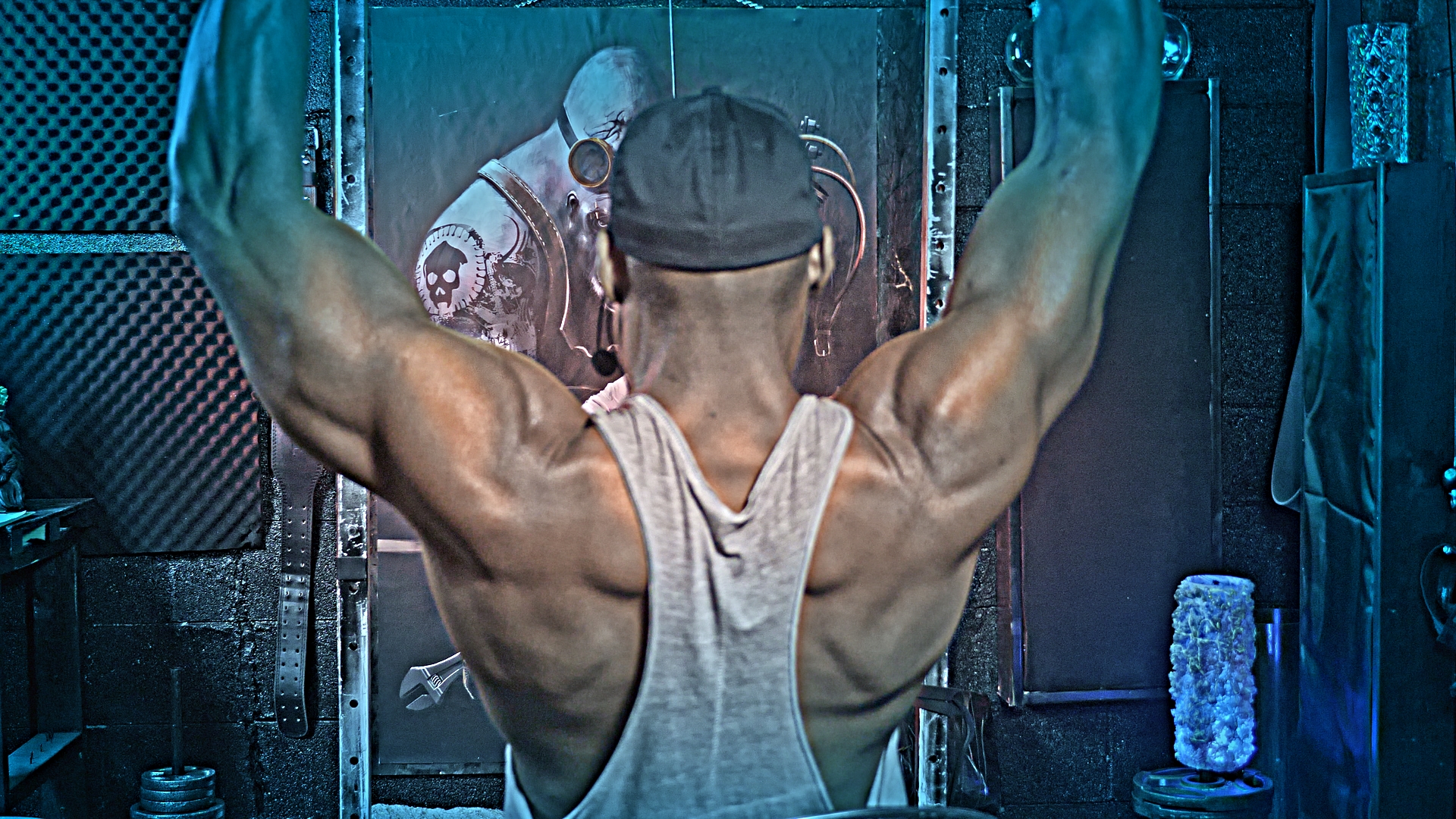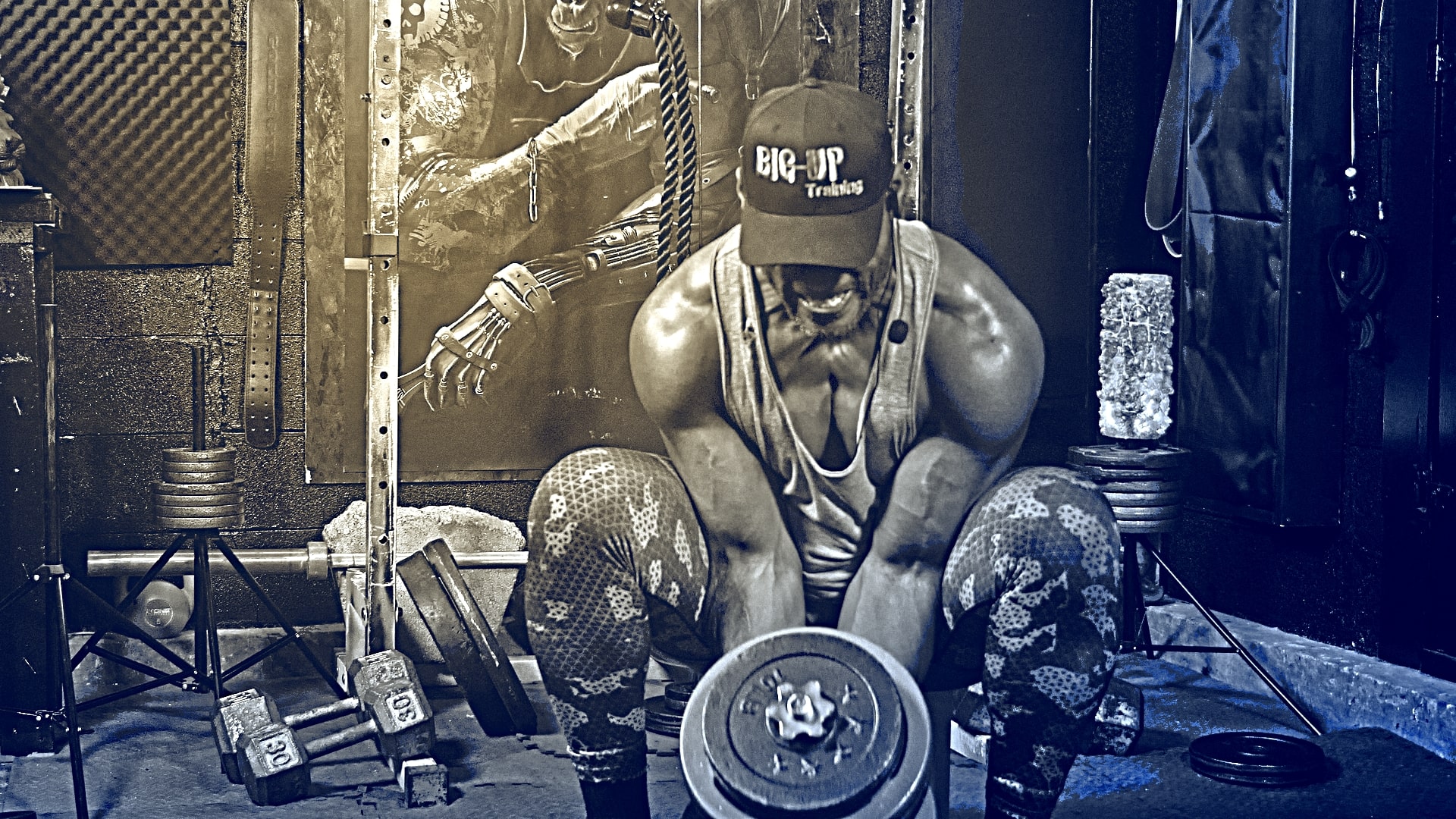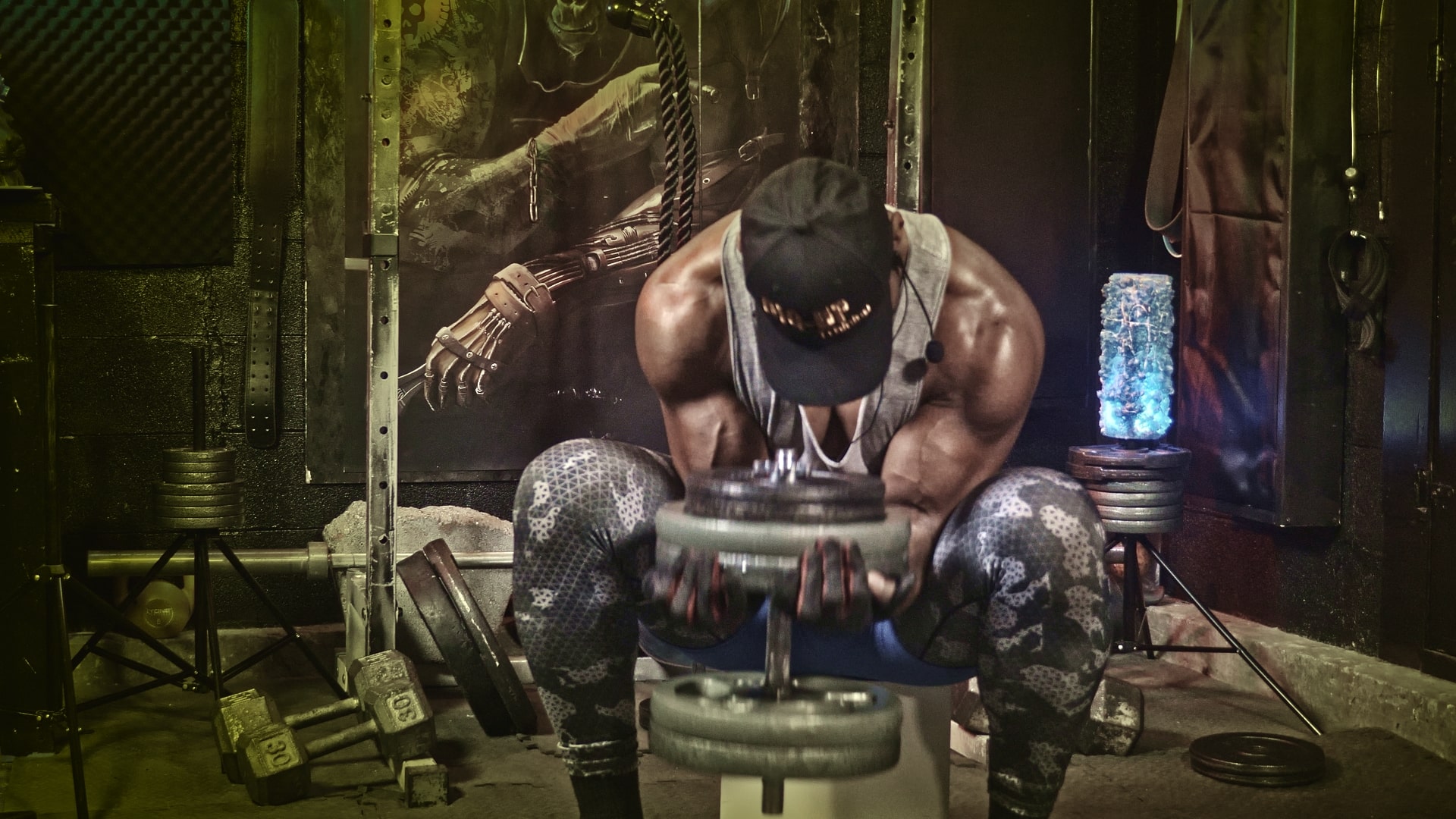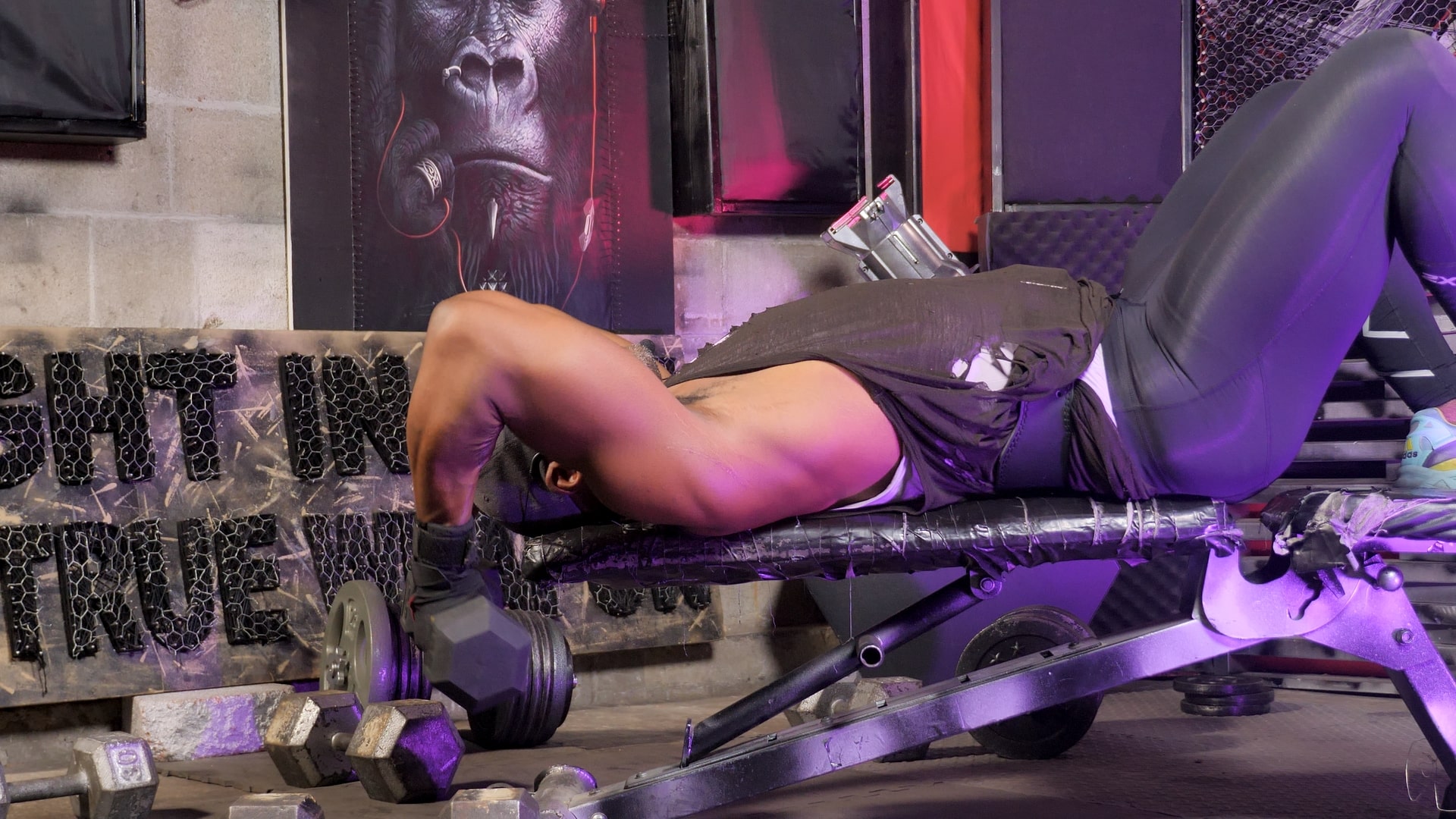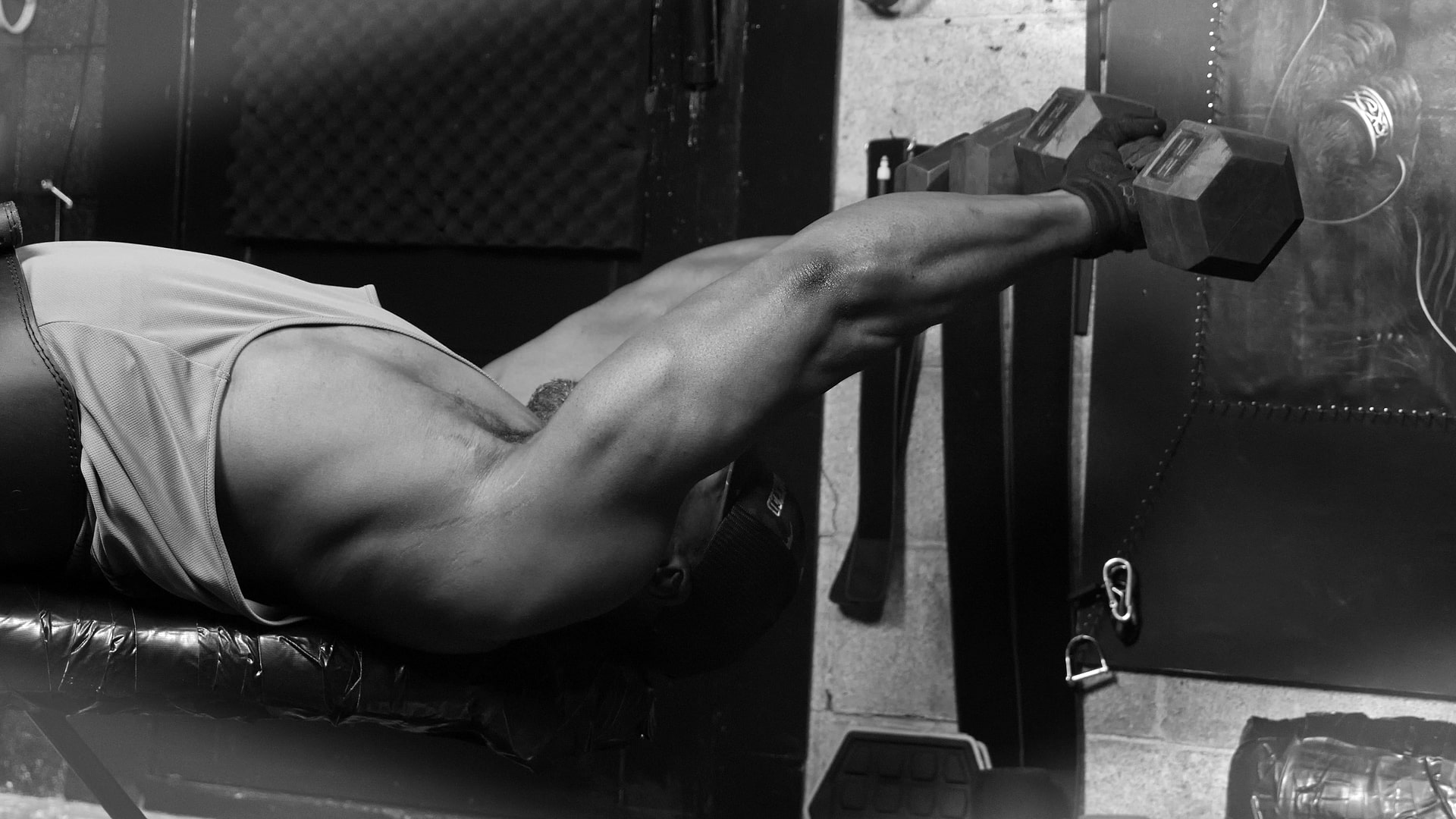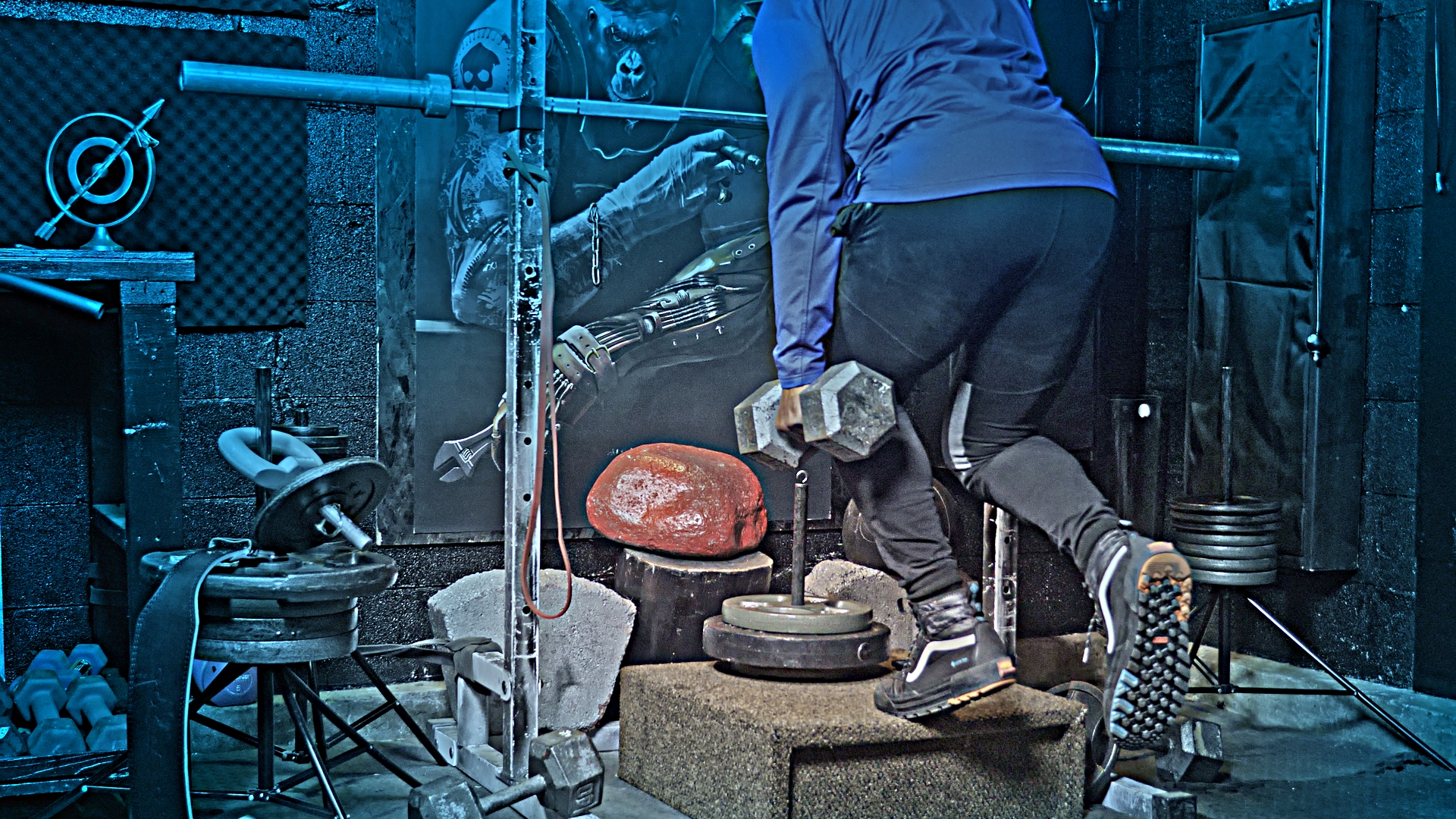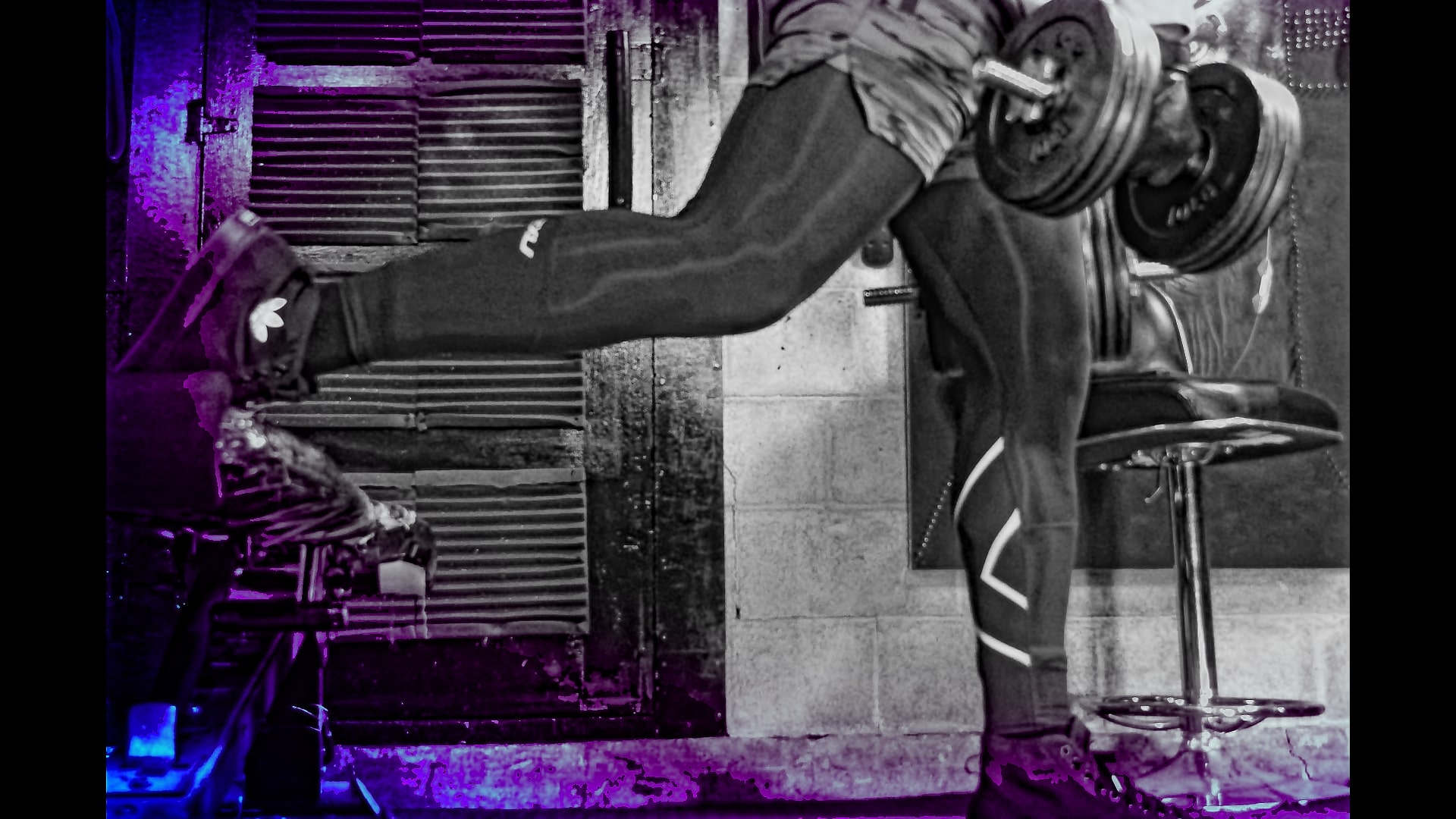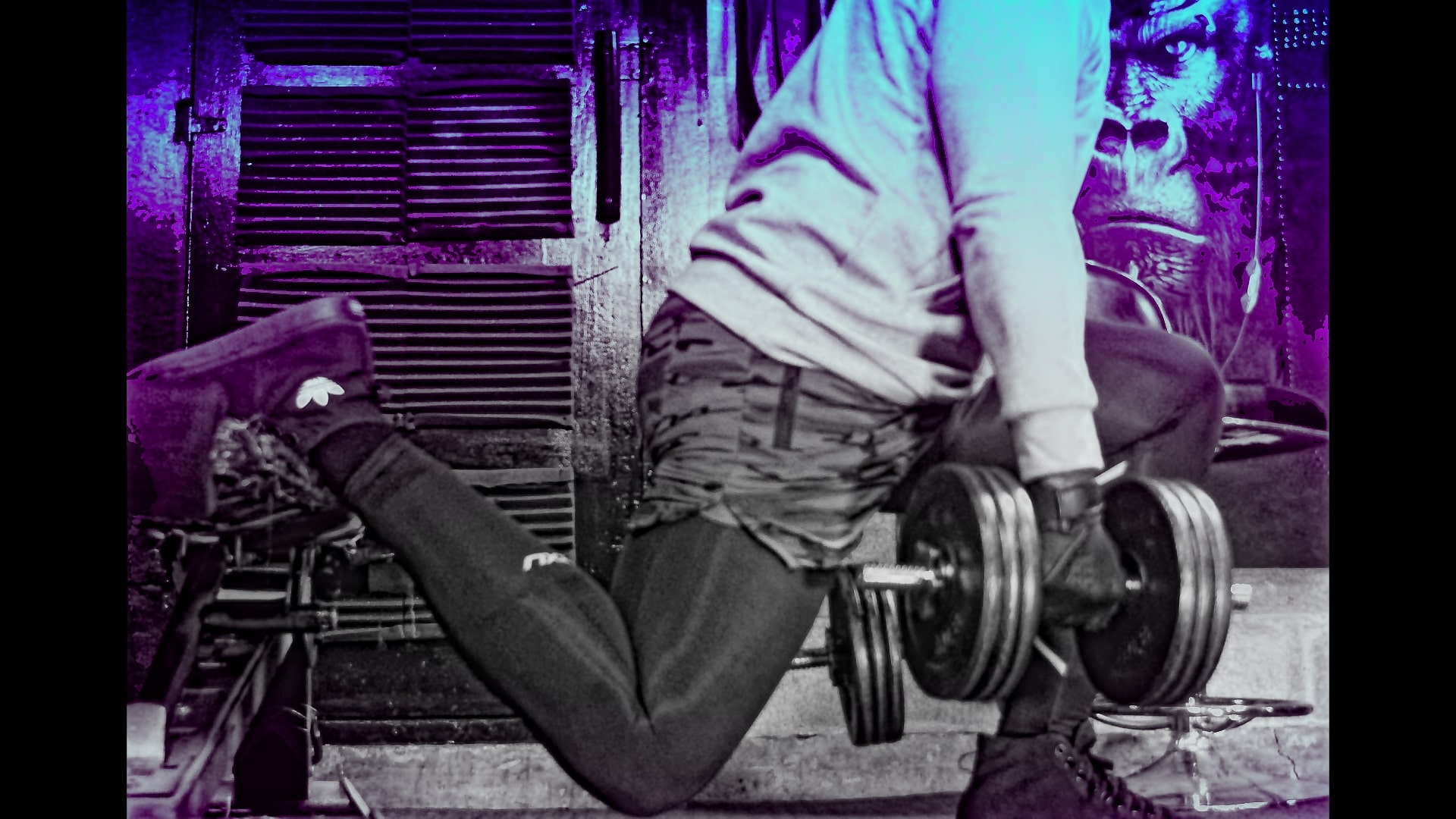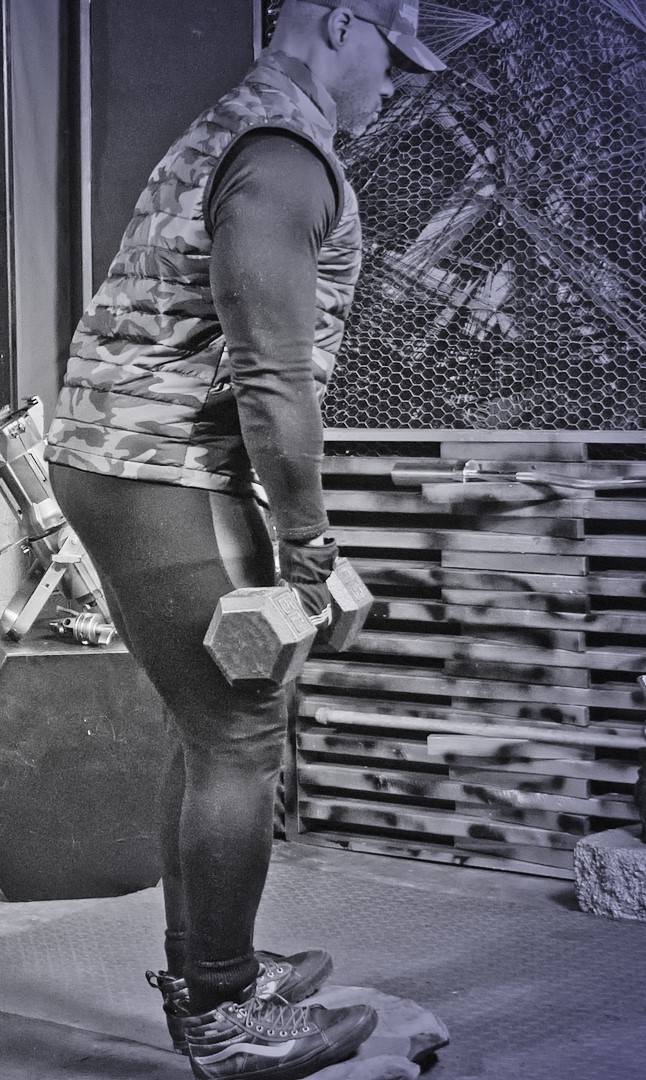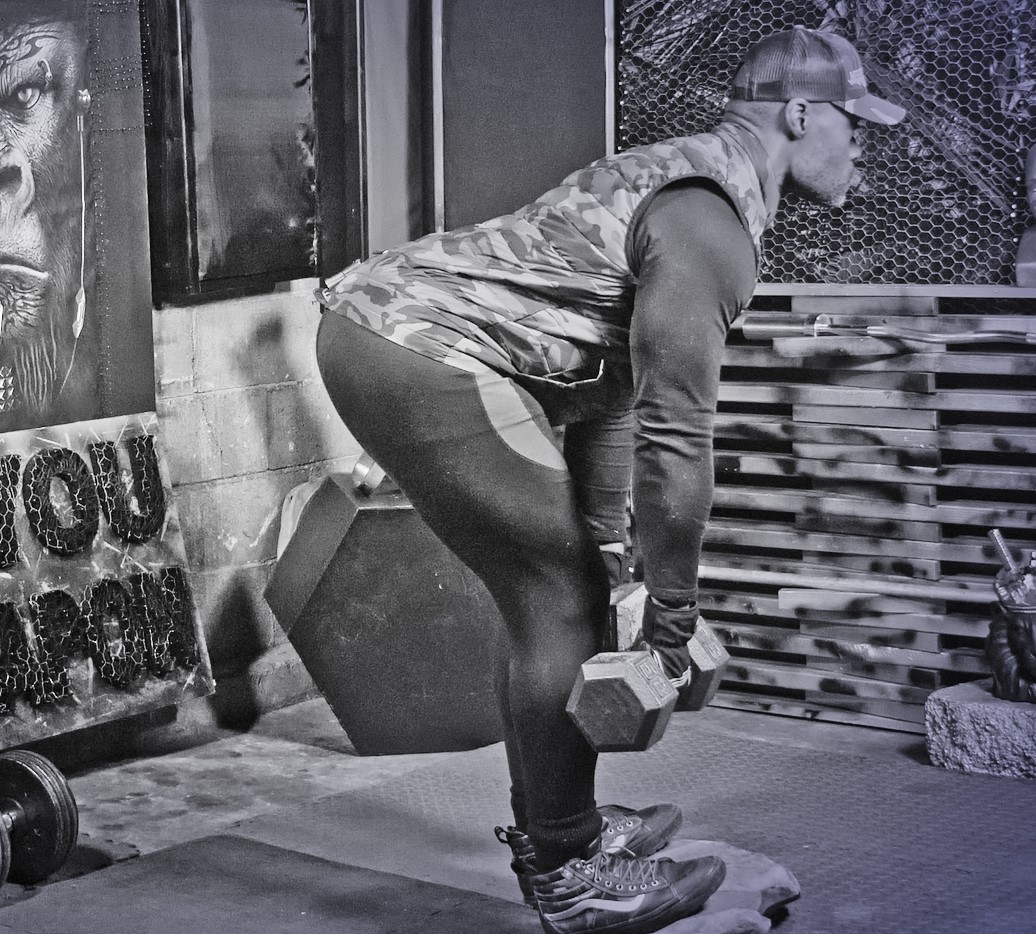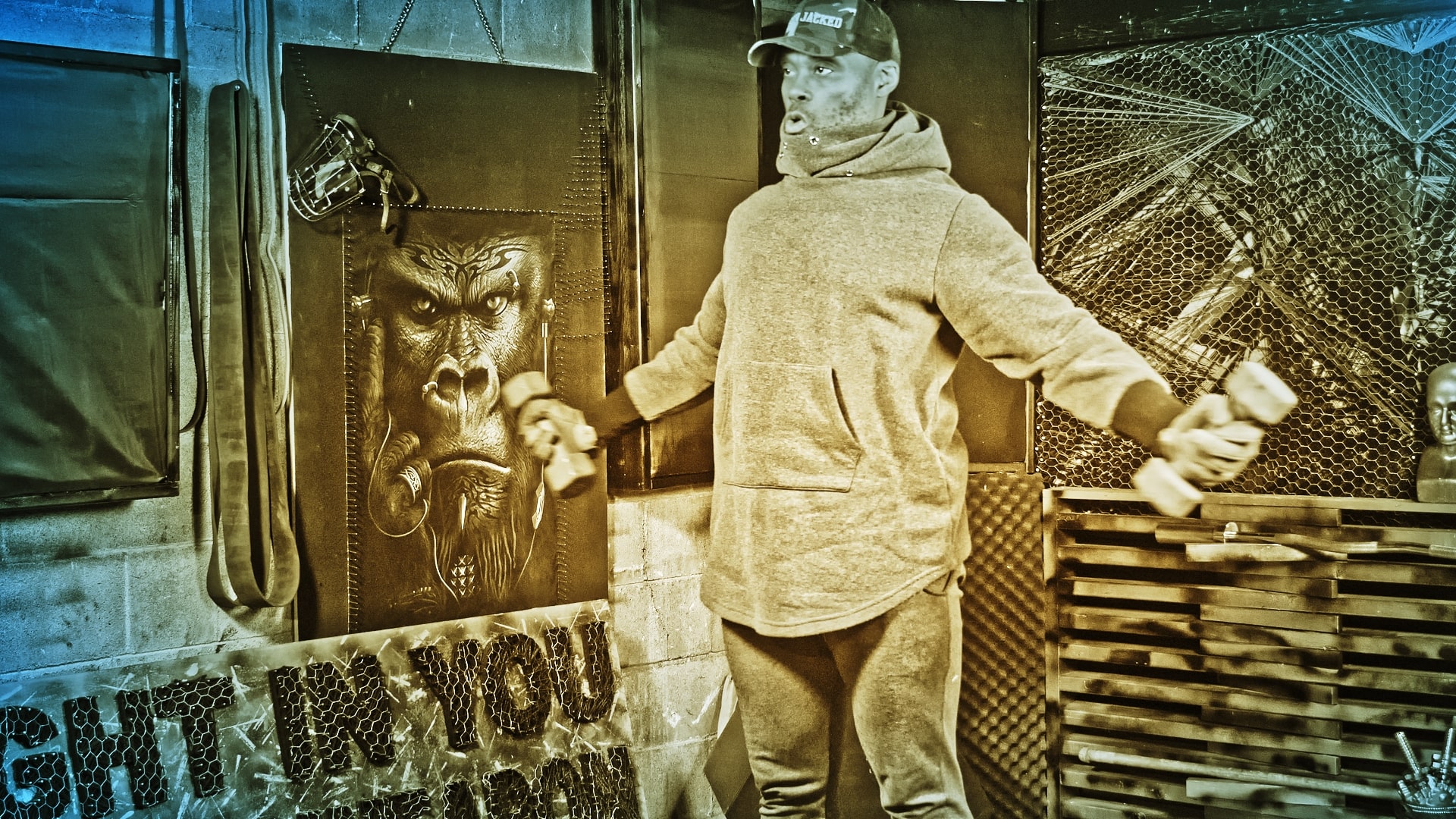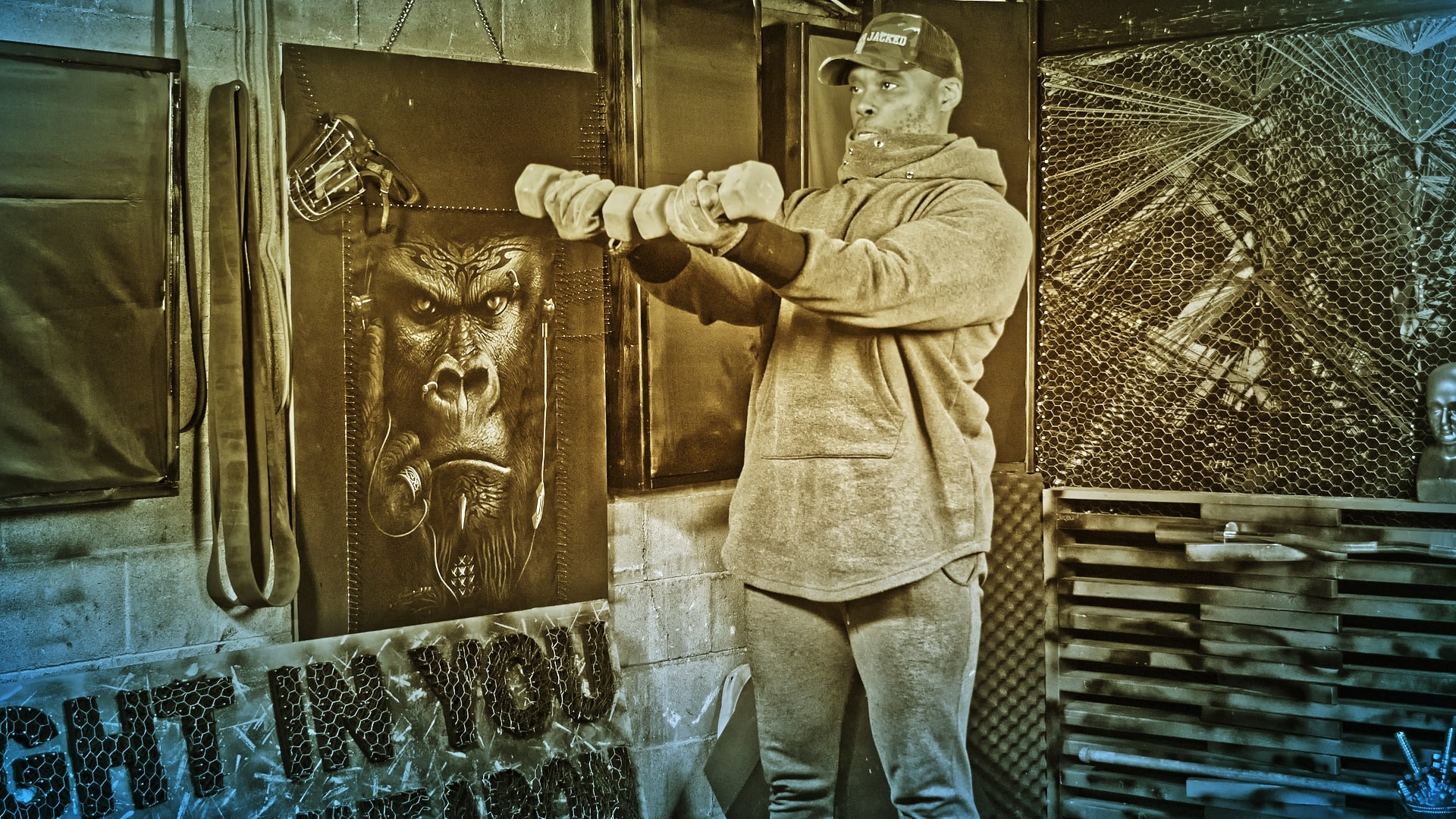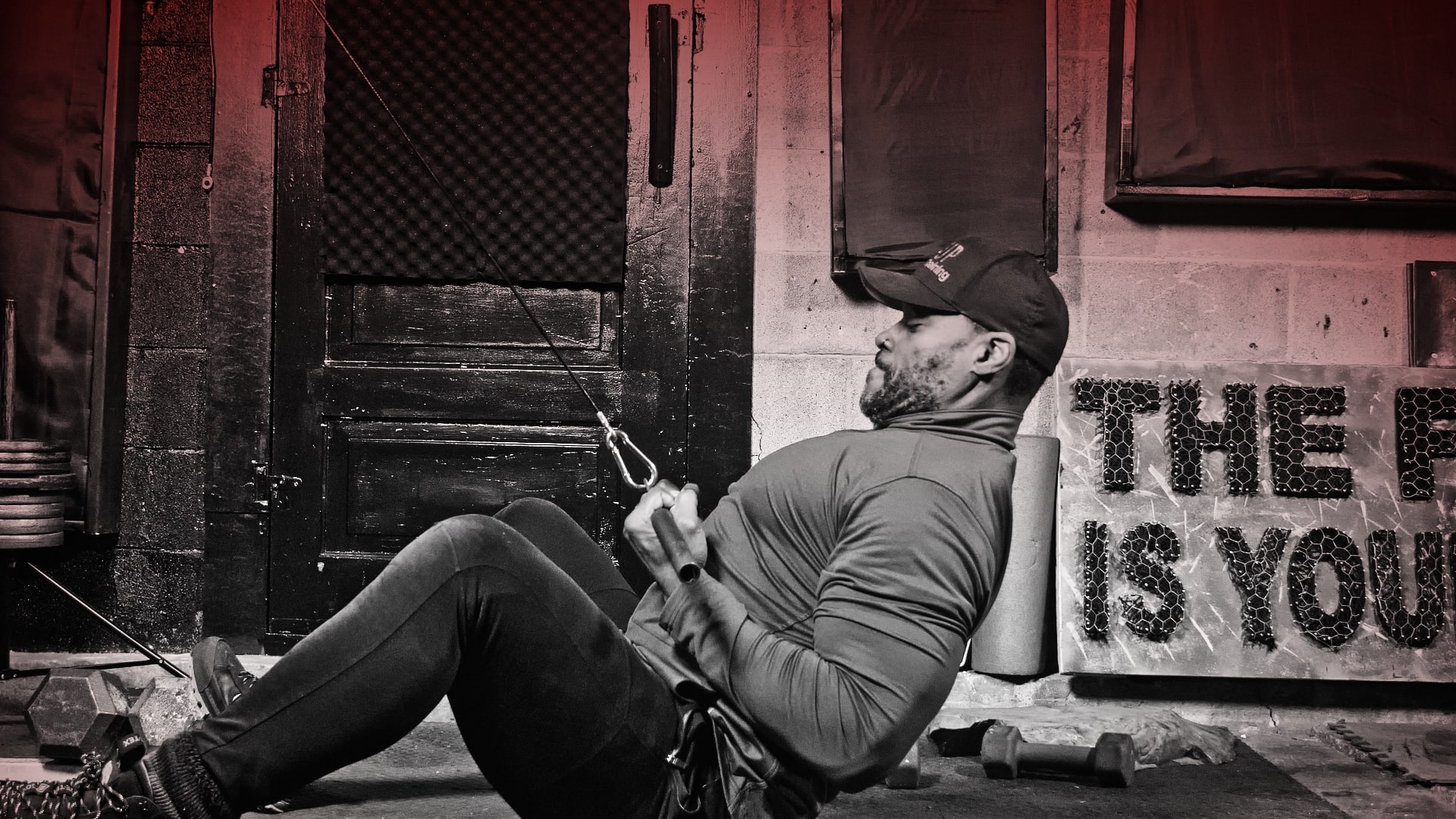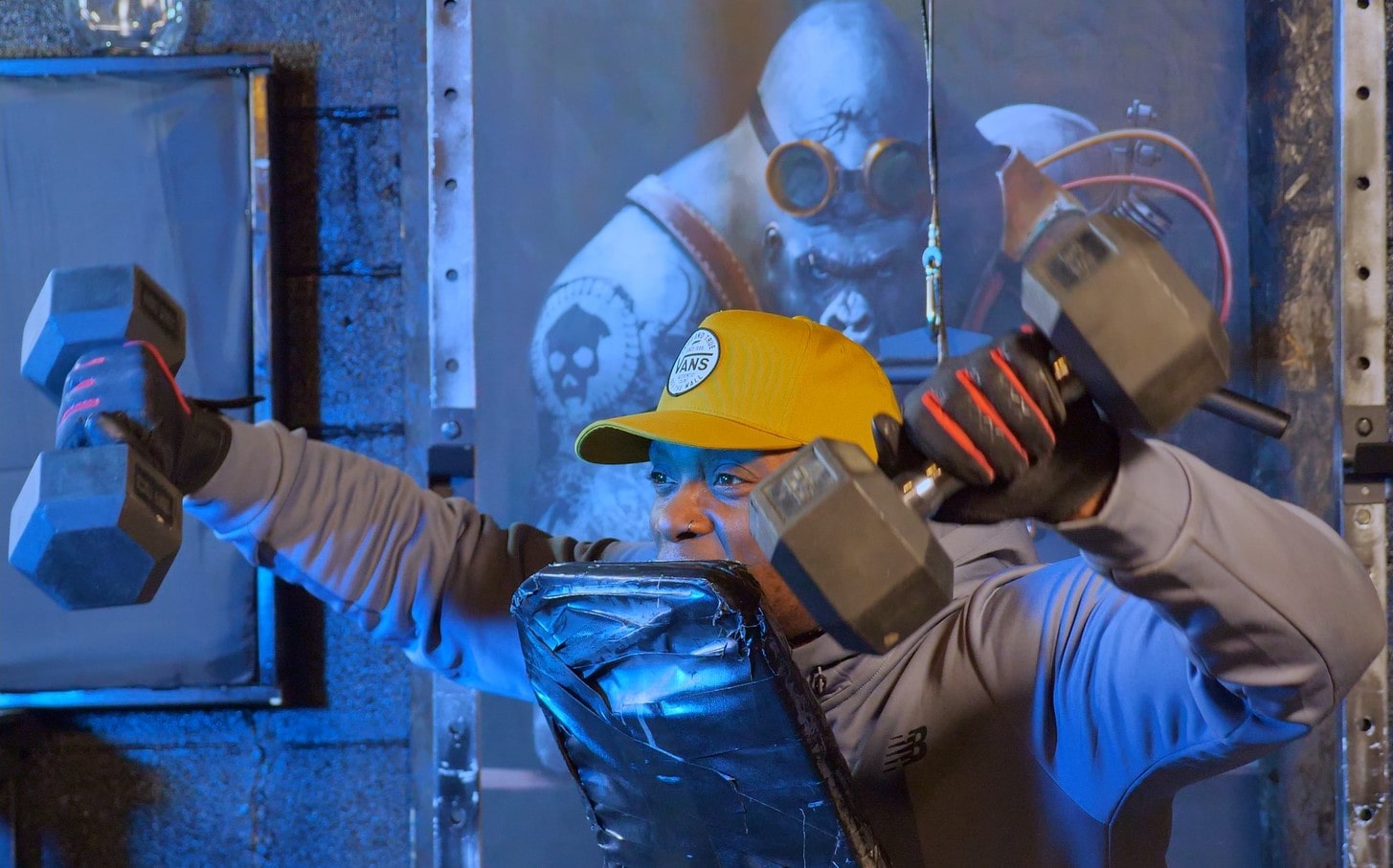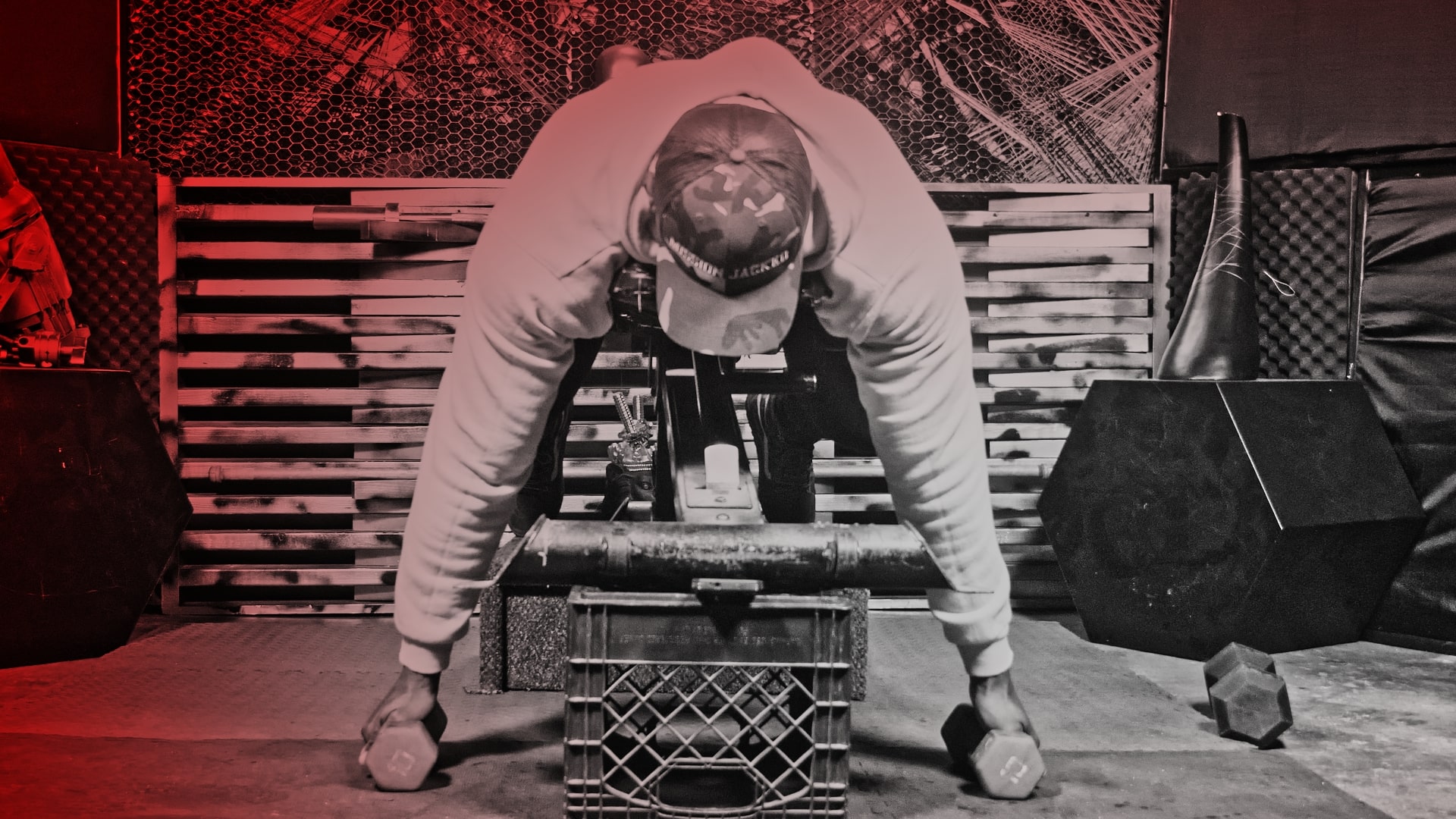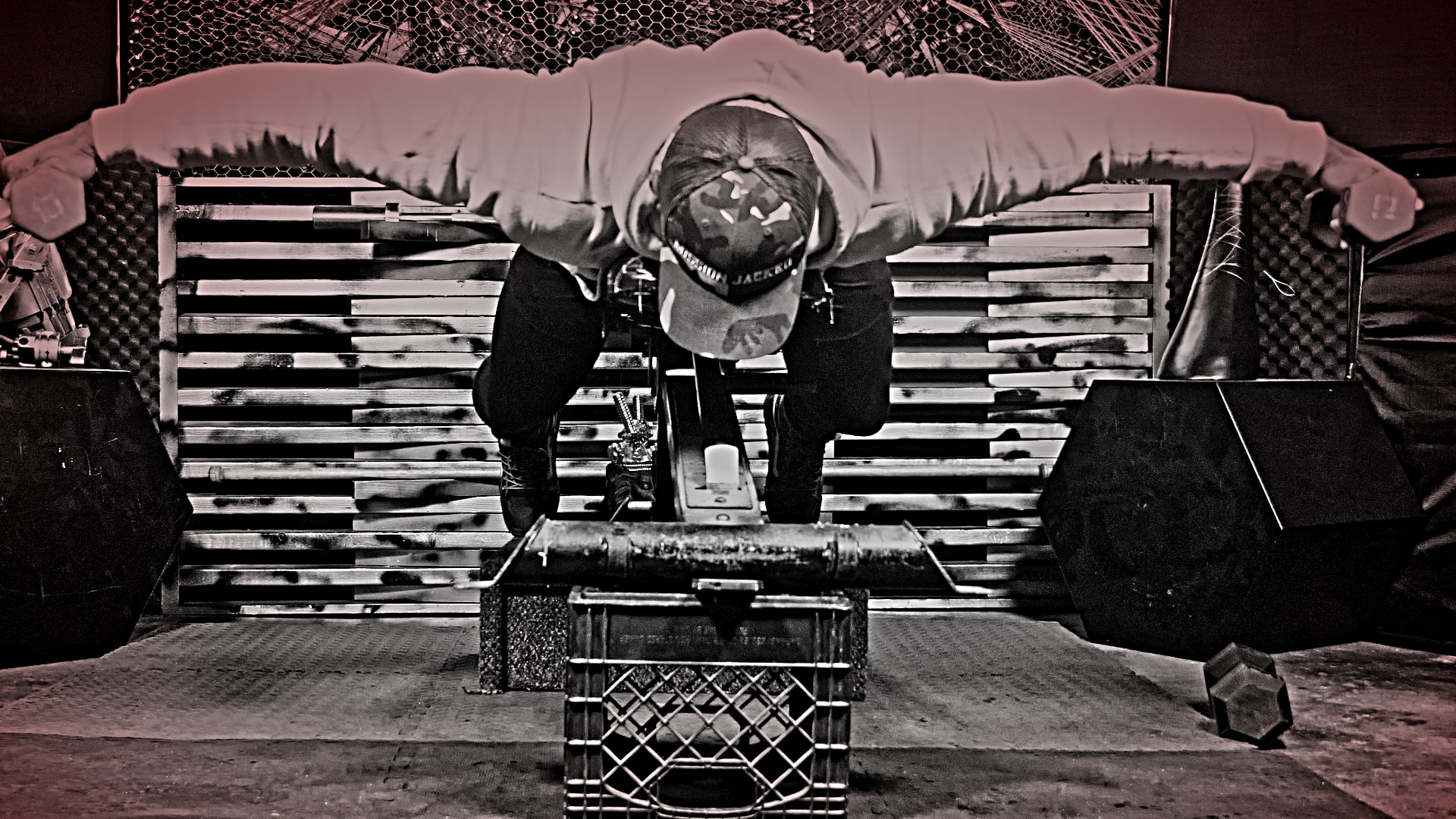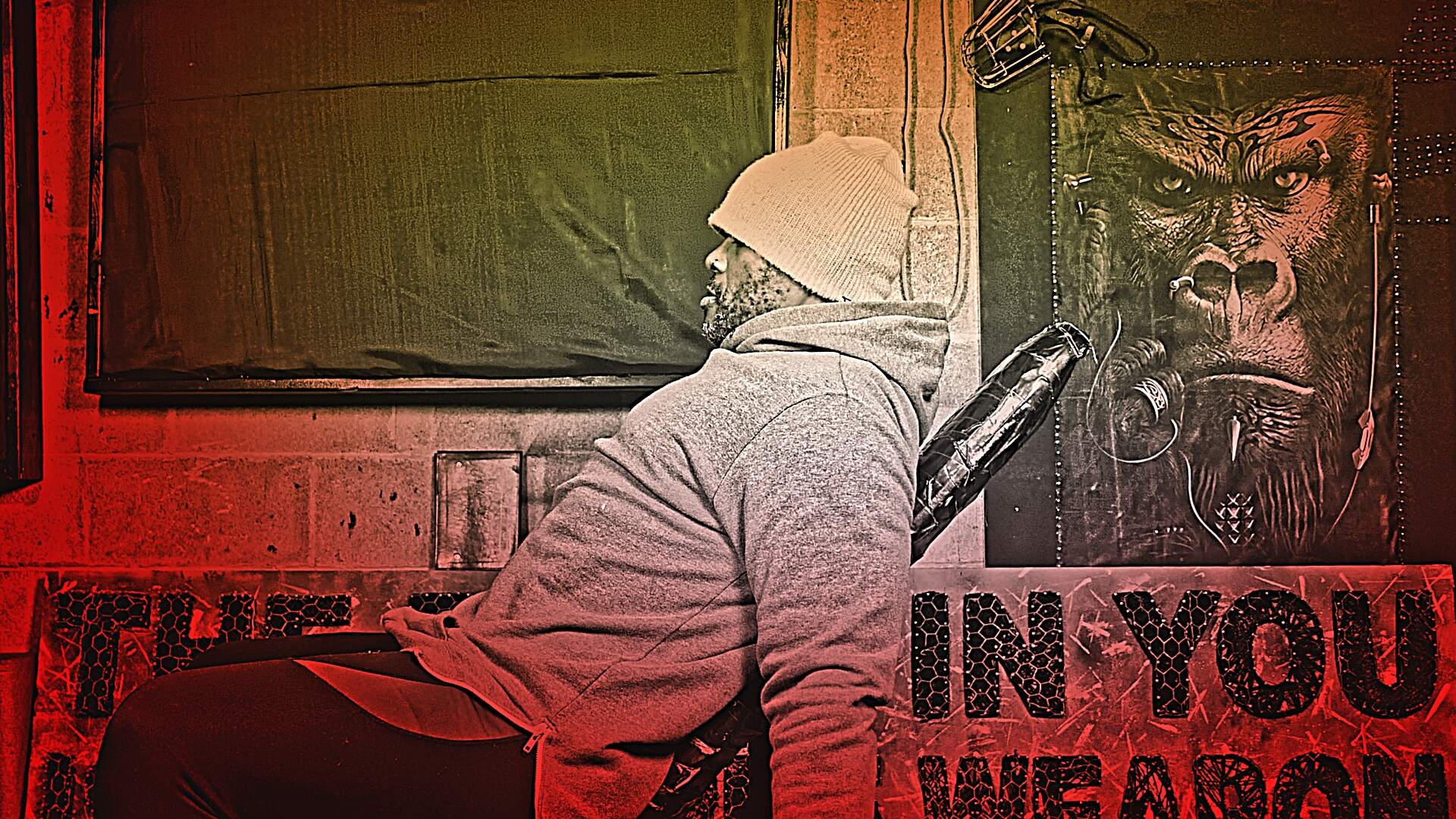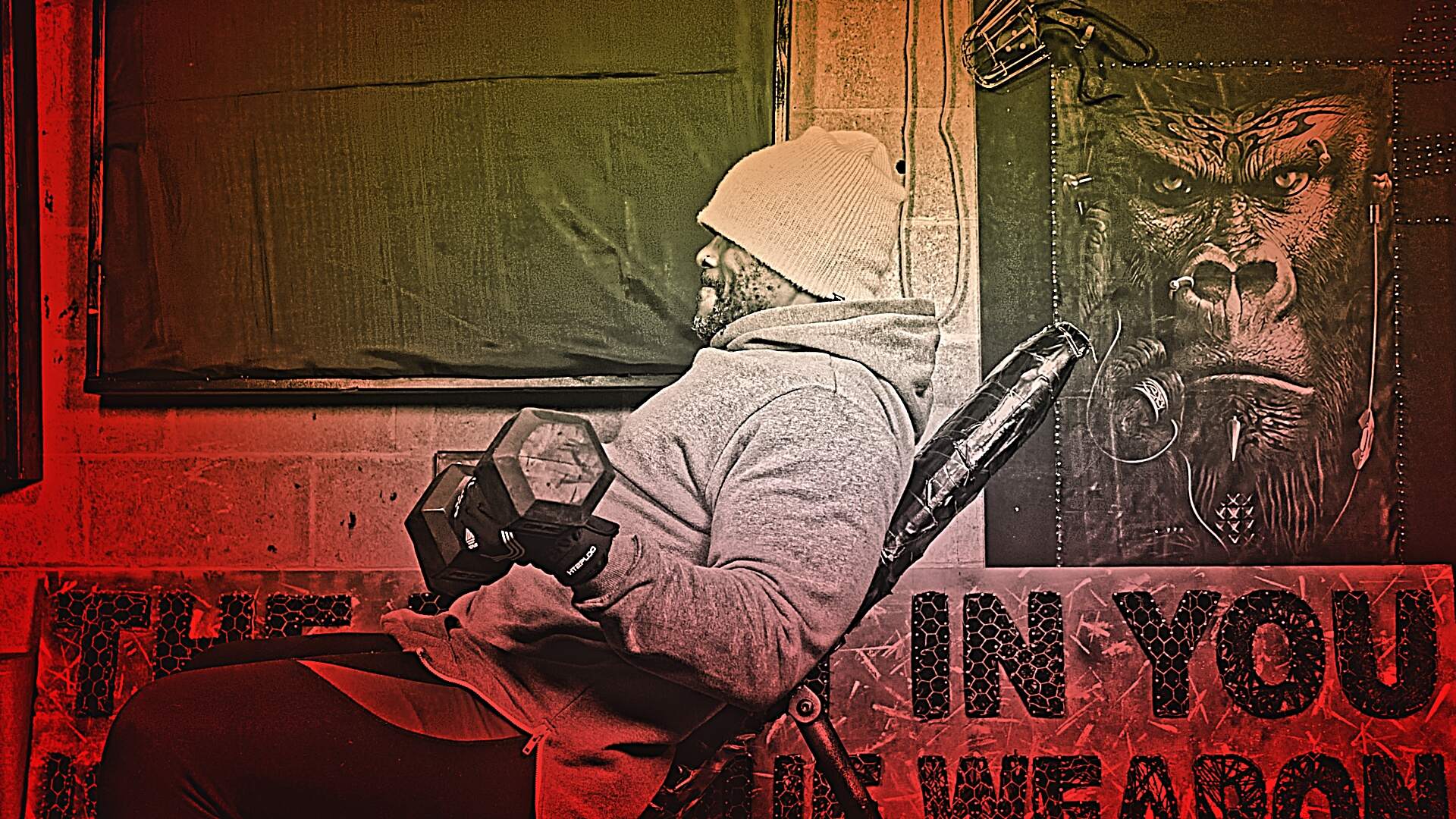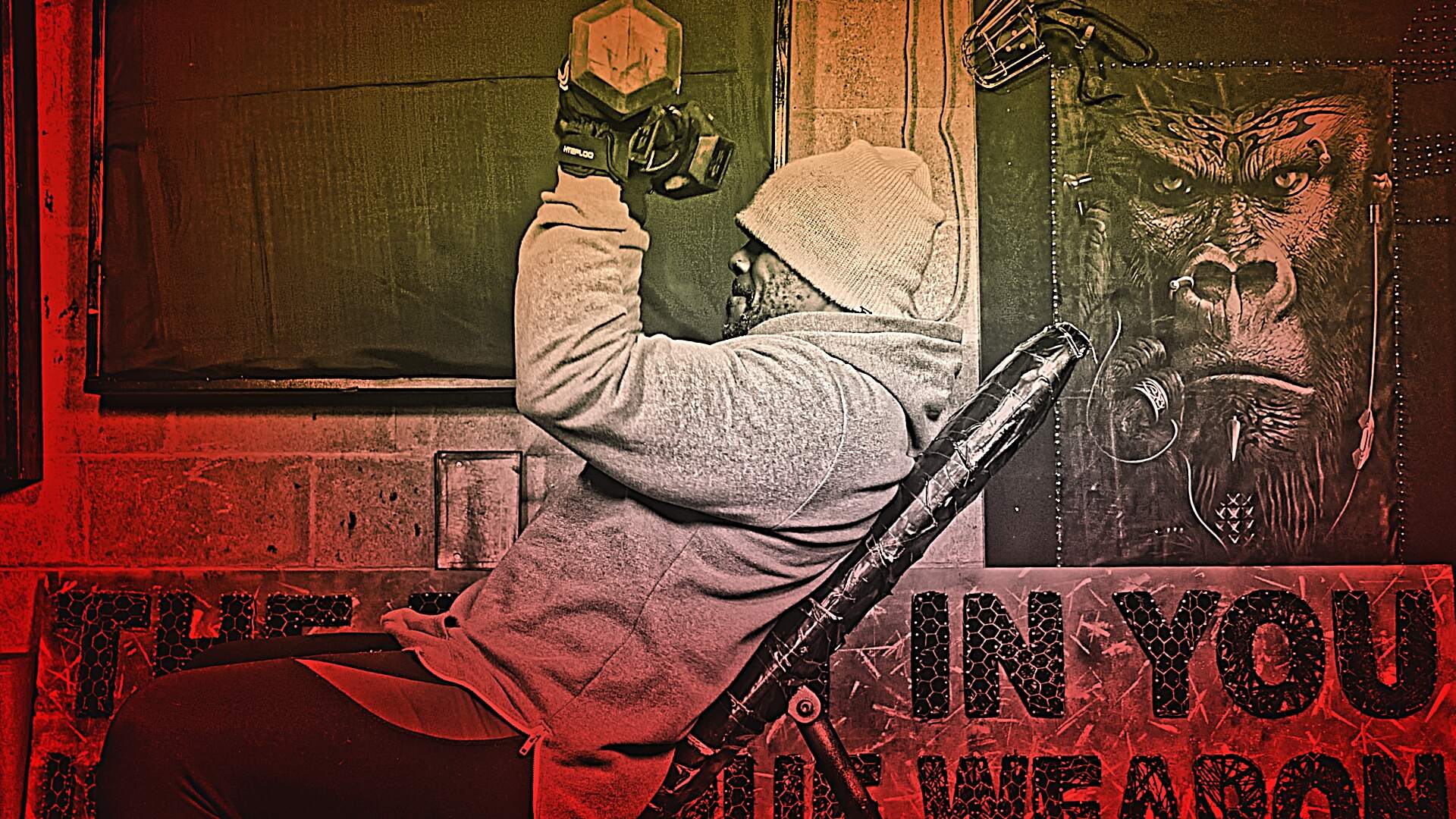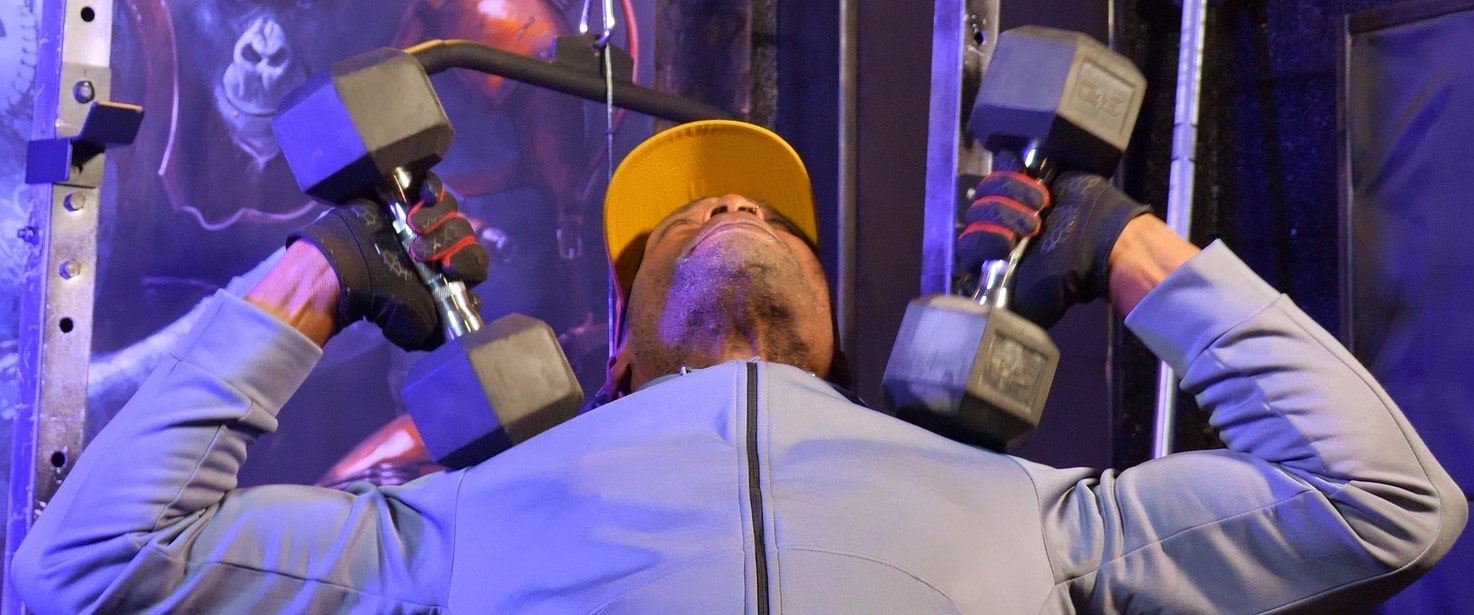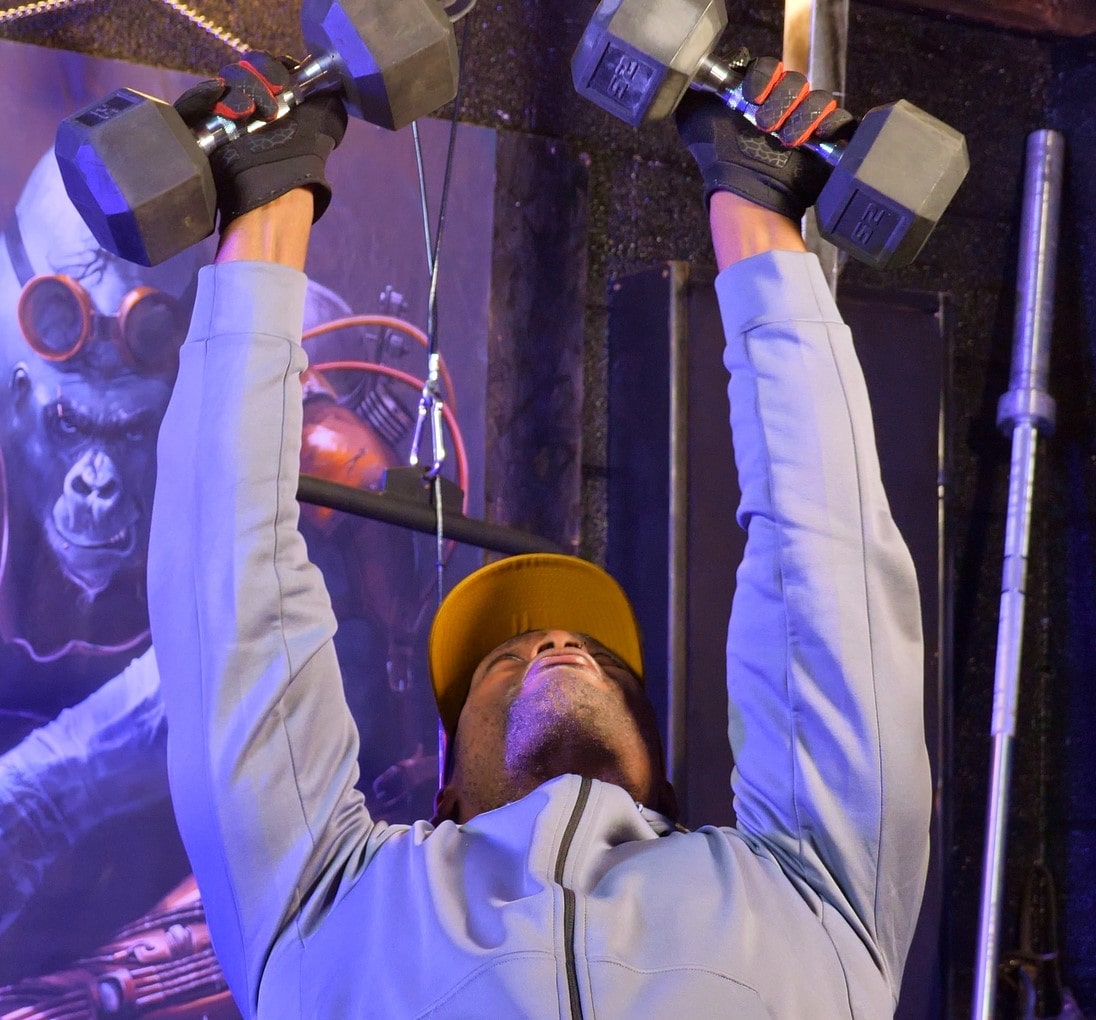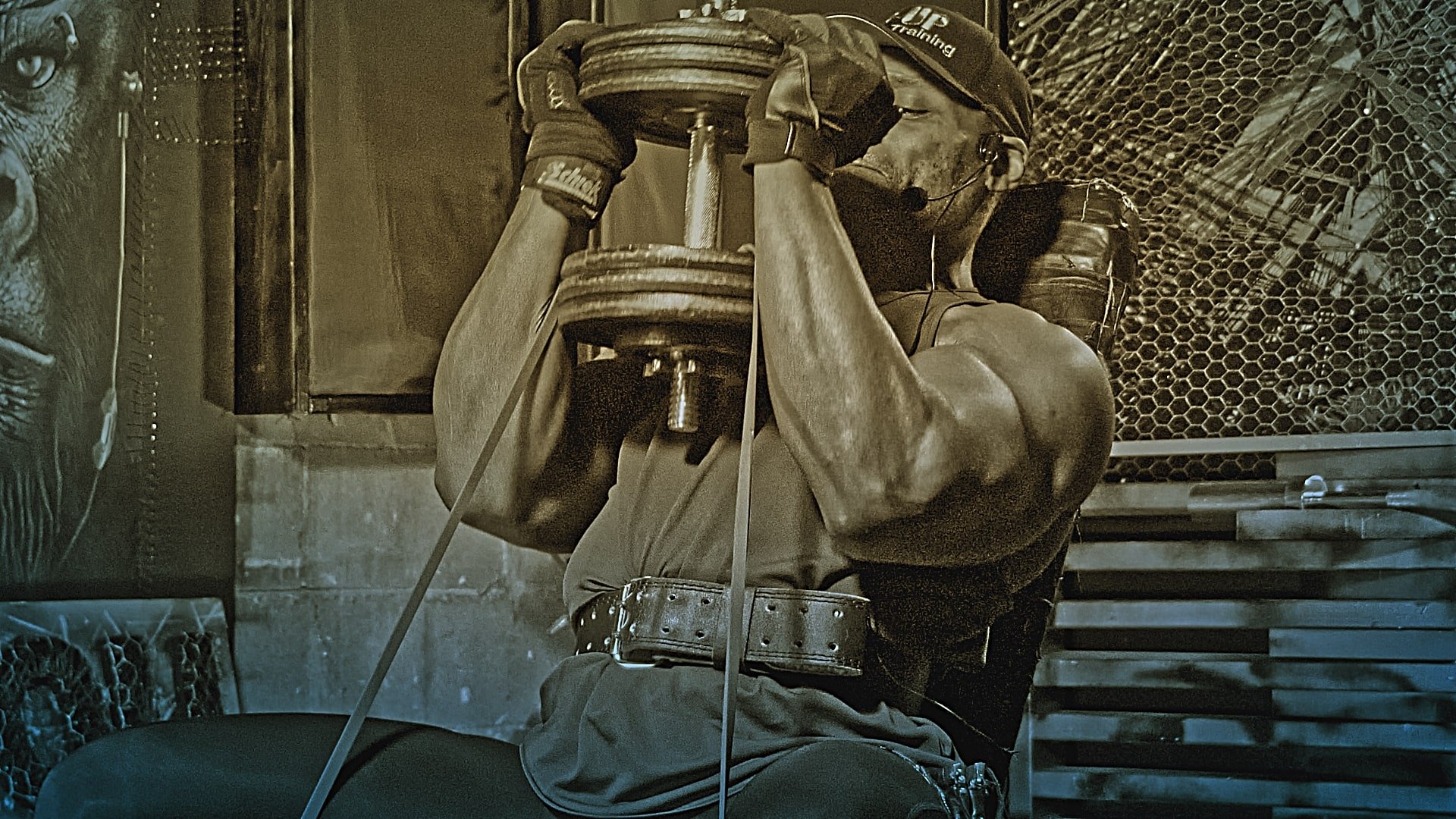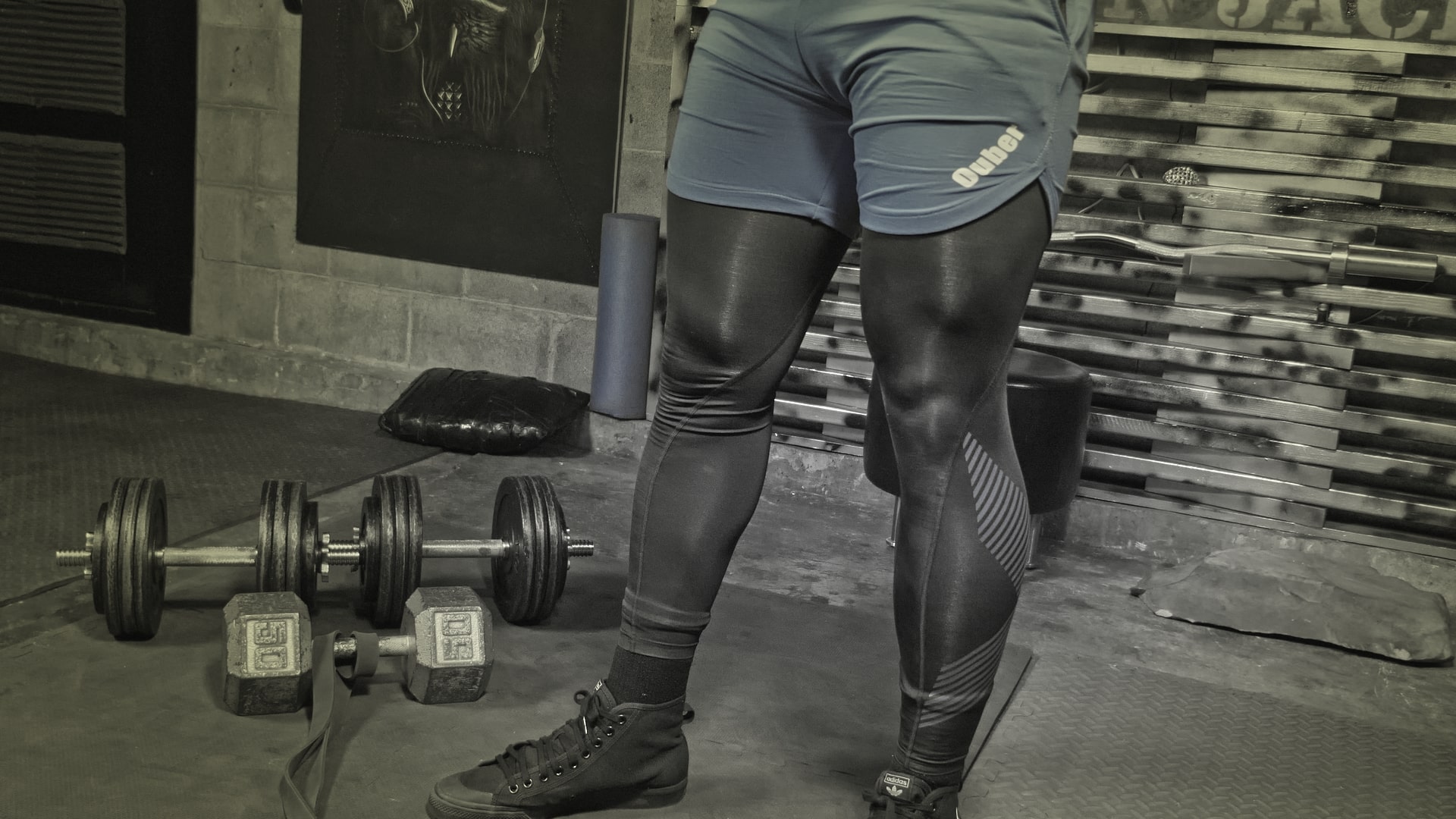Mission Jacked.com
The Best Muscle Building Program at Home – Everything You Need to Get Jacked:
Full Workout Program, Post-workout & Lean Bulk Blueprint.
Best Muscle Building Program at Home - Workout Profile:
Lifter Experience: Intermediate
Equipment Needed: Dumbbells Pulley Cable and resistance bands
Length: 4 weeks
Workouts per Week: 4
Training Split: Full body
Exercise Count: 33
Training Protocol: Autoregulation Training
Intensity Technique: Myo Reps
Table of Contents:
1: Introduction
Best Barbell Set With Bumper Plates Under $1100
Workouts Under The Spotlight:
Have You Tried This Muscle Building Rear Delts Workout?
Your Next Home Dumbbell Workout Is Waiting!
Get Your Full Body Workout With Dumbbells
I Challenge You To Find A Better Chest and Tricep Dumbbell Workout
Look No Further For Your Next Back and Bicep Dumbbell Workout
Beast-Like Dumbbell Shoulder Workout
Killer Lower Body Dumbbell Workout
This Is Your Next Dumbbell Leg Workout
There's No Excuse For Not Training Calves at Home With These Calf Raise With Dumbbell Variations
Workout Video Under The Spotlight
If you’re training at home, it can be difficult to consistently build muscle after the newbie gains have ceased and the old programs stop delivering results. If you want to make big changes to your physique, then you’re going to have to make an extra big effort inside and outside of the gym.
My name is Psymon H., architect of the Mission Jacked movement, creator of the BIG-UP Home Training System, and the man making his name from improving physiques and growing natural muscle with minimal equipment.
In this article, I’ve designed a 4-week training block to help you jump-start your muscle-building project at home.
This is the ultimate dumbbell and cable workout plan for lifters with more than 24 months of consecutive training under their belt.
How To Lean Bulk
Items Needed:
All you need are dumbbells, a pulley cable, 2 rope and 1 straight bar attachment, a bench, and a few resistance bands.
Can You Build Muscle With at Home Workouts?
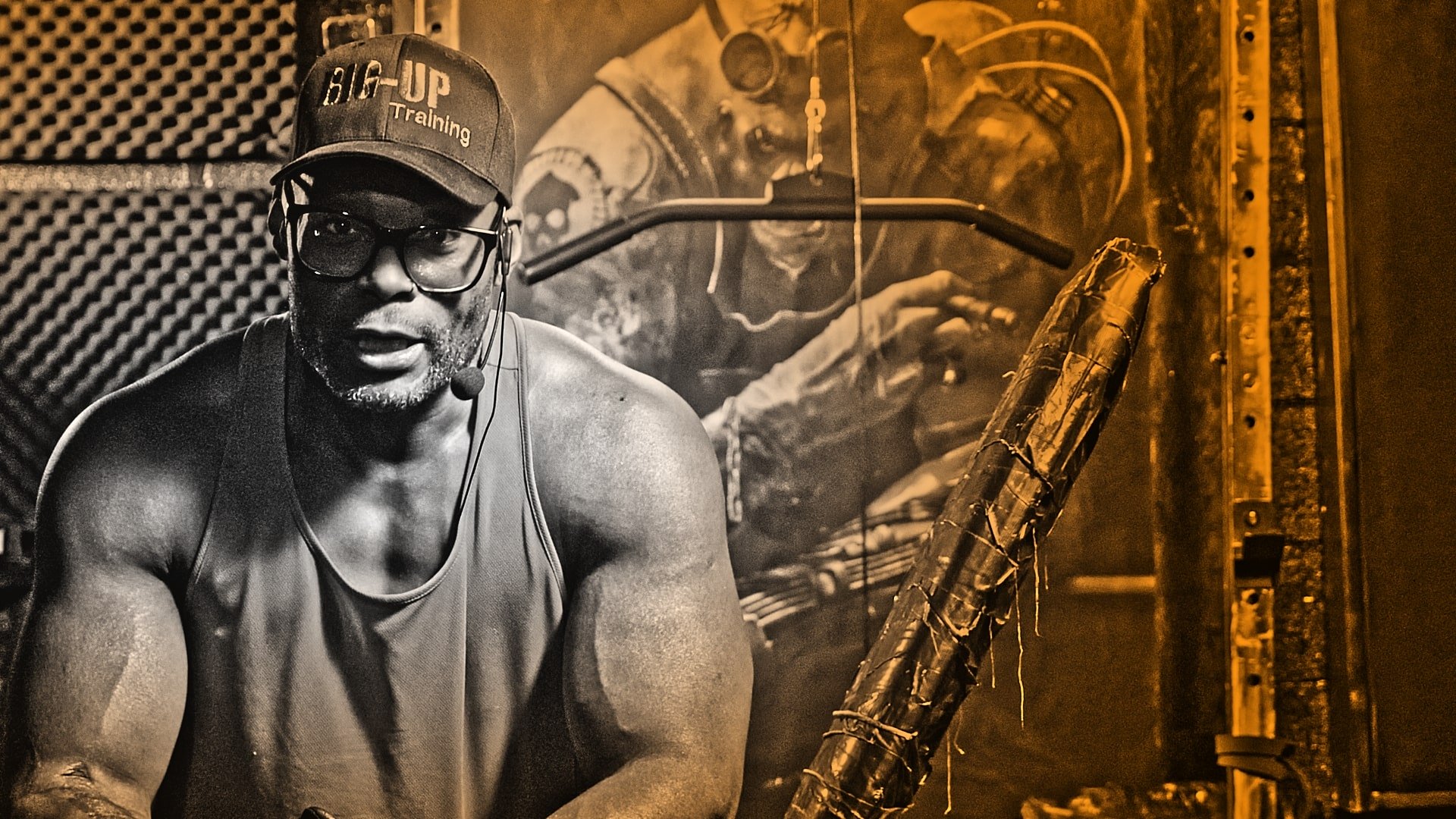 Psymon H., 52 years strong and still pushing
Psymon H., 52 years strong and still pushingBuilding muscle at home is the Mission Jacked area of expertise. This full 4-week workout plan for muscle gain at home will prove to you that with minimal equipment and nearly 40 years of Mission Jacked experience on your side, Big Things Can Happen!
How To Build Muscle at Home:
First, I’ll share the four workouts that make up this 4-week training block. We'll move on to exploring the training protocol and intensity technique that we're going to use to shock the body into growth.
Next, I’ll break down each exercise with cues, tips, and pictures to put you in the best position to grow. I will touch on sets, reps, and how to determine if you're in an optimal state to train.
I'll answer some FAQs, so by the time I'm finished prepping you, all you'll want to do is get inside the gym and turn your newfound knowledge into power and power into new muscle.
As a parting gift, I’ve put together a Post-Workout and Lean Bulk Blueprint for you to download. This information alone will put you streets ahead of the competition and ensure that you have everything covered.
What
Results Can You Expect From The Best Muscle
Building Program at Home?
As this training block will shock your body into rebuilding damaged muscle fibers bigger and stronger by attacking muscle groups multiple times per week, you will need to pay special attention to your diet, post-workout nutrition, sleep and stress management.
Nothing in life is guaranteed; but with that being said, if you do the work; you can expect to see improvements in density and lean muscle mass. We can show you all of the tips and tricks, but it’s going to be up to you to put the work in to get the muscle out.
Dumbbell Clean and Press Your Way To A Stronger and Fitter Physique!
How Does This 4 Week Workout Plan For Muscle Gain at Home Work?
You’ll be training muscle groups multiple times per week using full-body workouts (up to 4 times per week) to fuel a response that will help build them back stronger and bigger.
Don’t worry if you’re not used to this type of training; as you won’t be hitting each muscle the same on consecutive workouts, and because you'll be using autoregulation training, your body will soon make the necessary adjustments and recover accordingly. Remember, there’s no shortcut to building natural muscle.
Take your time and read the following blueprint because knowledge is power and power builds muscle.
Read our disclaimer here before starting any of
our workouts and always warm-up and warm down after every session
The Best Muscle Building Program at Home Workout & Exercise List:
Workout
1 (Auto-regulation Training):
x 3-4 working sets per exercise x 8 repetitions
per set (2 reps in reserve)
Quads: Incline Split Squats
Hamstrings: Contralateral Bulgarian Split Squat
Chest: Precision Incline Dumbbell Press
Back: Dumbbell Bent Over Row
Side Deltoids: Leaning Single Arm Lateral Raise
Rear Deltoids: Single Arm Supinated Row
Calves: Standing Single-Leg Dumbbell/Band Calf Raise
Biceps: Standing Drag Curl
Triceps: Single Arm Tricep Cable Extension
Workout 2: (Myo Reps)
Quads/Calves: Toe squats
Hamstrings: Hamstring Dumbbell Curl
Chest: Incline Fly
Back: Rope Pullovers
Shoulders: Seated Arnold Press
Biceps: Incline Jam Curls
Triceps: Incline Tricep Pushdowns
Traps: Incline Dumbbell Shrugs
Workout
3: (Auto-regulation
Training):
x 3-4 working sets per exercise x 6 repetitions per set (2 reps in
reserve)
Quads, Hamstrings & Back: Dumbbell Deadlifts
Chest: Decline Dead-stop Floor Dumbbell Press
Side Deltoids: Incline Lateral Raise
Rear Deltoids/Mid & Lower Traps: Face Pulls Into Press
Biceps: Plate Curls
Triceps: Reverse & Twist Skull Crushers
Calves: Bent Knee Single Leg Calf Raise
Workout 4: Myo Reps:
Quads: Bulgarian Split Squat
Hamstrings: Toes Up Dumbbell RDLs
Chest: Standing Fly
Back: Reverse Pulldowns
Side Deltoids: Face Forward Lateral Raise
Rear Deltoids: The Dead-Stop Rear Delt Dumbbell Fly
Biceps: Incline 90/90 Curls
Triceps: Incline Kickouts
Calves: Bent Knee Single Leg Calf Raise
Choosing The Best Dumbbell Set With Rack 5 50 lb. Combo
The
Best Muscle Building Program at Home Make Use of
Reps In Reserve To Control
Fatigue:
This 4-week block is structured around the use of Reps in Reserve (or RIR) as a tool for measuring the intensity of effort. If you're new to reps in reserve, don't worry, you'll soon get the hang of this great way of tracking your workout intensity and determining how hard a set feels and how many more reps could have achieved failure.
If you've used reps in reserve before, one of the most significant issues you may have found was coming to grips with how to implement them inside a program, especially if you're used to just aiming for a set number of repetitions per set or just going until you can’t move the weight.
Reps in reserve are easy to understand; for example, you know "2 Reps in reserve" means you stop a set 2 repetitions from failure. Nevertheless, in practice, how do you start pinpointing what 2 repetitions in reverse feels like if you're not used to evaluating your performance this way?
The
Best Muscle Building Program at Home Uses
Autoregulation Training To Maximize
Results:
Most workout programs are based on the assumption that progression is always linear. While this idea is true for novice lifters who can guarantee an increase in weight used on every workout, the same can’t be said for the intermediate lifter who couldn’t possibly predict how much weight they would be lifting a month from now.
A good muscle-building program should ebb and flow based on your current level of fatigue.
When you use auto-regulation training, your fatigue is being managed on your performance within a given set. What this means is that sometimes you will lift more and sometimes less weight for the same amount of reps per set and reps in reserve, simply because naturally, you'll push yourself when you’re in an optimal state to perform and pull back when you’re not.
What I’m about to outline is a training protocol that will take you from never using auto-regulation training to feeling super confident in your abilities to jump-start muscle gains.
To have variables you can control during these 4-weeks to help you develop the skill of rating your performance set by set, you’re going to be given a reps per set and reps in reserve target for each workout. This will help you determine your exertion level during every working set.
Calling Each Set:
Throughout this training block, you'll use 2 repetitions in reserve as your intensity benchmark on workouts 1 and 3, meaning that you'll aim to leave no more than two reps in the tank after each working set. Both workouts will have a set number of repetitions you must perform for each working set.
On completion of your first set of prescribed repetitions has been completed, you'll assess your performance with the specified 2 reps in reserve in mind. You do this by asking yourself a simple 'yes' or 'no' question after every working set: "Am I above or below the Reps in Reserve target?"
If you undershoot your reps in reserve target, for example, you have 4 or more reps in the tank after your first set; you add weight to the next set.
Overshoot the reps in reserve target where you have 1 or fewer reps in reserve, remove weight for the next set. You repeat this same process after each set is completed.
If, after careful consideration, you assess your performance as the same reps in reserve prescribed, i.e., you're not higher or lower than the 2 reps in reserve, you keep the same load for the following set and ask yourself the same question again after completing the next set.
This way of training will help you continuously assess your performance with a "reps in reserve" benchmark in mind. You may have difficulties rating your reps in reserve as a standalone measurement of performance, but because you have a set number of reps to perform on each workout, you only need to assess whether you're higher or lower than the reps in reserve target.
The
Best Muscle Building Program at Home Benefits
From The Use Of Myo-Reps:
You will make use of Myo-Reps on your second and fourth workout of the week. Myo-Reps are great for adding quality volume in a limited time, by using rest-pause training with lighter loads as a tool for generating high levels of fatigue and maximizing muscle fiber activation.
How To Use Myo-Reps:
Step 1: First, choose a weight that allows you to perform 15-20 repetitions with 1 rep in reserve. It may take a week or two to find the correct weight but be persistent.
The Activation Set:
Step 2: Perform one activation set of 15-20 repetitions aiming to get close to the failure point of 1 repetition in reserve.
Step 3: Rack the weight and take a 10-second break
Rest-Pause Sets
Step 4: Perform 5 repetitions, rack the weight and take a 10-second break
Step 5: Perform 5 repetitions, rack the weight and take a 10 seconds break.
On week one, perform no more than 2 rest-pause sets after your activation set.
On week two, perform no more than 3 rest-pause sets
On week three, perform no more than 4 rest-pause sets
On week four, perform no more than 4 rest-pause sets.
The Best Muscle Building Program at Home Workout Split:
As you will be training four times per week, it’s advised that you organize your training so rest days are evenly spread out throughout the week; example:
Monday: Training (autoregulation training)
Tuesday: Training (Myo Reps)
Wednesday: Rest Day (cardio and abs)
Thursday: Training (autoregulation training)
Friday: Training (Myo Reps)
Saturday: Rest Day (cardio and abs)
Sunday: Rest day
Of course the above is nothing more than an example; implement the training schedule that best fits your lifestyle.
The Best Muscle Building Program at Home Exercise Cues & Tips:
The
Best Muscle Building Program at Home – Workout 1:
Quads - Exercise 1: Incline Split Squats
The Incline Split Squat will fire shots into the lower portions of the quads. Expect to feel some collateral damage in the Hamstrings.
Items Needed: One Bumper plate or a low platform and a pair of dumbbells.
Cue 1: Place your bumper plate or low platform one stride in front of you. Hold two dumbbells with a palm in grip and stand hip-width apart with toes pointing forward.
Cue 2: Keep a nice tall posture as you take a big stride forward onto the edge of your platform. Make sure your front heel stays on the platform and your toes drive into the ground.
Cue 3: Tense your core and maintain a straight back as you lower yourself down until your back knee hovers or lightly touches the floor behind your platform.
Cue 4: Drive your toes into the ground as you push yourself back to the start position.
Get Jacked With This Home Dumbbell Workout For Men
Best
Muscle Building Program – Workout 1 Exercise 2
Contralateral Bulgarian Squats
(Hamstrings and Glutes)
This exercise is a variant of the dumbbell split squat and an exercise used to target the muscles of the leg, especially the hamstrings. When you utilize a contralateral load, you challenge the core to stabilize and remain upright.
Items Needed: One dumbbell and a bench or bar on a rack.
Cue 1: With one dumbbell on your right side, rest the topside of your right foot on a bench or a bar off a rack behind you and step forward with your left foot until it’s a good stride in front of the resting leg.
Cue 2: Keep as upright as possible, brace your core and generate force in the front leg by tensing the muscle. Slowly lower your front leg until your knee is at a 90-degree angle to your ankle.
Cue 3: Briefly pause in the bottom position before smoothly making your way back to the top of the movement. Repeat the set for your opposite leg.
Best Muscle Building Program – Workout 1 Exercise
3:
Precision Incline Dumbbell Press (Upper Chest)
If, like me, you're not blessed in being able to grow a decent chest while using bad form, then this pressing movement is a great introduction to learning how to be meticulous with all parts of an exercise.
You’ll quickly realize after a few reps of this magnificent top-shelve chest builder that it's not the run-of-the-mill Dumbbell incline press. Be warned, your ego is going to have to give way to technique and good form for this to work.
Items Needed: An incline Bench set at a 60-degree angle and one pair of dumbbells.
Cue 1: Sit back on the bench with dumbbells in hand. Set the dumbbells at a 90-degree angle to your upper chest.
Cue 2: Lift your chest high, tense your core and bring your chin towards the top of your Chest so you are looking down your torso.
Cue 3: Retract your shoulder blades by pulling them down and pinning them into the bench.
Cue 4: Tense your chest as you press the dumbbells up to maximize the mechanical tension of the muscle. As you reach the top of the movement, you're going to focus on squeezing your upper arms against the side of your chest (this is what's known as bringing the origin and insertion points closer together.) It's only near the top of the movement do you start to follow through with your shoulders.
Cue 5: Bring the dumbbells down using that same line as if you are pressing between two panes of glass. Repeat all of the clues before each repetition.
Top 10 Best Dumbbell Chest Exercises
Best Muscle Building Program At Home – Workout 1 Exercise
4:
Dumbbell Bent Over Row (Lats and upper back)
Things don’t become any easier because now you’re face-to-face with the brutal Dumbbell Bent Over Row. There’s no time to worry about how much gas you have left; just pick the dumbbells up and row.
Cue 1: Take a dumbbell in each hand and hinge at the waist with your feet set shoulder-width apart.
Cue 2: Have the dumbbells in front of your shins with palms facing back. Maintain a flat back and a slight bend at the knees as not to put stress in unwanted areas.
Cue 3: Retract your shoulder blades by pulling them down; this will help to activate the Lat muscles and get a better mind/muscle connection. Tighten your core and squeeze your back.
Cue 4: Row the dumbbells smoothly to your hips and as you reach the top of the movement, rotate your palms so they are facing each other. Hold and squeeze briefly before lowering the dumbbells to the start position.
Cue 5: At the bottom of the movement, protract your shoulders so it looks as if you are hunching over. This will help to engage more upper Back muscles. Repeat all of the cues as you go through each repetition.
Best Dumbbell Back and Bicep Workout
Get Your Fill of Dumbbell Lat Exercises
Best Muscle Building Program At Home – Workout 1 Exercise
5:
Single Arm Leaning Lateral Raise (Side Deltoids)
I’m sure you’ve done your fair share of Standing Lateral Raises, so I thought we put the exercise in a lean position so you can zero in on the medial deltoid head.
Items Needed: One dumbbell, a wall, or a rack.
Cue 1: Stand side onto a wall or a power rack and step out. Place the dumbbell in the hand furthest away from the wall and now lean on the wall with your nearest shoulder.
Cue 2: Start with the dumbbell about 12 inches away from your side and try to flair out your lats.
Cue 3: Raise the dumbbell out to the side until it’s at shoulder level. Briefly hold before slowly returning the dumbbell to the start position.
Learn The True Lateral Raise and all its Variations
Best Muscle Building Program At Home – Workout 1
Exercise 6:
Supinated Single Arm Row: (Rear Deltoids)
This is a formidable exercise for effectively contracting the rear delts because the premise of the movement is to get your elbows up and behind the line of your back. You can do this exercise by either hinging at the hip (as in the picture) or by leaning over on a bench.
Items Needed: One Dumbbell
Cue 1: Hold one dumbbell with a supinated grip and hinge over at the hip. With feet shoulder-width apart, start with the dumbbell in between your feet.
Cue 2: Retract your shoulder blades by pulling them back and tensing your core muscles.
Cue 3: Row the dumbbell in line with your shoulders until your elbow is behind the line of your shoulder blades.
Cue 4: Squeeze your rear deltoid at the top of the position before slowly lowering the dumbbell to the start position in between your legs.
More Rear Delt Fly Variations
Best
Muscle Building Program At Home – Workout 1 Exercise 7:
Standing Single-Leg
Band/Dumbbell Calf Raise (Calves)
Items Needed: Heavy dumbbell, heavy resistance band, and a doorstep or block.
Cue 1: Place the band under the ball of your working foot and over the opposite shoulder with the dumbbell on the working side. Hold inside a door frame or rack to maintain balance before placing the ball of your foot on the edge of the block or step.
Cue 2: Raise on your toes as high as you can go and hold for a second before lowering past the level of the step. Make sure to keep the band under the ball of your feet to keep it secure.
Get Up On Your Toes With More Dumbbell Calf Raises
Best
Muscle Building Program At Home – Workout 1 Exercise 8:
Standing Dumbbell Drag Curls
(Biceps)
The Standing Dumbbell Drag Curl should be seen as the meat, potatoes with all the trimmings. If you want to make the guns shoot a hole in the sleeves, make sure to do a good job of executing this movement.
Items Needed: A pair of dumbbells.
Cue 1: Stand erect with your core tensed and retract the Shoulder Blades, making sure that you keep the dumbbells from traveling in front of you as you begin to curl them up to chest height. Keep the Shoulders as still as possible and squeeze the biceps to create more tension.
Cue 2: Briefly pause at the top of the movement before returning to the start of the exercise.
Grab Some Incline Curl Variations
Best
Muscle Building Program At Home – Workout 1 Exercise 9:
Single Arm Tricep Press
Downs (Triceps)
The main portion of the Tricep is the long head which is situated at the back of the arm and is most visible when you face the rear. The Single Arm Tricep Press Down does a wicked job of virtually isolating this area and putting it to work.
Items Needed: Overhead Pulley cable and a rope attachment
Setup: Attach the rope to the pulley and pull the rope through so it becomes one long handle.
Cue 1: Grab the rope with a neutral grip and step a few feet away from the station. Slightly hinge over at the hips. Tuck your elbow into your side and start with the Tricep in a full lengthen position by having your forearm up near your face.
Cue 2: Keeping your shoulder still and your working arm near your side, extend your arm behind you so your hand passes behind the line of your back. Briefly hold before returning the rope to the start position.
The Best Muscle Building Program at Home – Workout 2:
Best Muscle Building Program At Home Exercise
1:
The
Toe Squat (Quads and Calves)
We kick off the best muscle-building program at home with a quad and calf combo and one of the most challenging exercises to master if you have less than good balance. With that being said, it's an exercise worth learning for all the good it can do for your Quads, Abductors, Calves, and Glutes. Named the Toe Squat because the entire movement is carried out on your toes, this exercise will blow a hole in the entire Quad muscle.
Equipment Needed: A pair of dumbbells.
Cue 1: Start on your toes, shoulder-width apart, with feet pointed out at about a 45-degree angle.
Cue 2: Have the two nearest dumbbell heads at an angle as you pick them up with palms facing in with the dumbbells in between your legs as you slowly lift them off the floor. Make sure to maintain a flat back and a tight core throughout the movement.
Cue 3: Drive up on your toes, and as you straighten your legs, rotate the dumbbells until they are outside of each thigh with palms almost facing away from you.
Cue 4: As you lower down for the start of the next rep and as your knees open out, slowly bring the dumbbells back, so they are in between your legs with your palms facing in towards you.
Cue 5: Keep on your toes throughout the movement.
More Killer Dumbbell Quad Exercises
The
Best Muscle Building Program at Home Exercise 2:
Hamstring Dumbbell Curl
(Hamstrings)
This is an invaluable isolation movement that targets the lower portions of the Hamstrings and a really good addition to any home workout that involves building muscle.
Items Needed: Flat bench, a small platform or bumper plates, and one dumbbell.
Setup: Elevate the front end of a bench with either a platform or a couple of plates.
Cue 1: lay over the edge of the bench and secure the dumbbell in between your feet before lying chest down. Hold on to the end of the bench and make sure that your knees are just off the edge of the bench.
Cue 2: Start with your legs outstretched and tense your Hamstrings.
Cue 3: Slowly curl the dumbbell until it’s at a right angle to your legs to maintain maximum tension on the Hamstring muscles.
See where the Hamstring Curl Came In Our Dumbbell Hamstring Exercise Top 15!
The Best Muscle Building Program at Home Exercise
2:
The Incline Fly: (Upper Chest)
This is one of the most respected exercises and a movement that does its best work when the bench is set at between 45 and 75-degrees.
Items Needed: High incline bench and a pair of dumbbells.
Cue1: Set your bench between a 45 and 75-degree angle. Hold two dumbbells directly overhead with palms facing in and straight arms.
Cue 2: As you slowly lower the dumbbells, rotate your palms so that they are facing away from you. Bring the dumbbells down to a comfortable stretch and maintain a slight bend at the elbows.
Cue 3: Concentrate on using your Lat muscles to bring the dumbbells together at the top of the movement.
Named The Best Dumbbell Chest and Tricep Workout
The
Best Muscle Building Program at Home Exercise 3:
Rope Pullovers (Lats)
This is an awesome exercise for catching hold of the lower Lats.
Items Needed: Overhead Pulley Cable, 2 rope attachments
Setup: Attach both ropes to the pulley and pull them through so they become two long rope attachments. Step back and hold the ropes with palms facing each other in a slight hinge at the hip position with straight arms overhead.
Cue 1: Pull down on the ropes as if you are about to retract your shoulders. Bring the ropes down with straight arms until they pass the line of your body behind you.
Cue 2: Slowly bring them back to the start position.
Chest Supported Dumbbell Row Variations
Dumbbell Exercises For Lats
Best
Muscle Building Program at Home Exercise 4:
Seated Arnold Press (All Three
Deltoid Heads)
While the Seated Dumbbell Press is an excellent compound mass builder, I figured you may have done your fair share of dumbbell presses, so I thought we would shake things up with an equally solid shoulder mass builder as our first movement. This exercise will terrorize more than your three deltoid heads; it will go after your Trapezius, Triceps, Rotator Cuff muscles, and upper chest in the process.
Items Needed: One pair of dumbbells and an upright bench.
Cue 1: Sit upright on a bench with your back firmly resting against the pad. Have a dumbbell in each hand and have them set at a 90-degree angle to your shoulders with palms facing away from you. Tense your core and take a deep breath in. Exhale as you press the dumbbells directly overhead. Slowly bring the dumbbells down to the start position.
Cue 2: After lowering the dumbbells, bring your elbows in front of you, maintaining a 90-degree angle from the dumbbells to your shoulders.
Cue 3: You will feel your rear delts activate as you bring the elbows back to the start position for the second repetition.
Dumbbell Shoulder Workout For Mass
Best
Muscle Building Program at Home Exercise 5:
Incline Jam Curls (Biceps)
This short Bicep head exercise is a variation of the incline dumbbell curl, and a movement, if done correctly, will have you wanting to drop the dumbbells long before the set is over.
The two major differences between the incline dumbbell curl and the Incline Jam Curl are the setup and the angle at which you curl the dumbbells.
Target Muscle: Short Bicep Head
Items Needed: Incline Bench set up about 60 degrees and a pair of dumbbells.
Cue 1: Sit back on an incline bench with dumbbells in hand. Pinback your shoulders so your elbows are pinned into your sides. You should feel your Lats tense as you lift your chest and tighten your core.
Cue 2: Keeping your elbows tucked in and dumbbells out to each side, tense your Biceps before curling the dumbbells so they come up in line with your mid-Deltoids instead of in front of you. As you get to the top of the movement, gently rotate the dumbbells so your pinky finger is higher than the rest of your hand.
Cue 3: Briefly squeeze each dumbbell before slowly returning to the start position. Repeat for the desired amount of repetitions.
Best
Muscle Building Program at Home Exercise 6:
Incline Rope Pushdowns (Triceps)
Items Needed: Pulley cable, an incline bench and a rope attachment.
Cue 1: Attach your rope. Set your incline bench at a 60-75 degree angle and position it a few feet away, so that your back is facing the station.
Cue 2: Grab the rope attachment before sliding onto the bench. Start with the rope about forehead level and palms facing each other. Keep your elbows tucked into your side. Retract your shoulders to stop momentum before slowly extending into the full-arm stretched position.
Cue 3: As you reach the bottom of the movement, try to rotate your palms so they face the floor before returning to the top of the movement. Keep chest up and shoulders retracted throughout the movement.
Best
Muscle Building Program at Home Exercise 7:
Incline Dumbbell Shrugs
Items Needed: Incline Bench and one pair of dumbbells.
Setup: Fix your incline at a 60-degree angle. Straddle the bench with dumbbells in hand and lay face down with your chest supported by the back pad.
Cue 1: With your arms straight down below you and your palms in a neutral position, retract your shoulder blades.
Cue 2: Shrug up as high as you can go. Hold briefly before returning to the start position.
The Best Muscle Building Program at Home – Workout 3:
Best Muscle Building Program At Home Exercise 1:
Dumbbell Deadlifts
(Quads,
Hamstrings, Glutes, and Back)
The reason why deadlifts are so beneficial regardless of using dumbbells, kettlebells, or a barbell is because this dynamic weightlifting move will lengthen the muscles in your legs, giving you more flexibility, as well as work all the muscles you need to propel yourself forward when walking, jogging and even simply bending from the waist. As we get older, our muscles shorten, so keeping that range of motion is vital.
Items Needed: One pair of dumbbells
With dumbbells on the way down, you’ll want to keep your hands as close to your shins as possible.
Cue 1: Stand with feet shoulder-width apart with a pair of dumbbells in hand using an overhand grip. Have your knees slightly bent, your back flat and your core tight.
Cue 2: Slowly and under control, bend at the hips and knees, lowering your torso until it’s almost parallel with the floor.
Cue 3: Allow your arms to hang down in front of your knees and shins. Make sure you keep your back in a neutral position throughout the entirety of the exercise, taking care not to round it at any point.
Cue 4: From this position, squeeze your glutes and stand up straight without changing the shape of your back by pushing through the ball and heel of your foot.
Where Did the Dumbbell Deadlift Come On Our Dumbbell Hamstring Exercise Vote?
The Best Muscle Building Program at Home Exercise
2:
Decline Dumbbell Floor Press: (Lower Chest)
We're taking this to the floor so that we can use the ground as a dead-stop to put more stress on the chest and allow time for resetting between reps to get the consistent technique.
Items Needed: A pair of dumbbells and a small platform or crate.
Cue 1: Grab the dumbbells and assume a hip-thrust position on the floor. To get more of a decline, place your feet on the top of a low platform, box, or crate. You should feel yourself resting on the very upper portion of your back. Set your arms so that the dumbbells are set at a 90-degree angle to your Chest muscle.
Cue 2: Retract your Shoulder-Blades by pulling them down and pinning them into the floor. Tense your core and bring your Chin down.
Cue 3: Before pressing the dumbbells, tense your Chest muscles to generate more mechanical tension and as you press the dumbbells up, concentrate on bringing your inner arms and outer Chest together and squeeze.
Cue 4: Bring the dumbbells back to the 90-degree starting position, keeping elbows directly under the dumbbells. Think about nailing all of the cues before starting every repetition.
Dumbbell Chest Exercises No Bench - No Problem!
The Best Muscle Building Program at Home Exercise
3:
Incline Lateral Raise (Side Deltoids)
If you like swinging the heaviest weights up with no regard for the muscle you're supposed to be working, you may not fall in love with this variation. Placing yourself on a 45-60-degree gradient and pinning your back into the bench removes most of the unwanted momentum and forces you to put more effort into raising the dumbbells with proper form and intent.
Items Needed: Incline bench and a pair of dumbbells.
Cue 1: Set an incline bench at a medium to high incline. Sit back with a pair of dumbbells at your side and slightly flare out your Lats.
Cue 2: Raise dumbbells to shoulder level by leading with your elbows.
Cue 3: At the top of the movement, slightly tilt the dumbbells as if you were pouring from a jug.
The Best Muscle Building Program at Home Exercise
4:
Face Pulls Into Press
This is a potent rear delt, rhomboid, mid and lower trap muscle exercise. Learn to do the exercise properly and reap all of the rewards.
Items Needed: Pulley cable, two rope attachments & a bench.
Cue 1: Attach two ropes to an overhead pulley and grab each rope with palms facing each other.
Cue 2: Start the movement with outstretched arms and protract your scapular.
Cue 3: Pull the ropes back and you rotate your palms forward as if you are performing a Back Double Bicep Pose.
Retract your scapula and keep your elbow below your shoulder joints.
Cue 4: Push straight up overhead before reversing the movement back to the beginning.
The
Best Muscle Building Program at Home Exercise 5:
Plate Curls (Biceps)
If you want to dish up a platter of hard-hitting stress on the Short Bicep Head, look no further than the mouthwatering Plate Curl. Be careful as you're likely to get a full muscle belly on an exercise movement that may take time to digest.
Target Muscle Group: Short Bicep Head.
Items Needed: One dumbbell and a crate or low platform to sit on.
Cue 1: Take a seat and place a dumbbell on its head between your legs.
Cue 2: Slide your hands under the knuckle of the dumbbell so that your little fingers touch. Use the inside of your thighs to brace your elbows.
Cue 3: Slowly curl the dumbbell up to just your chin area. Briefly tense your Biceps before slowly returning the dumbbell to the start position.
The
Best Muscle Building Program at Home Exercise 6:
Reverse and Twist Skull
Crusher (Triceps)
No doubt you’ve performed your fair share of the standard Skull Crusher; now it’s time to advance the movement and up the ante, hence its inclusion on the best chest and tricep workout with dumbbells. This Skull crushing version is a no-brainer once you’ve felt the horseshoe pressure on all three heads.
Items Needed: Flat bench and a pair of dumbbells.
Cue 1: Lay back on a flat bench with dumbbells in a reverse grip behind the crown of your head with your elbows in the air.
Cue 2: Bring the dumbbells out and up as opposed to up and over your head. As they reach the top of the movement, twist them so that your palms face away from you. Try not to swing the bells up or flare your elbow too far out to the sides; this will help to limit momentum and focus the stress on the right area.
Best
Muscle Building Program at Home Exercise 7:
Bent Knee Calf Raise (Calves)
As you know, the calf is made up of two primary muscles. First, we have the well-known Gastrocnemius which makes up the outer portion of the calf and gives it its definition. We also have the lesser-known Soleus muscle which lies behind the Gastrocnemius and makes up the volume of the calf. The best way to work the Soleus is in the bent-knee position – Welcome to the Bent Knee Single Leg Calf Raise.
Items Needed: One Platform, one dumbbell, and something you can use as support such as a rack.
Setup: Place a platform in front of a rack and lay some weight on the far end so it does not tip over when we start the exercise.
Cue 1: Stand with the ball of one foot on the edge of the platform and bend at the knee. Hold the dumbbell on the same side and use your free hand to support you and help you stay in position.
Cue 2: With your knee bent, rise on your toes as far as you can go and hold for a second or two.
Cue 3: Slowly lower down so that your heel is below the level of the platform. Be sure to maintain a bent knee throughout the movement.
Best Barbell Set With Bumper Plates Under $1100
The Best Muscle Building Program at Home Workout 4:
Best Muscle Building Program At Home Exercise
1:
Bulgarian Split Squats:
(Quads, Hamstrings, and Glutes)
The major difference between Bulgarian Split Squats and Split Squats is where the stabilization comes from. The fact that the balance comes from behind on this exercise means that the difficulty is ramped up considerably as this movement will test your balance and core strength that much more.
Items Needed: Pair of dumbbells and a flat bench.
Cue 1: With dumbbells at your side, rest the topside of one foot on a bench or a bar off a rack behind you and step forward until your front leg is a good stride in front of the resting leg.
Cue 2: Leaning slightly forward, slowly lower your front leg until it is at a right angle and your back knee is just over the ground.
Cue 3: Briefly pause in the bottom position before smoothly making your way back to the top of the movement.
The
Best Muscle Building Program at Home Exercise 2:
Toes Up Dumbbell RDL
When it comes to building the leg-backs, you just can’t go wrong with a Dumbbell RDL in your hamstring exercise arsenal. To have a toe-up RDL version to hinge on is even better.
Elevating the toes can be a helpful technique to cue and get the best out of the exercise. Lifting the toes forces you to sit back into your hips for a more hip dominant pattern that throws more stimuli on the Hamstrings and Gluteus.
Items Needed: Small platform or a couple of bumper plates and one pair of dumbbells.
Cue 1: Stand with a dumbbell in hand using a pronated grip. Have feet shoulder-width apart and elevate the toes by placing them on a platform and driving the heels into the ground.
Cue 2: Slightly bend at the knees and keep them in this position throughout the entire movement. Have your body weight over your heels.
Cue 3: Keep your chest high, back flat and tense core, hamstrings, and gluteus muscles. Focus on feeling the ground underneath you. Engage your Lats so they help keep the dumbbells on your thighs and stop your lower back from rounding.
Cue 4: With bent knees, hinge at the hips as far as possible by pushing your butt back until the dumbbells are about level with the top of your shins. This will allow you to activate your hamstrings and glutes more.
Cue 5: Squeeze your glutes to drive your hips up and forward to the top of the movement without extending your knees.
We have All of The Dumbbell RDL Variations
The
Best Muscle Building Program at Home Exercise 3:
The Standing Fly Mid and upper
chest)
The hardest part of training a Chest without a bench is capturing the upper portion of the chest muscle. The Standing Fly gives you a great opportunity to target and hunt down the upper portion of the Pecs.
Items Needed: One pair of dumbbells.
Cue 1: Stand with feet Shoulder-width apart with a slight bend in your arms. Have your palms facing forward.
Cue 2: Tense your core, lift Chest high, and retract your Shoulder-blades before bringing the dumbbells up to Chin height.
Cue 3: At the top of the movement, you should have an underhanded grip of the dumbbells. Focus on bringing the origin and insertion points together and at this point squeeze the two nearest knuckles of the dumbbell together as hard as you can before returning to the beginning of the movement.
Cue 4: Be mindful enough to go through cue 2 before each repetition.
The
Best Muscle Building Program at Home Exercise 4:
Reverse Pulldowns (Lats)
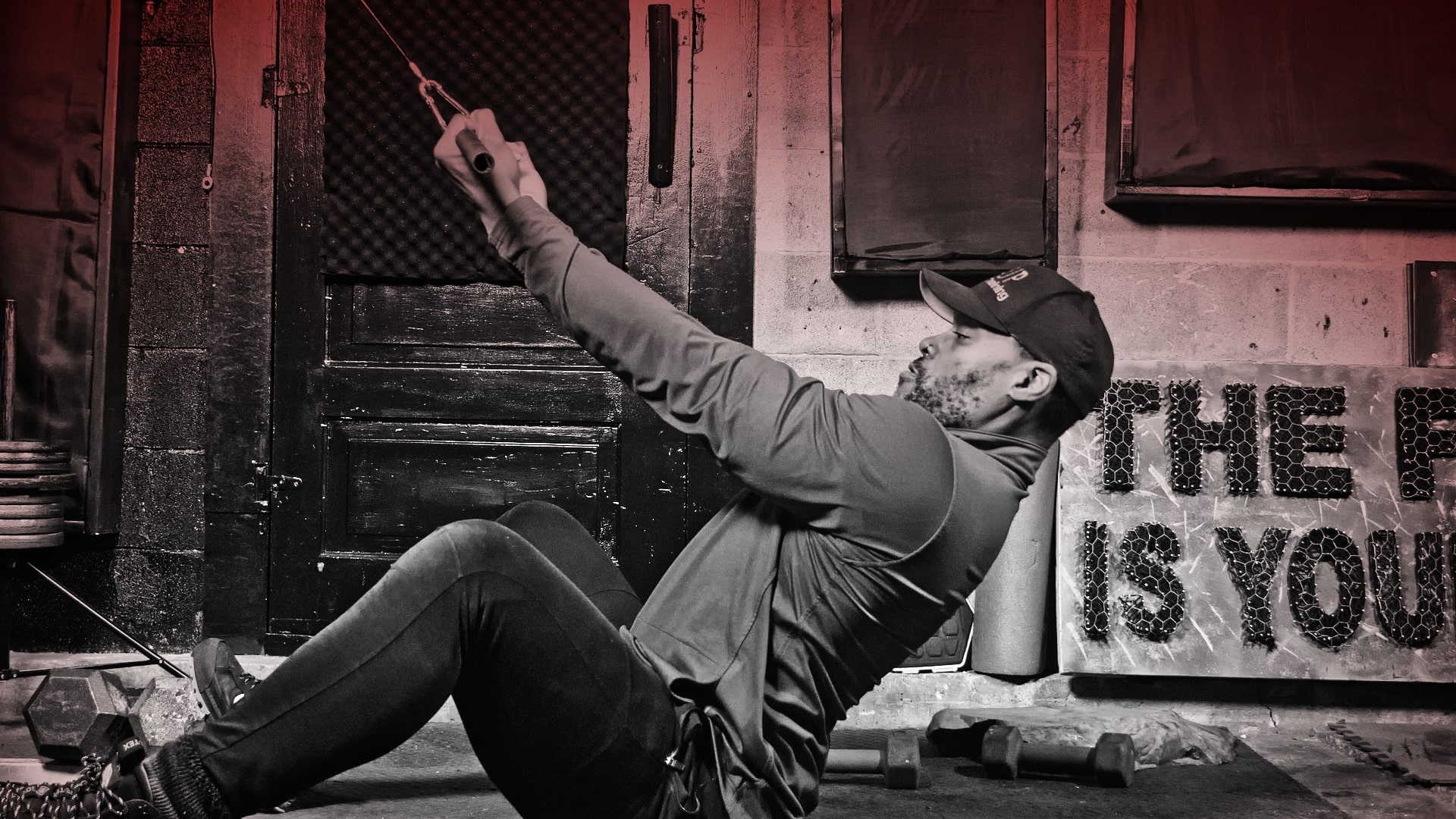 Reverse Pulldowns (Lats) - Start Position
Reverse Pulldowns (Lats) - Start PositionFor this exercise, we’re going to focus on the lower outer lat muscle with the Reverse Pulldown.
Items Needed: Overhead Pulley Cable and a straight bar attachment. This exercise can either be done on a seat or the floor.
Cue 1: Grab the bar with an underhand grip and give yourself some room by stepping back.
Cue 2: Sit on the floor with straight arms and tilt back until you are about at a 45-degree angle. Raise your chest and tighten your core.
Cue 3: Retract your shoulders as you bring the bar down towards your lower chest area. Try to bring the elbows back as far as possible.
Cue 4: Concentrate on squeezing your lats before slowly returning the bar to the start position.
Lat Exercises With Dumbbells
The
Best Muscle Building Program at Home Exercise 5:
The Face Forward Lateral Raise
(Side Deltoids)
For this lateral raise variation, you’re going to put your Medial Delts on notice with just a few tweaks to the setup and angle of the standard lateral raise.
Items Needed: Incline bench and a pair of dumbbells.
Cue 1: Set up your bench at a high incline and sit facing and leaning on the Back of the bench. Start by flaring out your Lats and moving the dumbbells away from the side of the bench.
Cue 2: Rather than raising your dumbbells out to the side, you’re going to raise them out at a 45-degree angle in front of you to shoulder height.
Cue 3: As you reach the top of the movement, slightly tilt your dumbbells as if you are pouring coffee. Smoothly and under control, bring the dumbbells back to the start position.
Cue 4: Flare your Lats out at the start of each repetition.
The
Best Muscle Building Program at Home Exercise 6:
The Dead-Stop
Rear Delt Dumbbell Fly
(Rear Deltoids)
If you want to make things extremely hard for yourself by evicting all momentum from your Rear Delt Fly, this is the version for you. By starting every repetition from a dead-stop position and committing yourself to nothing more than the rear-deltoids doing all of the work, it becomes a real test of deltoid strength.
Items Needed: Flat bench and a pair of dumbbells. If you have long arms, you may need to place a couple of bumper plates under each end of your flat bench.
Cue 1: Your start position is different from the original rear delt fly and almost starts a quarter of the way up. Make sure to start with the dumbbells on the floor and in line with your shoulders.
Cue 2: Keep your torso as still as possible and lift the dumbbells out to the side until your elbows finish as high as possible.
Cue 3: Pause briefly at the top before returning the dumbbells to the dead-stop position on the ground.
Struggling With Rear Deltoids? Check Out This Workout!!
The
Best Muscle Building Program at Home Exercise 7:
Incline 90/90 Curls
(Biceps)
Simply put, if you curl any higher than 90-degrees, you lose tension on the biceps. This movement allows you to feel the peak contraction twice within the same rep while also helping to strengthen the top area of the bicep where a lot of tears and injuries happen.
Items Needed: Incline Bench set at a 60-degree angle and one pair of dumbbells.
Cue 1: Sit with dumbbells in hand and retract your shoulder blades.
Cue 2: Curl both dumbbells until the dumbbells are at a 90-degree angle to your biceps.
Curl 3: Lift elbows while keeping the dumbbells at a 90-degree angle to your biceps. Squeeze each bicep at the top of the movement before reversing the action back to the start of the movement.
Incline Curls Like Never Before!
The
Best Muscle Building Program at Home Exercise 8:
Incline Kickouts (Triceps)
From the outset, the Incline Kickout looks like a cross between the Seated Dumbbell Tricep Extension and the Close Grip Bench Press, and while it isn’t the most popular exercise to place inside a home dumbbell Tricep workout, it’s certainly a movement that will quickly become a favorite for targeting all three Tricep heads, especially the medial Tricep head while delivering an incredible pump.
Items Needed: Incline bench and a pair of dumbbells.
Cue 1: Use an incline bench set up at about a 60-degree angle. Set Elbows so that they flare out to the side with dumbbells lightly resting on the upper Chest.
Cue 2: Slowly extend the dumbbells to the top of the movement and turn your thumbs up to place a little extra stress on the Triceps.
The Best Muscle Building Program at Home Exercise 9:
Bent Knee Single Leg Calf Raise
(Calves)
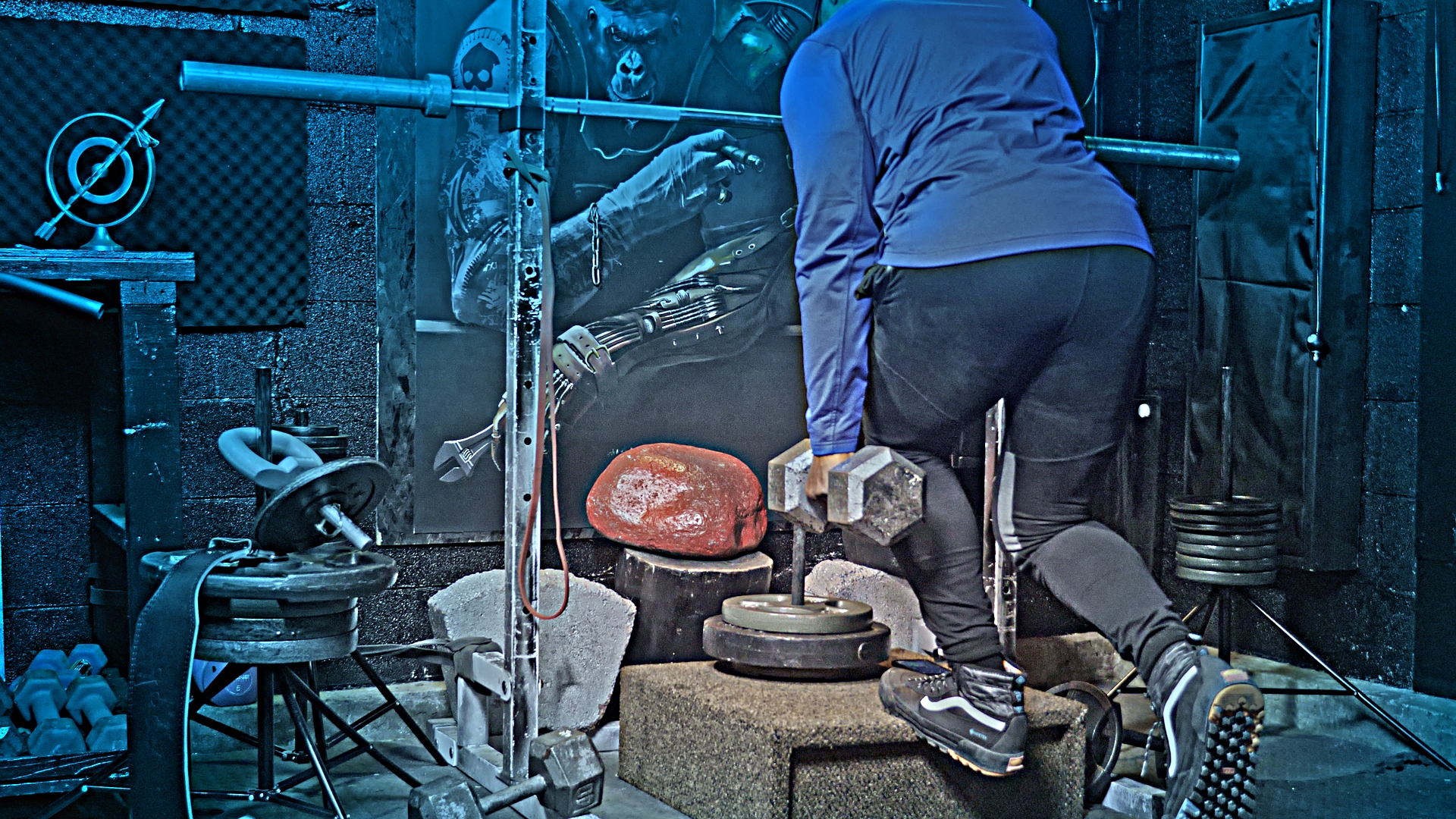 Bent Leg Single Leg Calf Raise (Calves) - End Position
Bent Leg Single Leg Calf Raise (Calves) - End PositionSetup: Place a platform in front of a rack and lay some weight on the far end so it does not tip over when we start the exercise.
Cue 1: Stand with the ball of one foot on the edge of the platform and bend at the knee. Hold the dumbbell on the same side and use your free hand to support you and help you stay in position.
Cue 2: With your knee bent, rise on your toes as far as you can go and hold for a second or two.
Cue 3: Slowly lower down so that your heel is below the level of the platform. Be sure to maintain a bent knee throughout the movement.
Check Out Some of Our Alternatives To Standing Dumbbell Calf Raises
The Best Muscle Building Program at Home Has a Deload Phase:
What is a Deload Phase & Why Should You Care?
A Deload phase usually lasting seven days is a cruise mode strategy used to reduce volume and intensity to give the muscles and body systems a momentary break. It's an opportunity to lessen the accumulation of fatigue built up throughout a training cycle.
As tendons and ligaments take longer than muscles to recover from workout accumulation, deloads offer them time to heal and catch up.
Why Are Deload Phases Advised?
Deload phases are based on research on how the body reacts and recovers from the stress of doing a series of workouts.
Muscles are broken down through stress applied during workouts resulting in a temporary decrease in fitness and strength. As the muscles recover on rest days and deload phases, adaptations are made, and muscles bounce back bigger and stronger. This is known as supercompensation.
When muscles are pushed past the point where a deload phase is recommended, fatigue, a decrease in strength, joint pain, and little motivation to train are specific symptoms.
Why Not Just Take A Week Off Training Instead?
Good question. Taking a week off training may seem the most logical solution to discharging fatigue buildup, but the risk of taking time off is that you may lose some of the adaptations made over the past training cycle.
Undergoing a deload phase that is easy compared to regular training will conserve adaptations in strength and muscle gains while removing fatigue.
Your best muscle-building program at home Deload phase should come on week 5 and should consist of the exact exercises from all 4 workouts. The only difference is that you will complete 1-2 sets per exercise using 8 repetitions per set aiming for 5+ reps in reserve.
The Best Muscle Building Program at Home FAQs:
Q: On my auto-regulation training I noticed a weight increase from week one through to week three. In week four, my poundage took a nosedive, is this normal?
A: Yes, this is completely normal. As you get closer to a Deload week, you will notice a slight decline in the weights you use as fatigue accumulation sets in, provided that you've been training hard enough during weeks one through four. If you can do it safely, push yourself to complete your workouts and then follow the Deload instructions for week five.
Q: What should I do if my poundage declines heavily on week three?
A: If you notice over a few weeks your strength has decreased, start looking at the areas that matter because there could be one of many reasons why strength can decline.
Let's start with the most obvious culprits…
1: Nutrition – Is your nutrition in check? Are you missing meals?
Are your calories and protein set at the correct levels?
Do you have enough sodium coming in?
How are your fats and carbs?
2: Sleep – So you’ve had arguments with your significant other long into the night leading to shorter sleep; something as simple as sleep being out of sync could affect your strength levels in the gym and your ability to recover.
3: Outside Stresses: Sometimes, life gets in the way of training; personal, work, and social issues come up and add extra weight to our day. If you're prone to stress and constantly find yourself in the thick end of life, take a step back so you can see the pressures that are within your control and the ones that could hinder your training. Stress management is quintessential to building muscle and keeping cortisol and other stress hormones in check.
4: Is your workout volume too high? It may be that you've surpassed the maximum amount of volume you can complete and still be able to recover from. While progression and, ultimately, volume increases are essential to long-term muscle growth, part of your journey is to find out where the limits lay.
In all of the scenarios mentioned, you have a certain amount of control. If you're serious about improvement, you have to make sure these areas are covered as best you can.
If all areas are optimized and your strength levels have not returned, I would drop a set or two for each muscle group for one week, and if you see no change, take an early deload week and restart the program.
Q: Should I increase my weight on the next set if I score two reps in reserve?
A: If I'm performing three sets and on the second set, I score my effort as 2 repetitions in reserve, I will keep the same weight for my final set and after completion of my last set ask myself the question, "am I above or below the reps in reserve target?"
Q: On week one I had trouble finding the right weight to use on my Myo Rep Workouts. The weights were far too light and I ended up doing 30 reps to get close to failure. What should I do in week 2 so as not to waste another week trying to find the right weights?
A: First things first, always log all sets and weights for every workout; this saves having to take a wild guess on week 2.
Next, if you find that you were off on week one and were heading to 30+ repetitions for each activation set, I would increase the weights by 5lb-10lbs for upper body exercises and 10lb-20lbs for lower body exercise movements.
While you'll still be able to achieve your goal with an activation set of 30 repetitions, the main reason why we want to shoot for 15-20 repetitions is mainly to do with fatigue accumulation. The main goal is to be able to complete four muscle-building weeks. The best way to achieve this is by carefully monitoring your performance set by set and to make rep-savings by not going super high on your myo-rep activation sets.
Q: What workout program should I do after completing the best muscle-building program at home?
A: Once you’ve completed the full 4-week workout plan for muscle gain at home, it’s time to become a Mission Jacked Athlete and take on the BIG-UP Home Training System!
How To Auto Regulate Your Volume On The Best Muscle Building Program at Home
Volume control and performance monitoring are critical components of this program. Like salting food, if there isn't enough volume, results can appear bland and underwhelming; but add too much volume, and you will most defiantly spoil the results.
Volume isn’t a one size fits all solution, it has to be tailored to suit you, and while I’ve provided volume markers for each muscle group, it should only be used as a starting point from where things can be personalized to suit you.
In this section, I'm going to give you some helpful tips and pointers on how to monitor and regulate your volume based on how you feel to get the best from this program.
The Best Muscle Building Program Foundation Week:
Weeks 1 is a foundation week, simply because it represent the first week of the cycle. This is the time to get used to any new exercise movements so you can establish a firm base to build upon throughout the training block.
What To Expect From Week One:
The most crucial factor to bear in mind is that if you're coming from a different workout split such as a push/pull split where you trained muscle groups once or twice per week, things will feel very different at the start of this training block as you begin to train muscle groups multiple times per week. It may take a week or more for your body to readjust to the new stimulus.
If on workout 3 of 4, you experience…
· Achy and sore muscles that are tender to touch
· Muscle and joint stiffness
· Decreased range of motion in nearby joints
· Increased aching and soreness when the affected muscle is stretched
· Temporary muscle weakness
You may want to drop a set on the next workout or even skip training that muscle group altogether. This will be very much about how you feel and how you access your ability to train. Please bear in mind that muscle groups heal and recover at different rates and also differently from person to person.
You may find that your Biceps, Rear Delts and Side Delts heal very quickly and can handle higher frequency and volume compared to your Back and Hamstrings. It’s going to be up to you to judge how much volume and when a muscle group is recovered enough to train again.
In any case, you may also want to do one of the following…
· Wear compression garments, like compression tights, socks, and/or arm sleeves
· Get a (gentle) massage (avoid deep tissue work, though)
· Use a foam roller to gently roll out and stretch your sore muscles (but avoid excessive stretching
To minimize your chance of severe soreness, consider some of these tips:
· Always schedule 10-15 minutes at the beginning and end of your workout for a proper warm-up and cool-down period. This helps your muscles prepare for exercise and safely recover from physical stress.
· Drink lots of water every day. Aim for one-third of your body weight in fluid ounces and probably more on training days.
Weeks 2 – 4
As you progress, you may find certain muscle groups do not need as much volume as other groups or take longer to recover. Be sure to access each muscle group at the start of each workout session and at the beginning of a new workout week before deciding whether to increase or decrease the volume.
Volume Increase & Decrease Guidelines:
1: Use minimum volume per muscle group on week one.
2: Volume can be increased from week two onwards.
3: When increasing volume for any muscle group, first, choose the workout and exercise. Once you have chosen the exercise, only increase the volume for that exercise by one set. If you need to increase the volume for the same muscle group on the following week, choose another exercise and increase the volume by one set.
4: It’s advised that you increase a muscle group by no more than two sets per week using two different exercises on two different workout days (one set increase per exercise).
5: Try not to increase too many muscle groups in one workout, but instead spread any increases over the workout week. Too high of a volume increase all at the same time can hurt your ability to recover.
Here are some scenarios to help you decide how to regulate your volume:
Scenario 1: On completing a training week, you outpaced your previous performance and hit much higher numbers without significant disruption to your muscle groups.
· After careful consideration, you judged your reps in reserve score as good, and your muscle group feels pretty messed up but not cooked to the point you don't feel ready to train; this could be an indication that you may need to increase the volume by one or two sets spread over the week.
Scenario 2: You hit your numbers or hit similar scores with a challenge. Naturally, you feel a little worn, but your pumps remain consistent from workout to workout.
· You are bang on the money and may not need to actively increase the volume.
Scenario 3: You're not performing anywhere close to the previous weeks, and your numbers are starting to tank. On one workout, you got a really intense pump after three sets, but on the last workout, you only managed two sets before the pump was off the charts.
· You almost certainly need to reduce your volume on your next workout. First, check to see if anything outside of your training is having an effect; maybe you’ve moved house or had an extra stressful few days at work.
If this is the case, before reducing volume, see what happens over the following few workouts. It could simply be a one-off situation.If this occurs on week four, and if you can do so safely, push through the workout week and take a Deload on week 5.
· If the above scenario happens on week 2 or 3, try dropping volume for the muscle group involved for one or two workouts or skip training that muscle group for one or two sessions. If things don’t improve, plan to undertake an early Deload phase as described before restarting the program.
Best Muscle Building Program at Home Post Workout & Lean Bulk Blueprint
A: You can download your Best Muscle Building Program at Home Post Workout & Lean Bulk Blueprint here. My advice is to read the blueprint and get everything in place before you start the Best Muscle Building Program at Home.
If you enjoyed the Best Muscle Building Program at Home article and found it useful, please let somebody in on this information and either share this page using the social media share buttons at the top of this page or go all out and link to this article by sending us a dofollow backlink.
Workouts Under The Spotlight:
Have You Tried This Muscle Building Rear Delts Workout?
Your Next Home Dumbbell Workout Is Waiting!
Get Your Full Body Workout With Dumbbells
I Challenge You To Find A Better Chest and Tricep Dumbbell Workout
Look No Further For Your Next Back and Bicep Dumbbell Workout
Beast-Like Dumbbell Shoulder Workout
Killer Lower Body Dumbbell Workout
This Is Your Next Dumbbell Leg Workout
There's No Excuse For Not Training Calves at Home With These Calf Raise With Dumbbell Variations
This Pump-Inducing Tricep Workout With Dumbbells Is Waiting For You!
Mission Jacked L.L.C
Address: 9407 NE Vancouver Mall Dr
STE 104 #1269
Vancouver, WA 98662 USA
Email: mission@missionjacked.com
